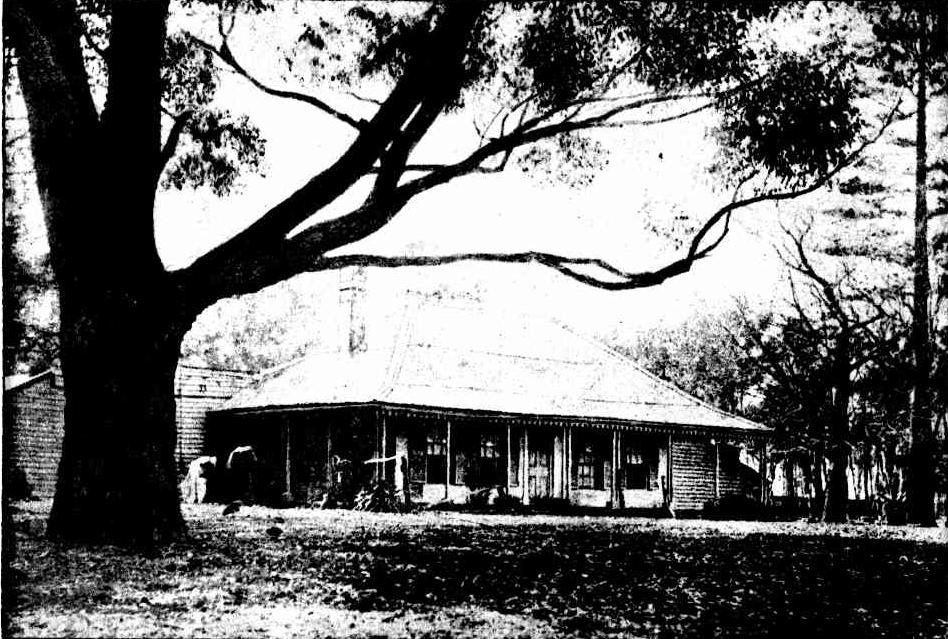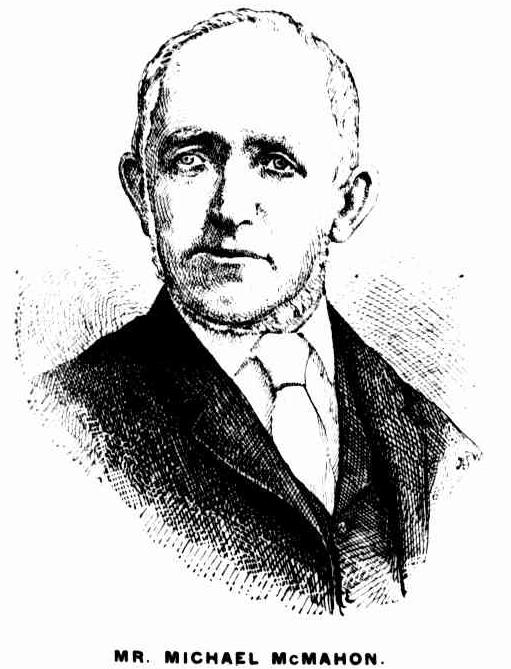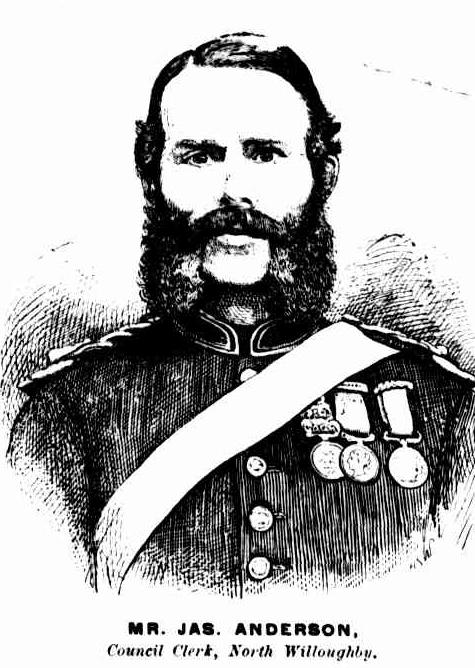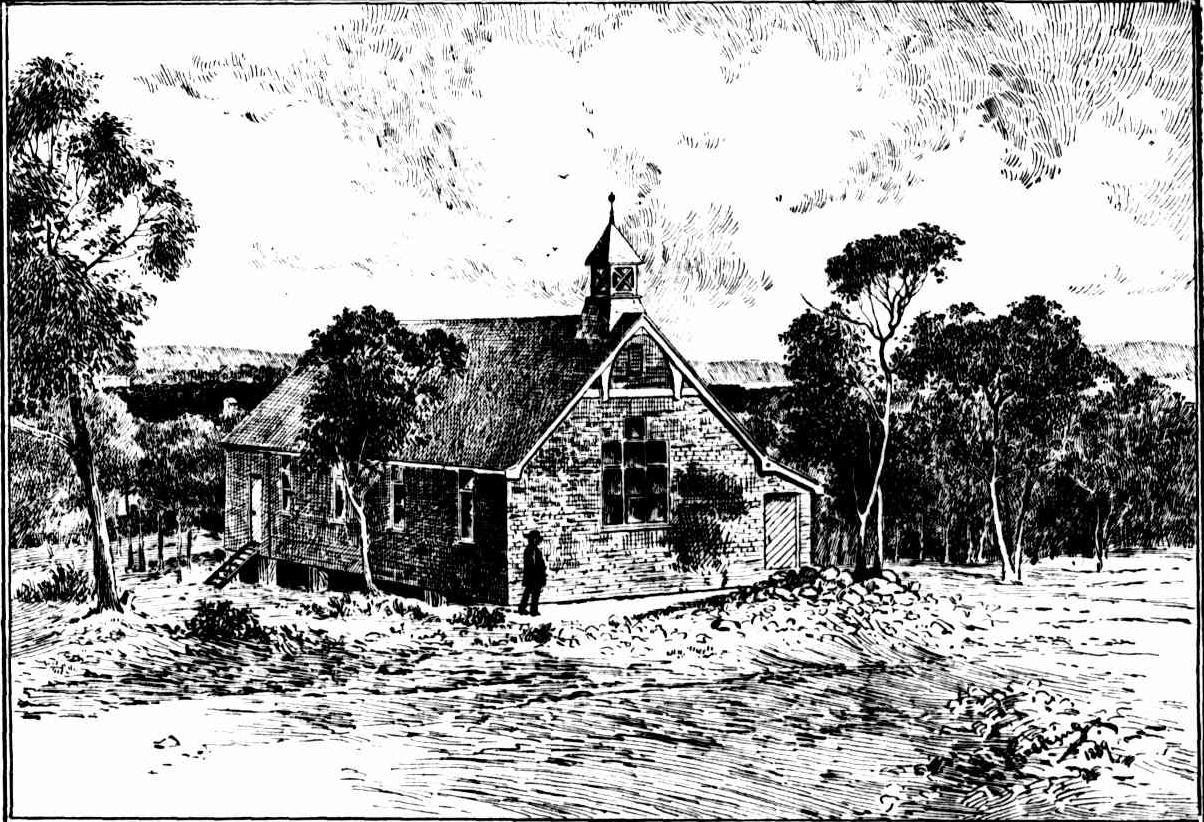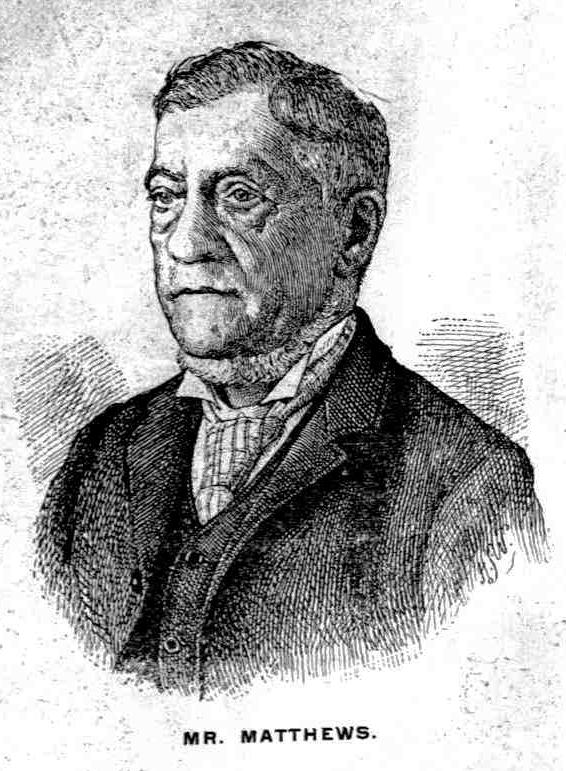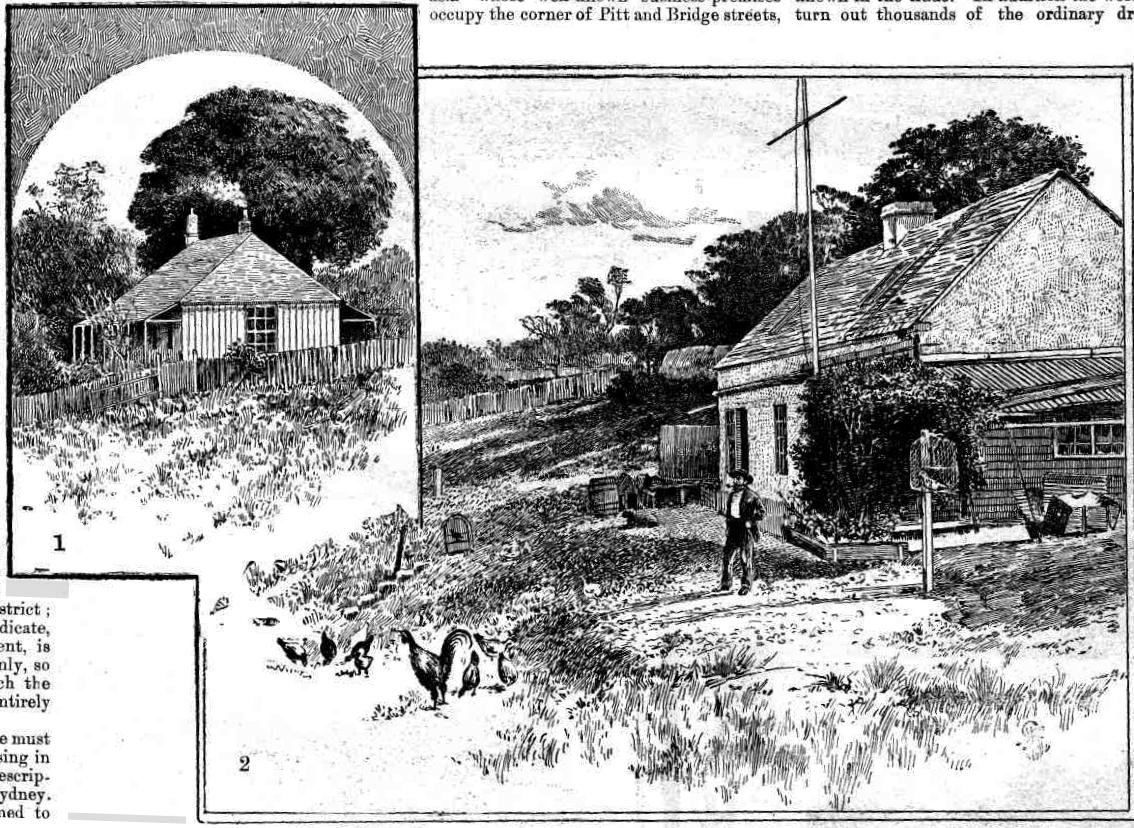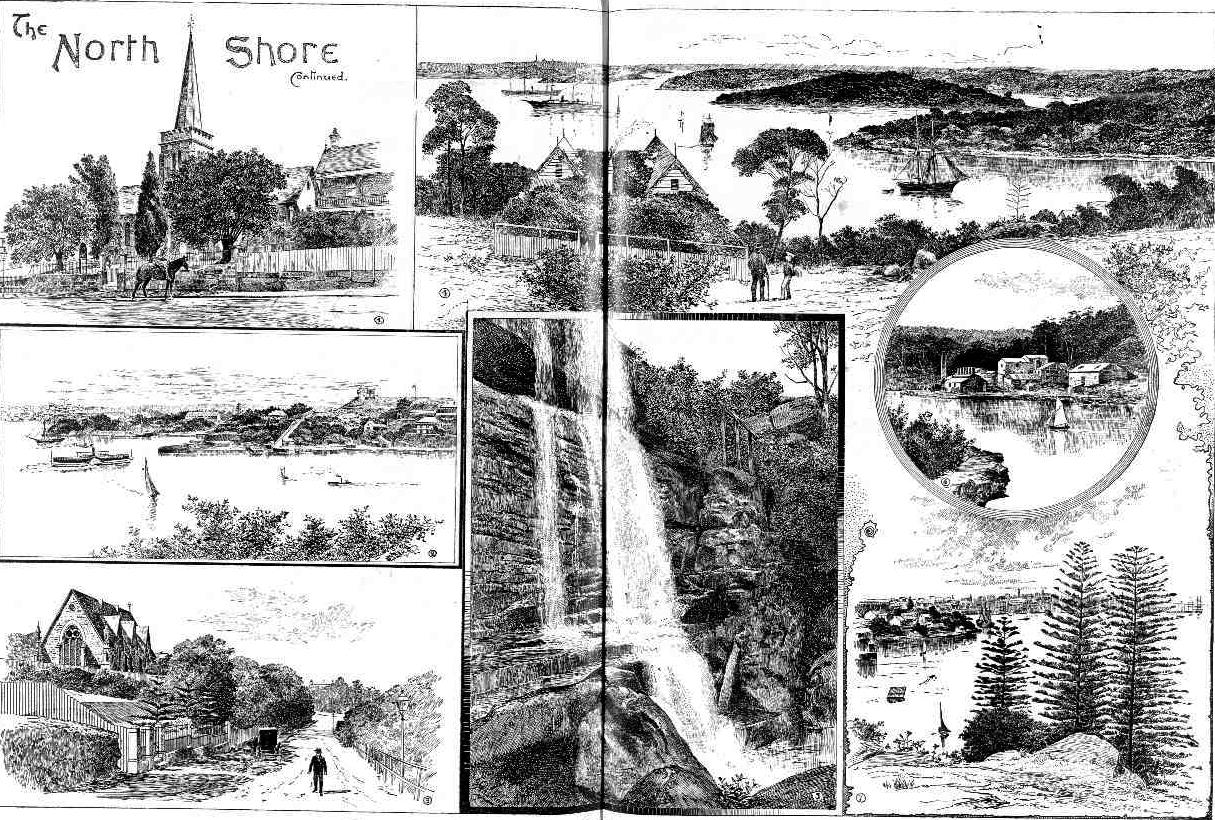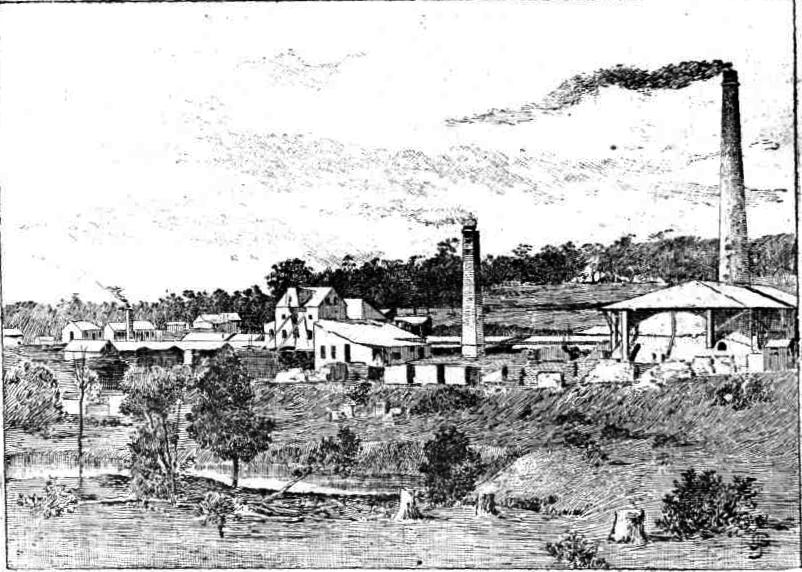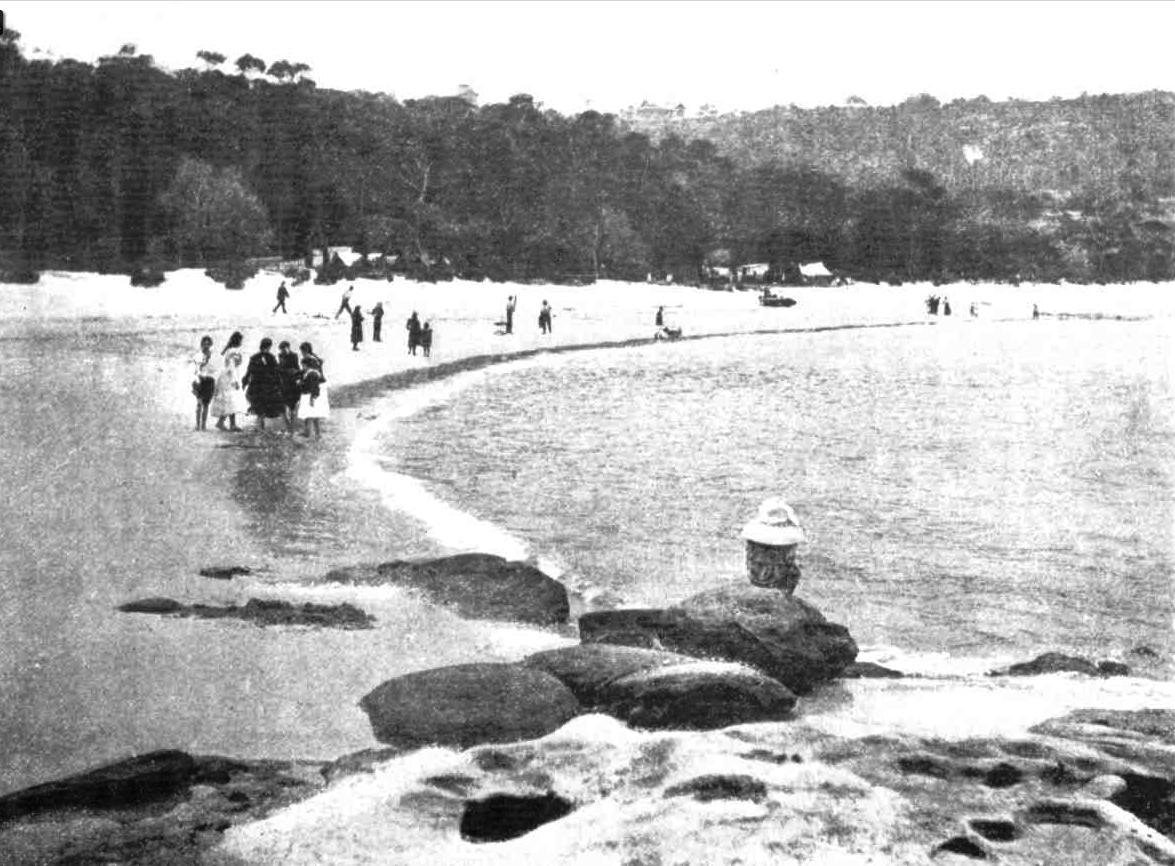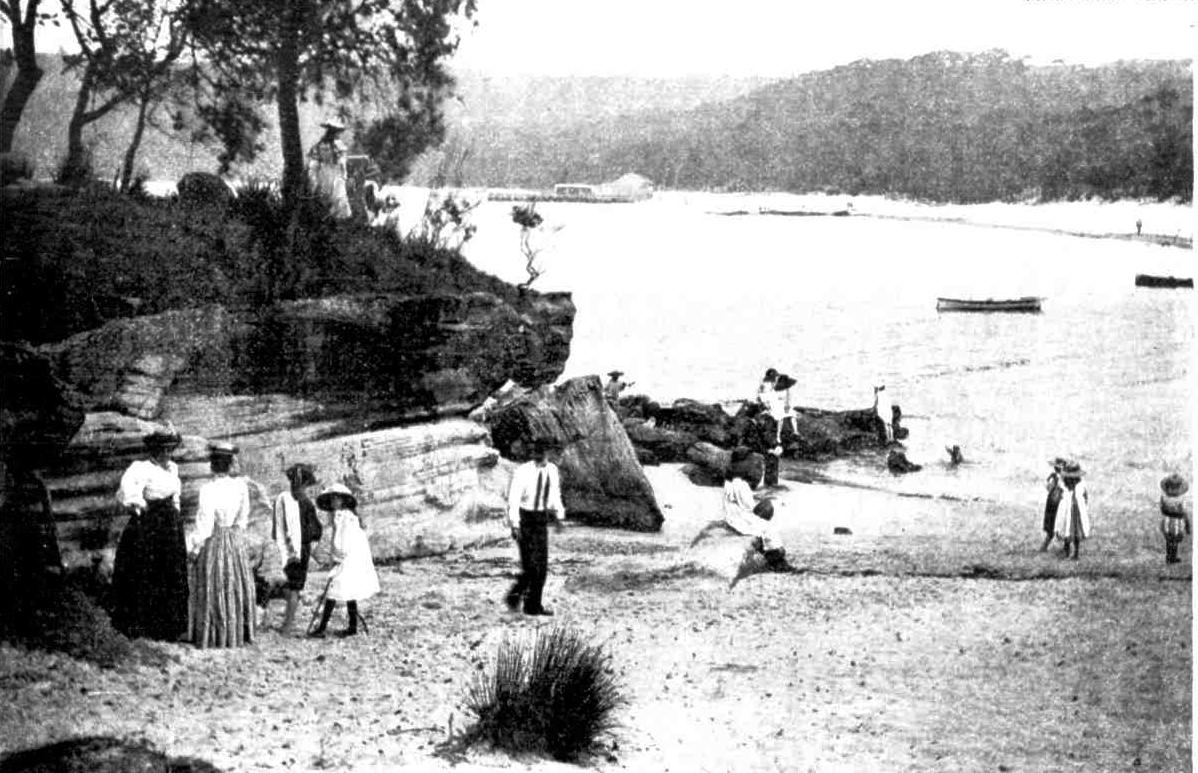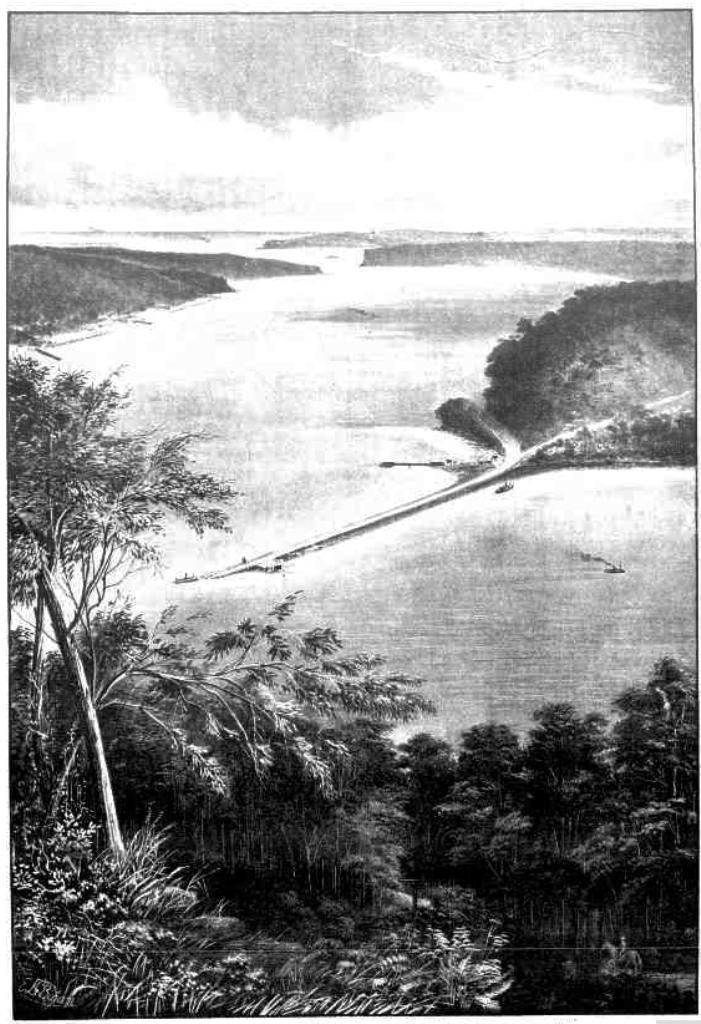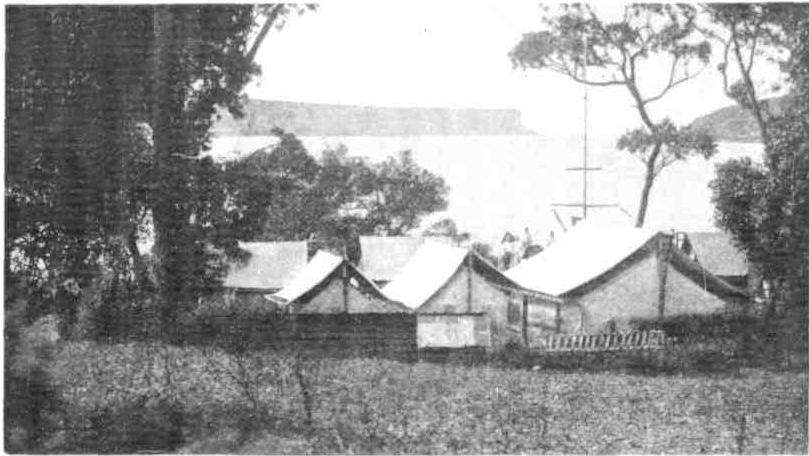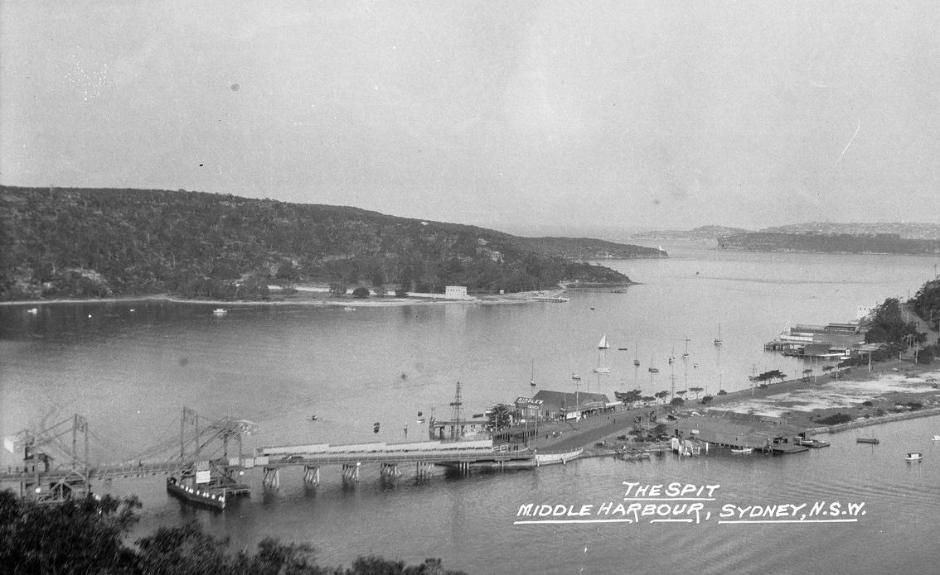The Spit was originally known as the Sand-Spit. In 1846 John Burton acquired 30 acres opposite The Spit at present day Seaforth.
From 1829, a ferry operated by a former Irish convict, Barney Kearns, carried passengers across the waters of Middle Harbour from Chinaman’s Beach to Clontarf. A set of 216 gruelling stairs that climb up from Kiora Ave near Rosherville Reserve to Parrawi Road are named for that ferryman.
Further down the harbour Barney Kearns ran a service from Balmoral to Bilgoofey or Balgowlah in North Harbour for the benefit of the few hardy pioneers who were trying to scratch a future out of the scrub around the head of the Pittwater. By 1830 he operated on a regular timetable. Forty Million Passengers A Year Were Carried Across The Harbour. This Is The Story Of Sydney's Ferries (1949, January 30). The Sunday Herald (Sydney, NSW : 1949 - 1953), p. 1 (Magazine Section). Retrieved from http://nla.gov.au/nla.news-article18463713
In Shelagh Champion OAM's 'The Murder of David Foley' we read about Mr. Foley's journey to take butter to an agent at North Harbour to take to town. We also read about Thomas Collins, one of three people charged with David Foley's murder, who was a son-in-law to Peter Ellery, and visited the home of Ellery at The Spit the day Mr. Foley was killed.
Peter Ellery and his wife Susannah Husband Ellery (nee Poyner), with their children arrived on the ship Orient on April 4th 1839, along with her brother Francis Poyner. Three more children were born in the colony, a daughter and two sons. One of the daughters who arrived with them, Lavinia Maria Ellery, when just 18, married Thomas Collins on 11 March 1844 at St Philip’s Church, Sydney. They went to live on John Clarke’s farm at North Narrabeen. Clarke died on 1 May 1847, leaving all his real and personal estate sworn at under £200, to Thomas Collins, who was living with him at the time of his death. Thomas Collins thus became the main southern neighbour of David Foley. [2.]
Peter Ellery settled opposite The Spit in 1843/44 and in 1855 purchased the land he was farming.
LIST of unclaimed Letters for the Month of September, 1844.
Ellery Peter, North Harbour
GENERAL POST OFFICE, SYDNEY. (
1844, October 8).
New South Wales Government Gazette (Sydney, NSW : 1832 - 1900), p. 1232. Retrieved from
http://nla.gov.au/nla.news-article230677734 - and subsequent listings each year.
Peter Ellery was often requested by travellers to take them across Middle Harbour and commenced ferrying people by rowboat in or before 1849. In 1850 Peter began a punt-style ferry service, from the flat area adjacent to the present day bridge, across Middle Harbour to the Sand Spit on the Mosman side. Initially he charged 1/6d (15 cents) for a horse and cart and 6d for passengers who were walking, the rowboat had become a hand-drawn cable punt by the early 1850's - this is possibly the boat he was using during this time and this may be his eldest son Richard who was drowned or another employed by him as Richard appears to have become a seaman - as had Francis Poyner:
DEATH BY DROWNING.—On Thursday forenoon, as Mr. M'Nab was walking at Rose Bay, he saw a boat with two men in it, drifting towards the shore. One of the men leaped out of the boat, and in about half an hour afterwards his body was washed ashore. Mr. M'Nab took the body out of the water, and went to the Police Office, in Sydney, where he reported the circumstance.
Sargeant Shearman went to Rose Bay, and brought the body to the Infirmary. The other man who was in the boat at the time is named David Power and appears to be insane. He denied having been in the boat. He was detained in custody to give evidence at the Coroner's inquest. An inquest was held on the body, yesterday, at the Three Tuns Tavern. No person appeared to claim or identify the deceased. It appeared from the evidence, that he was about twenty years of age, and was dressed in a blue woollen shirt, a pair of moleskin trowsers and a cabbage-tree hat. The other person who was in the boat with him was an idiot, commonly called " Davy,'' and can give no information who deceased was. The witness M'Nab stated that the name " Peter Ellery," was painted on the stern inside, and also the boat's name, which he believes to be "Harriett," but cannot perfectly recollect. The words " Middle Harbour," were painted on the stern outside.
The deceased jumped out of the boat apparently with the intention of swimming ashore, but is supposed to have been seized with the cramp. M'Nab got the aid of four men and they exerted themselves to save the deceased but without success. The jury returned a verdict of Accidental Drowning. We have since ascertained that the deceased, the subject of the above inquest went from the Boatmen's Stairs, in Lower George-street, with a load of manure to Middle Harbour. Going down the harbour his masts were carried away, and the boat was blown into Rose Bay. He anchored the boat off the Hermitage, and jumped over board for the purpose of swimming ashore ; he suddenly threw up his arms and exclaimed " God help me." He then sunk and was drowned. Family Notices (
1852, August 14).
Empire (Sydney, NSW : 1850 - 1875), p. 3. Retrieved from
http://nla.gov.au/nla.news-article60135976
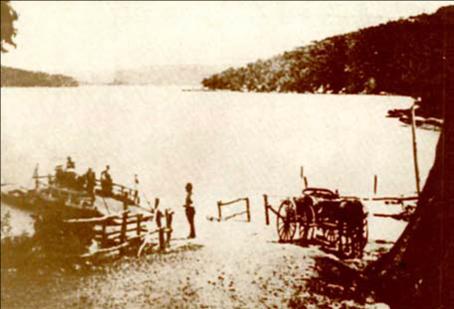
Peter Ellery's punt circa 1853-1859
There is more on the Ellery family under 'Extras' below.
In the early days in order to reach Pittwater, or Manly, while staying on land, travellers would have taken a track which followed the present day Mona Vale Road from the suburb of Gordon. It was also possible to travel to Manly via the Spit. This road was a rough track which ran off the Rosherville Beach track from present day Military Road.
In 1862 a road from St Leonards to Balgowlah via The Spit was opened. This road was very steep and ran along the west side of the headland. A description during the period of when this road was being laid is available in:
A TRIP OVERLAND TO BROKEN BAY, THE MOUTH OF THE HAWKESBURY.
THE distance from Sydney to the above unfrequented spot is about thirty miles-easy of access, although, perhaps, less visited than any part of the environs of the metropolis, simply because people are not aware of such "an excursion being possible ; and also because of the necessity of a guide, or minute description of the route, to supply Which I have undertaken to describe my last journey on Easter Monday, two days being sufficient to accomplish it on horseback, the only conveyance it admits of.
We started from the North Shore Ferry in Windmill-street at noon, and ascending the road leading from the ferry to the top of the hill, turned to the right, opposite the chapel, and took the excellent road to Middle Harbour, about three miles of which are in good condition. Turning then to the left we enter the scrub, when a bridle-path is seen with a belt of trees, a hundred yards from the main road, this being the only guide to turn off to Middle Harbour. A mile through this path leads to a somewhat rugged descent to the sandy spit, projecting half way across, where Mr. Ellery, on being hailed, brings the punt across to fetch both cattle and men. The charge for this service is half-a-crown each way, and if the horses are swum across sixpence less.
The punt being under repair, we had to swim the horses-a very safe proceeding, which they appeared to enjoy amazingly; although at first I was not over-confident in the propriety of trusting my favourite steed to so very unceremonious an immersion. The distance is about a quarter of a mile, and free from sharks. The scenery of this inland bay is very fine; and I may as well mention en passant, that a small boat can be had to row two miles further up the harbour to its extremity into which the Willoughby Falls descend from the North Shore, which everybody ought to make a point of seeing.
On landing from the punt we looked in at Ellery's, where everything reminds you of a neat English farm ; and the gaude wife having regaled us with plenty of new milk, we ascended the zigzag path, cut in the solid rock at least 200 feet high, and reached the path leading to Manly Beach on the right, distant only three miles; and to Pitt Water and Broken Bay on the left, distant about twenty-four miles from the punt. To a stranger, a little difficulty exists in taking the right path for each place ; but Mr. Ellery never fails to explain the proper direction, and often accompanies a stranger to the top of the hill to see them right.
Ellery's Cottage Middle Harbour ca. 1845-1858 - possibly drawn by Conrad's daughter Rebecca - dated June 21, 1858 . Image No.: c12759_0007_c, courtesy State Library of NSW
The first landmark is a log-bridge over a wide creek, which leads through two or three small farms adjoining each other ; then a very good bridle road continues through thickly-timbered forest, when suddenly the sea is heard to break, and then immediately appears in an opening on the right, between two heads forming a large lagoon, running inland, called the Deewi lagoon, which is crossed in its narrow part by a wooden log-bridge. A sandy bar keeps out the water from the lagoon, except when the sea breaks in and then fills it, from which it again gradually drains out. A wild duck suddenly arose, disturbed by our noise, which gave an indication of work for the gun in this locality.
The road from here to Pitt Water follows immediately the line of the coast northward, which makes it easy without a guide as you cannot go wrong, and a small farm every two or three miles also enables milk to be had, and perhaps a crust ; but no other accommodation in the commissariat is to be expected ; unless, as in our case, you have friends on the road.
Passing Jenkins' farm there is a level piece of beautiful turf nearly two miles long, and a quarter of a mile broad, quite fitted for a racecourse ; forming the finest gallop anywhere near Sydney, and almost of it-self worth the trouble of riding out to. After this, bush occurs again, and then the Narrobin lagoon is reached, half a mile wide-sometimes nearly dry, sometimes up to the horses' knees or girths, and at times impassable. We found it very low, but filled with fish of various sizes, darting in all directions. This back water extends inland quite out of sight, but is a perfect level sand all over, and, if not fordable, can he crossed by the bar of sand which shuts it out from the sea.
The road continues alternating with fine galloping ground over the downs, on the sand-hills and through the bush ; every now and then magnificent headlands appearing suddenly as you emerge from the bush, generally enclosing between them a fine sandy bay, upon which the ocean rolls in with a most majestic appearance from the heights above.
Near Mr. Farrell's farm are cliffs at least 100 feet high, from which a man fell, whilst shooting birds, from the rock giving way; and, strange to say, he was not much hurt, as he walked out a few days afterwards. The beach underneath is covered with debris of trees and timber, driven down the Hawkesbury by the recent floods, and drifted about here into the bays. The road from Farrell's to the flagstaff has not the sea in view, being amongst bush and steep gullies, over picturesque murmuring creeks.
We crossed a tent, where men were boring for coals on the Rev. Mr. Therry's land they have reached 150 feet without success ; but it appears that the cognoscenti have pronounced the seam to be deep but certain. That it is hard stuff in some strata, is seen by four inches only having been gained in the last two weeks. If coal is found, a tramway to Manly will save a sea voyage to Newcastle, and open a great traffic.
Suddenly, after emerging from a tortuous mountain track, we come in full view of the magnificent estuary of Broken Bay or Pitt Water, running nine miles inland, with water enough for the largest man of war: here the Juno formerly went for gunnery practice, and ascended five miles up.
'Pittwater. Broken Bay' - Watercolour by M.C. Denison, from Album, 'Views mainly of Sydney, Wollongong, New England, Cook's River, Hawkesbury River, Norfolk Island, Hobart and Franklin Valley, and Moreton Bay, ca. 1846-54.'Image No.: c11829_0029_h, courtesy State Library of NSW
The middle water is the mouth of the Hawkesbury, several miles in extent, and beyond it is the bar of Brisbane Water, known by the surf beating over it, and difficult of access for any but coasters and steamers, the deep channel being narrow with less than two fathoms of water This runs inland sixteen miles ; East Gosford, a rising township, being at the head of the head of the navigation.
Thus the Hawkesbury has Brisbane Water on the north, and Pitt Water on the south of its embouchure all three compused between the North and South heads, and about ten miles across. The appearance is not unlike Sydney Harbour near Middle and North Harbours, with the exception of more width, and heavier timber all around.
The first thing that met our eyes on the shores of Pitt Water, was a small colony of Chinamen, who live in tents, and are engaged in curing fish caught there for the Melbourne and Sydney markets; a dozen small boats are engaged in the trade, which I hear has been a good hit, although, just now, there are no fish, which is attributed to the great floods having driven them all out to sea. Another mile along a level piece of turf by the water side, brings us to the coast-guard station, where Mr Ross has for several years been in charge. He very politely led us to the top of the lock, where the flagstaff is placed commanding a splendid view of all the surrounding scenery for many milts in all directions. This is Barenjo on the South Head, and is about 100 feet high. Several soldiers, made out of trees, as large as life, and painted, are placed about, and might actually serve as landmarks to vessels entering these complicated waters they would be more useful several miles up the mer, where Steamers have often taken the wrong channel, owing to the numerous wide branches on either side, rendering the proper channel difficult to recognise.
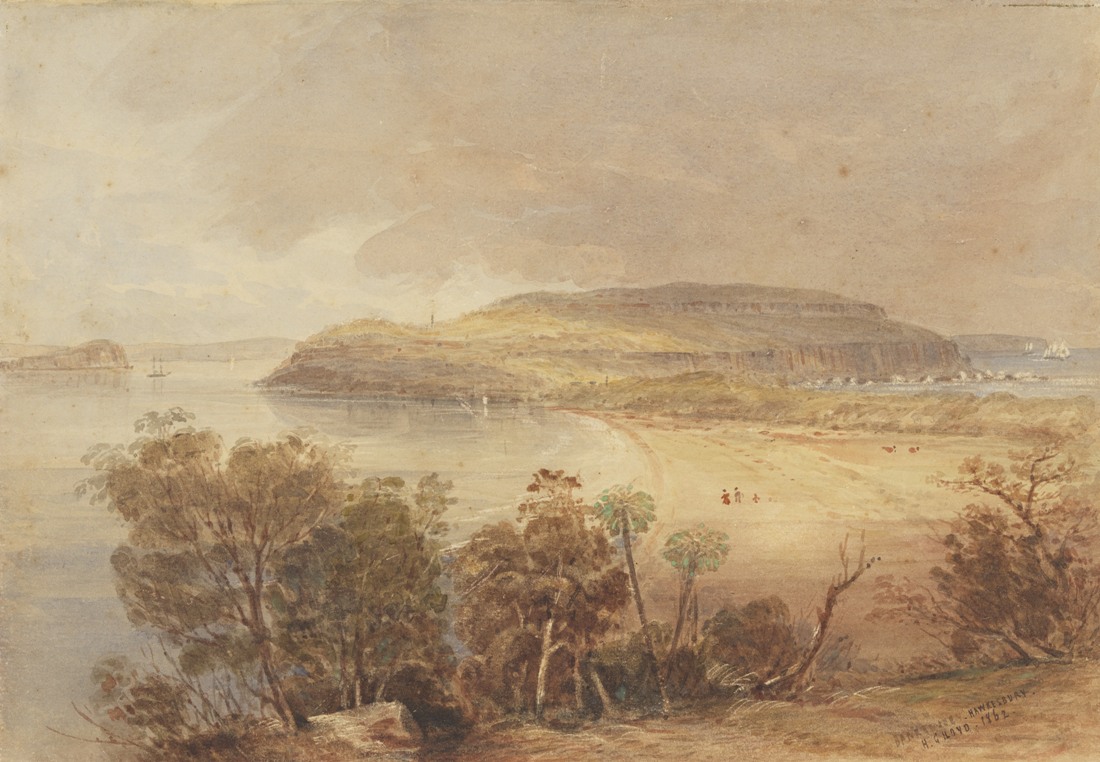
[View of] Barrenjoey, Hawkesbury, 1862 / Henry Grant Lloyd, Image no.: c073210001 - courtesy Dixson Library, State Library of New South Wales.
This ends the trip to Broken Bay, which, for diversity of scenery of entirely an opposite nature, constantly' recurring, forming a succession of panoramas of forest, lagoon, green turf, sand hills, mountains, gullies, creeks, precipices, and (few and far between) settler farms, I will venture to affirm, cannot be equalled in so short a distance of thirty miles in any part of Australia, and will well repay the trouble of the journey and somewhat plain fare attendant upon it, as, after Manly, there is no accommodation for travellers, and supplies should be carried with them from there from Manly, the distance to Barenjo is twenty-one miles, and can be performed, starting early in the morning, there and back the same day, half the road being a splendid turf, which part of the ground can be got over quickly, and the remainder offering no difficulties to the rider
This trip can only be performed on horseback, but you can avoid taking a horse across Middle Harbour by hiring one at Manly Beach, and going from there to Broken Bay, the road, after crossing the Manly Lagoon, being the same as I have attempted to describe.
JUNIUS.
On Wednesday -morning.-says The Herald, a large number of persons assembled at Edward's Beach, Middle Harbour, to witness a prize fight for £50 a-side, between William Sparkes and John M'lntyre; but notwithstanding the secrecy with which the affair had been planned, the police, landing at Mossman's Bay, travelled overland and arrived in time to stop the proceedings, after which they demolished the ring, and brought the ropes and stakes away. SYDNEY NEWS. (
1861, May 4).
The Maitland Mercury and Hunter River General Advertiser (NSW : 1843 - 1893), p. 3. Retrieved from
http://nla.gov.au/nla.news-article18681674
In 1871 the Government replaced this service with a public ferry:
JAMES RIDDLE, the first cab proprietor of St. Leonards, North Shore, begs to inform the public that his 'buses run daily from Milson's Point. Fares : To. the Royal Hotel, 3d ; Balmoral, Middle Harbour, Willoughby Falls, 6d each way. For picnic parties, Sand- spits, and North Sydney, 1s ; Lane Cove Orange Grove, 1s 6d. All orders punctually attended to.
SALE OF FERRY.-The tolls to be collected at the ferry Sandspit, at the mouth of Middle Harbour, on the road from St Leonards to Balgowlah, will be submitted to auction at the water police office, Sydney, on the 1st March. GOVERNMENT GAZETTE. (
1871, February 4).
Empire (Sydney, NSW : 1850 - 1875), p. 3. Retrieved from
http://nla.gov.au/nla.news-article63115574
The Spit hand-operated punt, 1860's. Image no: DSC2001, courtesy Mosman Council Digital Library of images Trace.
The Spit hand-operated punt, 1860's. Image no: DSC1996, courtesy Mosman Council Digital Library of images Trace.
Sale of Ferry.— The tolls to be collected at the ferry Sandspit, at the mouth of Middle Harbour, on the road from St Leonards to Balgowlah, will be submitted to auction at the water police office, Sydney, on the 1st March. GOVERNMENT GAZETTE. (
1871, February 6).
Evening News (Sydney, NSW : 1869 - 1931), p. 4. Retrieved from
http://nla.gov.au/nla.news-article129971612
WANTED, thoroughly efficient CHAINMAN ; also, COOK. Survey Camp, Sandspit, Middle Harbour. Advertising (
1877, May 23).
The Sydney Morning Herald (NSW : 1842 - 1954), p. 12. Retrieved from
http://nla.gov.au/nla.news-article13386862
DEPUTATIONS.
Bridge Across Middle Harbour.
A deputation, consisting of Messrs. T. Rowe, Mayor of Manly, J. Woods, I. E. Ives, R. Harnett, J. R. Street, and Aldermen Hilder and Peters, were introduced by Mr. Alexander Stuart, M.L.A., to the Minister for Works on Monday morning, to urge that gentle-man to substitute a bridge for the punt across Middle Harbour at the Spit.
It was explained that, Manly having become incorporated, its people were becoming awake to their interests. They were increasing in numbers, and found themselves not unfrequently cut off from communication with the metropolis on account of rough weather in the harbour — at least so rough that ladies were often afraid to face it. This was one reason why the bridge should be erected. They were aware that there was a punt at the Spit, but it was slow and antiquated, and sometimes, especially at night, it was not obtainable. If the bridge was built it would allow of troops being in times of danger conveyed to North Head, thought by many the Gibraltar of the city, as well as to Broken Bay. It was considered by many that if casemated guns were put on the ocean side of North Head they would be of great service, and could not, like the other guns, be turned, if captured by an enemy, upon the city. Apart from this, however, the Government had a large quantity of land along the routes leading to the proposed bridge, and this, if the bridge were built, would have its value materially enhanced, as people would then buy and settle upon it.
The cost of a wooden structure of the requisite dimensions would, according to a professional gentleman, named Russell, in the Government service, be about £8000.
Manly, it was claimed, deserved much consideration on the part of the Government as the great sanatorium of the city and the colony to which thousands of people resorted every week. After some remarks from Mr. Ives, who said the people of North Shore were co-operating in the movement, and some from other members of the deputation, Mr. Sutherland said in reply that he had no know-ledge of the cost of such a bridge as that desired, and had no doubt of the benefits it would confer on the Manly and North Shore people. He must have a carefully prepared estimate of the cost of the bridge, and this he would submit to the consideration of his colleagues. There was no likelihood of the money for the structure being placed on the Estimates of the present year, because it was anticipated they would be voted in a week. He would also have an estimate prepared of unsold Government property contiguous to the bridge. If the people of Manly or North Shore were of opinion that they were not getting their rights, they were perfectly justified in demanding them ; and this fact would be duly con-sidered by the Government. After a general conversation, during which it was stated that the bridge would provide many beautiful rides and drives for the citizens, the deputation thanked Mr. Sutherland for his courtesy, and withdrew.
OVERLAND TO MANLY
The establishment of an overland route to Manly such as would place that beautiful suburb within easy reach of Sydney, is a project which has now acquired considerable strength, and has advanced to a stage from which its fulfilment at an early period ought to be ensured. Under the present conditions, the overland trip to Manly is something of a task, a journey full of delay and obstacles, which are only counterbalanced by the enjoyment of the supreme beauty of the surrounding scenery. On leaving the city the first delay takes place at the ferry, where according to circumstances, the vehicle may have to wait any time under a quarter of an hour. At the other side the horse has to face the long stiff ridge on which St Leonards is built, and which at length reachs a level on the Military-road, beyond the reserve. The usual wheel route to the Military road follows the main thoroughfare of St Leonards, now occupied by the cable tram line, and owing to the direction of the roads in conformity with the formation of the country, this route takes one right away from the desired direction, and on account of this detour and of the uphill work to le got over, the St. Leonards section is a very considerable part of the journey, and it involves a deal of dead of dead work. The is a shorter route cutting of a part of this deviation and meeting the Military-road near the, brick works but it is reckoned too steep for vehicles. Other short cuts could be made by working in round the head of Neutral Bay but the roads would require to be adapted to this plan It is by simply making use of the existing route, and enlarging its capabilities, that it is proposed to bring Manly within an hour and a-quarter of Circular Quay, or perhaps an hour clear. The drive along the Military Road is well known as one of the best about Sydney. It opens up views of the city and harbour not to be obtained elsewhere, and not surpassed by those that are.
There is one magnificent panoramic view of Sydney to be seen from the high ground just beyond the reserve, that that is of itself worth a trip to the spot. But the popular knowledge of this picturesque drive is limited to the road to the fortifications, from which many lovely scenes are visible. The Manly-road, branching to the left at Bueno Vista, leads the visitor into a new sphere of beauty, teeming with pictures of hill and sea and what is virtually the lake scenery of the winding arms of Middle Harbour. As you approach the Sandspit above Clontarf, to reach the ferry, there is splendid aspect of Sydney Heads to be observed from this spot alone, and still nearer to the ferry the view opens on a broad stretch of blue, in which the waters of Middle Harbour merge with the swell of the entrance and are lost in the smooth line of the horizon away out at sea. The approaches to the Sandspit Ferry form an important part of the new scheme. These approaches were positively dangerous, but they have been abandoned for new roads opened a few weeks ago, which will render this crossing perfect so far as that part of it it is concerned. The new road on the south side leaves the old line just at the top of the hill above the spit; and instead of the steep descent on the inner side of the hill, we have now a splendid drive round the Middle Harbour side, leading to the ferry at such a gentle gradient that one can trot his horse down it without using the brake. The road is broad and level with a strong fence on the edge; and as it winds along the face of the hill the scenery of the harbour entrance is exhibited in many new and beautiful aspects.
At the Sand spit ferry the traveller meets with the most serious check of the whole journey, owing to the want of a proper ferry boat. The punt now in use is worked by a pulley and cable, and usually takes about a quarter of an hour to cross the water, under the most favourable conditions 12 minutes. The punt is left at the landing place to which it is last brought, and the next arrival on the the side of departure has to wait for it to come back thus breaking half an hour in crossing. On the Manly side there is now an easy approach cut round the lull, the first few hundred yards rising from the water being twined round the head of a little inlet, with the most picturesque effect. From the upper part of the slope fresh views of Middle Harbour, both above and below the spit, are opened up, and there is a grand general view of Clontarf and the crossing-place. A great deal of work has been done on these roads, extending ever eight or nine months, and the result is very satisfactory.
The roads have still to be metalled but are even now in capital condition. The passage of the ridge on to Manly leads past Dobroyd where a piece of Government land is now being cleared for sale for building purposes and some fine sites will be rendered available In fact, this route to Manly opens up a large extent of unaliented land peculiarly well suited fur residences and there can scarcely be a healthier or more beautiful situation.
On reaching the last height above Manly, a fine ocean view breaks on the sight, and away on the left is the hilly country stretching towards Narrabeen. There has been another improvement in the approach to Manly, by which the steep descent of the Red Hills road is avoided. The new road turns down towards the harbour just beyond " The Chalet," a pretty residence on the top of the hill, and it skirts the slope on the harbour side though many; attractive scenes till it teaches the level in Manly itself. This is the route as it now stands, and as it is proposed to be further developed. When it becomes properly known it will be one of the most popular drives of Sydney But the idea is to shorten the trip so that the whole of the locality traversed be made available for the residence of those having business in the city. The horse ferry at Fort Macquarie, it is urged, should be improved to such an extent that the north and south shores would be connected by a ferry trip of merely a few minutes duration, by means of a steam bridge working with properly constructed docks and approaches. The proposal includes a suggestion that the Sydney end should be placed on Dawes Point. So far as the passenger traffic is concerned, a more rapid service and the existing tram line would provide tor this section of the trip.
Arrangements are now in progress for continuing the journey to Manly by means of coaches, one line connecting with the train terminus and running to the sandspit, whence passengers will be taken on by another line into Manly. It is also proposed that a bridge should be built over the spit crossing to connect with the two new roads. The roads have been laid out with the view to this future connection and it is understood that plans for the bridge are in existence. The bridge would have a clear height of 40 feet from the water, and this it is believed, would pass all craft likely to go up the harbour for a very Long time. A further important part of the project is the construction of tram from the present terminus to Manly. The gradients are said to be all sufficiently easy to permit of a line being laid successfully, while the construction of the tints would solve the difficulty as to the crossing. It is suggested thit in the meantime a better ferry boat should be provided at the Spit. The tram line could be laid on the south side first, and perhaps on the north side also pending the construction of the budge; but in any case, the ordinary road traffic would require better ferry accommodation. With these proposals earned out in their entirety, a most desirable residential district would be opened up with great advantage, both to those who chose to place their homes there, and to the citizens of Sydney in search of recreation. OVERLAND TO MANLY. (1887, May 18).The Sydney Morning Herald (NSW : 1842 - 1954), p. 4. Retrieved from http://nla.gov.au/nla.news-article13656391
PROPOSED BRIDGE AT THE SPIT, MIDDLE HARBOUR.
Mr. Copeland laid upon the table of the Legislative Assembly last evening the report of the Parliamentary Standing Committee on Public Works relative to the proposed bridge at the Spit, Middle Harbour. The committee resolved that it is not expedient the work should be carried out. The bridge as proposed would cross Middle Harbour at the Spit, near the site of the present ferry ; and according to the design it would be constructed to each of two central openings of 60ft. each, with two spans of 125ft. on either side. The central spans would be formed by continuous lattice girders, revolving upon a central swing pier ; the 125ft. spans would be independent lattice girders. The roadway of the bridge would be 32ft. wide ; the height of the superstructure, which would rest upon wrought and cast iron cylinders, 30ft. in the clear above high-water ; and the approaches, which would be 1500ft. in length, would consist of timber spans, and an earth- work embankment. The total estimated cost of the work is £62,000.
As far back as 1881 representations were made to the Government in favour of the construction of a bridge across Middle Harbour, and since then the question has been before several Ministers for Works successively, the result, so far, being that the sum of £62,000 for the work was placed on the Loan Estimates for 1888, and passed. The committee, after a careful investigation, have arrived at the conclusion that the bridge should not be erected and that the requirements at the Spit in the form of improved arrangements for crossing that part of Middle Harbour can for the present, and for many years to come, be met by means of a steam punt. They have come to this decision for several important reasons :—
1. The expensive nature of the bridge compared with the alleged beneficial results which its construction would bring about.
2. The present overland traffic to Manly and its neighbourhood, or that which is probable for some years to come, is not likely to be increased to such an extent as to warrant the erection of the proposed bridge, seeing that, even with this bridge, unbroken land communication could not be had between Manly and Sydney unless by travelling round by way of the bridges across Lane Cove, the Parramatta River, and Iron Cove, a distance so great as to make the journey practically impossible.
3. Inasmuch as persons passing between Sydney and Manly by way of the Spit must make use of the steam ferry boats running between Sydney and North Shore, concerning which no witness examined by the committee made any complaint, there should be no inconvenience experienced in the use of similar means of transit at the Spit, provided sufficient measures be taken for ensuring safety and expedition.
4. It is the intention of the Department of Public Works to at once place a steam-punt of the best description at the Spit, in lieu of the ordinary punt at present there, and the plan of this steam-punt shows that it will be sufficiently commodious to afford all the accommodation likely to be required for some time to come, while the width of Middle Harbour at the Spit being much less than the distance from Sydney to North Shore, the crossing in the punt at the Spit should occupy much less time, and should be carried out with as much regularity as the ferry service between North Shore and Sydney.
5. It does not appear that the construction of a bridge would do much, or more, than a steam-punt to promote settlement, and the area of Crown land in the neighbourhood of Manly, the value of which would be increased by the improved means of access to it which the proposed bridge would afford, or the probable increased value, is not sufficiently large to justify the expenditure of £62,000, and the subsequent annual charge for interest upon that sum and other expenses connected with the maintenance of the bridge.
6. The bridge, being a low-level one, would, to a certain extent, impede the present water traffic in Middle Harbour, and would be a more serious impediment when the shores of that estuary become, as in the course of a few years they may, extensively populated. The bridge, as already stated, is estimated to cost £62,000 ; but as it is not quite certain that this would be the exact cost, the expenditure might be greater.
Mr. W. C. Bennett, Commissioner and Engineer-in-Chief for Roads, says upon this point that the sum named will cover the total cost of the bridge and approaches as far as he can estimate ; he has been guided by the prices paid for other works, and has reason to think that the estimate ought to be a fair one. But as no provision is made in the design of the bridge for footways, apart from the ordinary roadway, the cost would probably have to be increased to ensure the complete safety of pedestrians, especially if the bridge were to carry a tramway, though at present the possibility of a tramway crossing the bridge is not a matter for serious consideration. If these footways were provided, the estimate of £62,000, according to Mr. Bennett's evidence, would be increased by at least £3000. Supposing the cost of construction to be £62,000, the annual charge against the bridge representing interest and depreciation, working expenses, painting, &c., would be £3604.
All bridges in this colony are free to the public, and therefore there could be no receipts from this bridge, unless at some future date a private company secured the right to use it for the purposes of a tramway, in which case the payment by the company would be credited against the annual charge arising from the expenditure upon the construction of the bridge.
Against this large expenditure and this annual charge there must, of course, be placed the advantages which it is contended will arise from the construction of the bridge. In relation to the second of the reasons which have influenced the committee in their decision, it seems evident that if an extensive overload traffic between Sydney and Manly is to be brought about it must be by making the connection between the two places by land complete, and of such a nature that the journey from one place to the other shall be at least as convenient, if not more so, than the means which at present exist for communication by water. But the erection of this bridge, beyond the improved facilities it will afford for crossing at the Spit, will do nothing in the way of attaining this object.
Referring to the third of the reasons mentioned, it will be found from the evidence that the conveniences for crossing Middle Harbour by means of a steam-punt will be quite equal to what is experienced in relation to the steam-ferry boats running between Sydney and North Shore. No one among the witnesses examined considers that a steam punt is equal to a bridge, but it is admitted that it may be made as convenient as what is met with in the traffic between North Shore and Sydney.
The intention of the Department of Public Works to place a steam-punt at the Spit, in lieu of the present ordinary punt, is influenced by the knowledge that, if the erection of the proposed bridge were sanctioned, it would be at least two years before the bridge would be completed, and some improved means of crossing Middle Harbour at the Spit is required at once. There-fore, plans for a put have been prepared, and tenders for its construction invited. The punt is estimated to cost about £2000, but it would probably be built for much less, as a tender for its constitution, amounting to £1487, has been received, and it is to be worked by steam and a wire rope, at an estimated annual cost, including depreciation, of £800, a large portion of which would be recouped by the annual receipts. Its carrying capacity will be eight ordinary-sized buggies each trip, with room for passengers on the side-walls ; and it will cross and recross at intervals of 15 minutes, though the distance being short, it could do the journey much quicker.
The punt, as proposed, is one of the latest design ; and it is certain to meet the requirements of the ordinary traffic for some time to come. Eight ordinary-sized buggies every quarter of an hour would represent between, say 6 o'clock in the morning and midnight, a traffic of 576 vehicles ; and in the opinion of the committee it is very improbable that there would be anything like such a traffic at this crossing, even if not only the Spit bridge but also a bridge to connect Sydney with North Shore were built. With regard to the question of the bridge promoting settlement and increasing the value of Crown land, until land communication with Manly is complete, and there is no necessity to use the ferry boats between Sydney and North Shore, the traffic across the bridge must be very small ; and, therefore, the bridge is not likely to promote in any appreciable degree, or more than a steam punt would do, the settlement of population. The last of the principal reasons which have led the committee to conclude that the bridge should not be erected is that it would to a certain extent impede the water traffic in Middle Harbour. To this objection, however, the committee do not attach very much weight.
A high-level bridge would be so expensive that the erection of such a structure could not be sanctioned except under the most pressing conditions as regards traffic, and a low-level bridge, however designed, must in some degree interfere with passing to and fro of yachts and steamers. But the fact that the bridge, as proposed, would prove an interference with the water traffic, deserves some consideration when placed in connection with the other objections against the structure ; and to that extent the committee regard it as one of the reasons why it is not expedient the bridge should be built. The committee, on Thursday 13th December, agreed to the following resolution, moved by Mr. Kethel, and seconded by Mr. Campbell, —
" That the committee do not consider it expedient to recommend the construction of the proposed bridge across Middle Harbour at the Spit, as they are of opinion that the steam-punt proposed to be built by the Department of Public Works for a ferry service at the Spit will be sufficient for all traffic at that place for many years to come."
The push for a bridge continued, despite the January resolutions:
THE PROPOSED SPIT BRIDGE.
A deputation of residents of Manly waited upon the Minister for Public Works yesterday to urge the reconsideration of building a bridge at the Spit, over Middle Harbour. Amongst those present were Messrs. J. F. Burns and Cullen, M.L.A., W. H. Vivian, Littlejohn, Aldermen Cameron, Hayes, and Passau. The speakers contended, in view of the inconvenience that recently happened during the storms, that the Government might again fairly place the matter in the hands of the Public Works Committee. The old argument respecting the commercial aspects of the undertaking were brought forward, and it was con-tended that there was every necessity for the bridge, in order to ensure communication between Manly and Sydney.
Mr. BRUCE SMITH, in reply, stated that the Public Work Committee had gone fully and impartially into the question, and reported emphatically against the proposed bridge, recommending instead a steam punt of ample capacity. They were asking him to recommend to the Government a work that had been condemned in the most unmeasured terms. In the first place it would be necessary for them to place before him fresh evidence in support of the work, and to show that the Public Works Committee arrived at an improper conclusion on the evidence before it. It was only natural for the deputation to come in a biassed frame of mind, but it was his duty to guard the public funds, and see they were not expended on works other than for the public benefit as a whole. The storm complained of might not happen for 10 or 20 years again, because it was unprecedented in the colony. As long as he was satisfied that the interests of Manly could be properly attended to by an improved system of puntage it was not likely that he was going to be led away by the fact of the recent storm. Concerning the commercial view of the matter, he remarked that a bridge would increase the value of private property as well as the Government lands there, and in that case, what proportion were the people prepared to contribute towards the erection of a bridge ?
It was not fair to say that the Government should pay all the money because 4000 acres of Government land would be enhanced 25 per cent. If the people were prepared to contribute pro rata with the Government according to the lands held, which would be a reasonable thing, he would be prepared to entertain the proposal.
Mr. CULLEN : Would you be inclined to treat all the municipalities in that way?
Mr. BRUCE SMITH : Yes; where the work was condemned by the Public Works Committee.
The 'at once' turned out to be August that year for the launch of the new steam-punt:
LAUNCH OF THE MANLY SPIT PUNT.
On Saturday last there was launched from the works of Messrs. Foster and Minty, engineers and shipbuilders, of Balmain, an iron steam punt for the Spit at Manly, 55ft. long, 24ft beam, with large flaps at each end 12ft long. She is driven by a pair of 6½ vertical engines, geared to large wheels, which receive steel rope. The launch was a perfect success. There were present: Mr. Bunton, engineer of the Roads and Bridges Department, who supervised the punt which in course of construction Mr M'Crutchie, of the Marine Board, Captain Mat Byrnes Messrs. W. and J. Halliday of the firm of Halliday Brothers, Erskine-street, and several other gentlemen. After the punt was moored along-side Mr M'Crutchie proposed success to the firn of Messrs. Foster and Minty, which Captain Mat Byrnes in a few appropriate terms supported, and which was dulv responded to. There is also at these works now in course of construction a steam launch 55ft long, 10ft beam, and 6ft. deep, of light draft, only waiting for her machinery, as the hull is in a forward state of completion.
By late September the new punt was put to work:
THE SPIT STEAM PUNT
Ready for Action.
The Works Department has at last got ready the new steam punt, which has been constructed for the Spit, Middle Habor and it will be put into action tomorrow morning. It is intended that it shall run from 7 a.m. to 9 p.m., and is expected to accomplish the journey each way in between 3min. or 4 minutes.Arrangements can be made, if applications are sent to the office beforehand, to run the punt after 9 p.m., but otherwise passengers who have been out later will have to fall back on the local Charons and be ferried across. The scale of charges will be similar to that now in force. It is the intention of the Minister to review the scale on all punts in the colony, and with this end in view returns are now being prepared for his information.
The Spit punt, 1880s
From Sydney to Manly by Land.
Variety is charming, and for a good round pleasant trip from Sydney to Manly and back again, the one here described and illustrated cannot be surpassed in any part of Australia. For moderately strong people who are fond of a walk, with plenty to see on the way, the above trip is one which will repay the least imaginative individuals. Starting fairly early in the day in such pleasant warm weather as we are now having, and taking the North Shore ferry to Milson's Point, one begins to feel the genial balmy air of the morning, which suggests what he will get when in the higher regions above. Milson's Point, to which he will ascend by the cable tram, runs from the ferry landing to the St. Leonards reserve— the run being about two miles.
On the way, as the tram winds slowly up the hill, are grand views of the. city and suburbs; while on the right can be seen the long range of the Blue Mountains. These views are better appreciated, however, when there is more time at one's disposal, for as the tram travels along, the brief glance obtained before it is out of eight hardly does justice to probably one of the finest panoramas of a city to be obtained anywhere. Things have progressed here since we either had to walk up the hill, or take a tumble-down vehicle which was pulled up the hill by an animal which was quite in keeping with the vehicle, and the man who drove such vehicles in those days w as not out of place. Instead of this, now we have the smartly-appointed cable tram, which makes one imagine he is in some American suburb, or, to get' nearer home, Melbourne. And while talking of conveyances, it is as yet a dream when one will be able to enter a railway carriage near the General Post Office in George-street, and 60 travel along to Dawes Point over the proposed suspension bridge — a bridge which would be equal if nut better than the famed New York and Brooklyn one — hence by the proposed circular railway along the North Shore to Manly, crossing Middle Harbour on a similar bridge. This is at present a dream, although many attempts have been, made to bring it to a reality, the excuse being, I believe, at present that the population of the place doesn't warrant the expenditure, whereas, as a matter of fact, it would be the very means of creating a population. For, naturally, if a business man could live on the 'Shore,' and be within, say, 15 or 20 minutes of the General Post Office in the city, with only one transit, instead of the amount of 'transhipping' required when one lives ' up the line,' — from walking to :the train an 1 waiting, then, arrived in Sydney, running to get a seat in tram or 'bus which will take you to the city — there would be a temptation to live on the 'Shore.' The inconveniences referred to would be obviated by .such a railway as suggested from North Shore into the city. It would be better for many reasons. First, the St. Leonards, heights, overlooking the harbour and sea, is much cooler to live in than the western suburbs, where a sea-breeze in the evening would be quite as much a novelty as ice is in a back-block bush ' hotel. But as we are on a pleasure trip, and not coming to town on business, we will continue. The railway is all very pleasant for people in a hurry. We are not, and therefore leave the tram at the reserve near the Military-road, which, by the way, is the terminus.
A delightful walk is that through the St. Leonards's Reserve, where a lot of money has been spent during the last year | or so in putting the place in order. Here on I Saturdays cricket and football matches, &c , are indulged in, while to the quieter kind or' individual there are beautiful flowers, shady nooks under trees, &c, where he or she can read his or her weekly paper or novel without being interfered with. We now commence our walk in real earnest, stopping occasionally to view the panorama before us, which for variety of detail it would be difficult to excel' .
From the extreme left the Heads (north and south'), a long stretch of harbour, above which can be -seen the residences of many of our Sydney nobility, then the extreme end of Waverley, on to Woollahra, Paddington, Darlinghurst, and the city; on again to the University, which stands out as a giant from the apparent pigmies of houses, which are seen in masses to the right and left ; then Botany Bay, and on again to the mountains. The smoke of a busy city and busy harbour, with its hundreds of craft of all kinds, from the 6000 ton Orient or P. and O. liner to the ferry boat and smaller sailing craft — why, the view is perfect, and, on an Australian bright spring day, is equal to anything to be seen on the Mediterranean. Leaving the Military-road at its junction with the Spit-road, just above Mossman's Bay, we come to our sketch as depicted in No. 1, where three distinct headlands are seen, the first and greatest being, of course, the North Head-on the left, with it quarantine station, the buildings appearing like little white dots on the green hill side ; and again to the left will be seen a distant view of the
Cardinal's Palace at Manly. The head nearest is Middle Head, on which a formidable battery is located, guarding the entrance to the Port' of Sydney. At Easter time it is very lively and busy with the Volunteer Encampment, which locates here for the yearly drill and inspection. Over the Head, to the right, is the inner South Head, on which can be seen the Hornby Light. forming the extreme point. Between there and the North Head all kinds of craft proceed to sea. At the foot of the hill, in the foreground, is a well known picnic resort — Balmoral beach, which is a Government reserve, and where in the season many camps are made. This is one of the few m beaches in Middle Harbour which the Government have kept for the public benefit. The I necessity of such provision in the future (as ? the other shores are mostly private property, and will, no doubt, be built up to) will be felt. After thinking these things over, we pass on our way among wild flowers which grow in profusion on either side of the road, passing several pretty villas.
For the sake of the picturesque, it is better to keep to the old Spitroad, which runs in a straight line over the hill, while the new road running to the same point runs round the side of the hill. This road, of course, is better for vehicular traffic on account of it not being so steep as the old road ; but for people who intend enjoying a walk and seeing the scenery, the old road is preferable, as we soon find out. A fine view is obtained of Middle Harbour on our left, as seen in sketch 2. Many points are here recognisable to anyone who has been on fishing or boating excursions (and who in Sydney has not some time or other ?) On the left is the favourite fishing ground under the Bluff, known as Blackwall ; to the left Tremlow's Reef and Sugarloaf, and so on until the I hills disappear and melt into the sky. Behind I the Bluff and out of sight are the well known I powder hulks, and. another extensive view (sketch I No. 3) is lower down the road, and one sees between the trees the ' Spit,1' a narrow neck of land running right out into the deep waters of Middle Harbour. From here we take the new steam ferry (fare Id) across to the other side, known as the Manly Peninsula. This ferry is a big advance on the old affair, which was just as primitive as it crmld be, and which, as if left on purpose to form the comparison, is seen stranded on the sandy spit hard-by. Once over on the other side we commence to ascend what is really a considerable hill, but which is made easy of ascent by the road being made to zigzag up the side. An occasional stop to admire the beautiful once more is well repaid, for looking down towards the Heads the view is fine indeed. Middle Harbour, with ils deep blue and green waters and its many bays, recall not a few pleasant days spent in exploring them. On the left is Clontarf, one of the most, beautiful pleasure resorts around Sydney. When halfway up the hill one gets a capital idea of what the old road was and the new road is, as shown in sketch 4. The old road went in a white line right over the hill, while the new road is been on the left to- disappear round the side, making, as stated before, a very much more easy climb. When on the top of the hill we are on' a fine red gravel road, which runs like an old Roman road in parts, being straight and well formed. On the left, as we travel along, are grand extensive woodland scenes, stretching as far as the eye can see — hills that tower above Narrabeen and Newport, and growing in between are the wild flowers that make Manly popular once a year.
Many are the interesting sights to be seen in the next mile or so; but we have selected the one view (No. .5), which will give a comprehensive idea of the entrance to Port Jackson. Looking from North Harbour, at the foot of the road in the foreground, a broad expanse of water is seen ; on the left, the flagstaff attached to the Quarantine Station ; and, further on, the South Head, on the top of which is the justly- celebrated Macquarie light, which stands on a cliff over 300ft. in height, the foot of which is seen by a white line of foam Further down the road we pass many beautiful residences until we turn sharp y round a comer and begin to descend into Manly and obtain the view as sketched in No. 6. with the old residence of the late Hon. W. B. Dalley, P.O., in the foreground, looming up its white stone-turreted sides and towers against the blue distance. This is a very charming scene, with its various colours and forms, both in trees and residences. On the hill to the right, above Shellharbour, or cove; a better idea (being closer) of the Cardinal's palace is obtained. The palace itself is a very fine building, but its complete isolation on a bare hill makes it look at a distance like a huge factory, there not being the slightest indication of a tree to break its many straight lines and dots of windows as they appear at a distance. But still the building is there, not forgetting the usual flagstaff on the top of the centre tower. But why a flagstaff on such a building it is hard to imagine. We leave this idea to take care of itself, and pass on down the hill to the pretty little township (Our Village) at the foot. Much could be said of Manly, with its different scenes, for ' variety is charming,' and there is much in Manly, with its pretty churches and parks, reserves walks, &c, its ocean beach and harbour beach, unique in its formation and locality. We lunch in the ' village,'' and feel much better for our well-earned repose, having seen more in a few miles' walk than we ever expected or imagined, and take the boat back to Sydney, which will take a little over half an hour, enjoying en route the many lovely scenes as we sit comfortably on the steamer taking a well earned rest, and, quoting Mr. Francis Myers's well-known lines on the harbour to conclude, we see in all truth —
Sunlight's lilts bare paled to neutral, toned to hues of soothing ffrey.
And in hallowed trance of stillness, nature ends her chequered day.
A. N. F.
NB: Sketch number 4 shows Peter Ellery's home on the hill leading up to the Manly road - clearly a larger residence than that first sketched by Conrad Martens.
Opening: of the Military-road Electric Tramway.
On Thursday, the 21st, an event took place which is of special interest to the residents of Mosman and Manly, and, indeed, to the residents of that remark ably picturesque part of the colony lying between Manly and Pittwater, a branch of the far-famed Hawkesbury River. The even'; we refer to was the opening to public traffic of the recently completed electric tramway running from St. Leonards Reserve to the junction of the Military and Spit roads, Mosman, a length of about two miles.
The present completed section is the first of the line which it is proposed to construct to the Spit at Middle Harbour and thence to Manly. A branch line will be built to connect with the fortifications at Middle Head. The track is a capital one, and in laying the line care has been taken to use sleepers and rails that will be strong enough to carry a light rail way and serve not only the necessities of the fortifications but the growing traffic in the district.
1. View near Tram Terminus, looking out to sea. 2 and 3. Views from the Lauderdale Avenue, the new coach road into Manly, overlooking North Harbour. 4. The Lauderdale Avenue. OPENING OF THE TRAM TO THE SPIT-ROAD.— VIEWS ON THE OVERLAND TRIP TO MANLY.
The following gentlemen left Manly between 8 and 9 o'clock by one of Mr. Black's coaches to proceed to the tram terminus, where they were to meet the members of the Mosman Council : — Aldermen C. H. Hayes (acting-Mayor), Farmer, Fletcher, Thomas, and Moss: also Messrs. C. B. Austin, T. C. Haylock (council clerk), H. T. Robey (secretary of Manly and Pittwater Railway League), John Woods, E. Ridge, S. Smith, and A. Bilder. The route taken was along Lauderdale-avenue, a roadway that was completed some six months ago at a cost of about £2000. Manly looked charming in the morning light, and the coach journey was a delightful one. The air was laden with perfume of wild flowers, which were everywhere in abundance, lending an added charm to the other beauties of the landscape. The picturesqueness of the scenery is so striking that the people of the district look to its becoming a favourite resort of excursionists on that account, and also as favourite residence suburbs, now that the tram service renders the district so accessible to Sydney.
The extension of the tram line to Manly is also eagerly looked forward to. The present extension gives residents of that village a double service to Sydney, making them to an extent independent of the steamers during rough or foggy weather, the connection with the present tram terminus being maintained by coach, but the completion of the tram service into Manly is regarded as a desideratum. The party from Manly were met at the tram terminus by Mr. J. F. Cullen, M.L.A., and the Mayor and aldermen of Mosman and North Sydney, and a number of officials and prominent citizens. Alderman C. H. Hayes, in the unavoidable absence through illness of tie Mayor of Manly (Mr. German), offered his congratulations on the opening of the tramway. The people of Manly were interested with those of Mosman in the work which had been so far accomplished. Mr. Black would with his coach take up the link from the point where they stood and convey passengers to view the beauty spots. He might add that the journey from Manly that morning had been accomplished in 29 minutes, and he hoped that the influx of visitors would lead to such a development of excursion traffic that the public would be enabled to get from the stopping-place, to the beauties beyond Middle Harbour, to beautiful Manly.
It was their desire that it might be of such volume as to warrant the Railway Commissioners in extending the line across the Spit to Manly. Anything that could be done towards that end would be done by the members of the Manly Council and the people of Manly. He might safely say that the whole distance from Sydney to Manly would be done for Is, and, as one who had seen most of the picturesque sights of Australia and New Zealand, he had never seen in the same distance of four miles such an amount of picturesque beauty crowded into such a small compass. The speaker then shook hands with Mayor Harnett, who in reply said that he had much pleasure in welcoming them to the new borough of Mosman. They had met in an informal way to exchange congratulations and shake hands with Manly ; and as they now had the nucleus of a lasting connection between Mosman and Manly, two of Sydney's most picturesque and beautiful marine suburbs, they, as a council at Mosman, hoped that there might be a connecting link over Middle Harbour some day by bridge and tramway, so that the beauties of Middle Harbour may become more appreciated— by being brought within easy reach of the residents of Sydney, North Sydney, and Mosman. It would also lead to the country north of Middle Harbour, as far as Narrabeen and Pittwater, being opened up. Cheers were then given for the Manly Council, the Mosman Council, Mr. Lyne, and the Railway Commissioners, after which all present boarded the tram and proceeded to North Sydney. Several passengers were picked up on the way, amongst them being Sir Joseph Abbott. Upon arriving at Ridge-street a change was made to the cable tram, and the party reached Sydney about 25 minutes to 10 o'clock.



1. D. Y. Lagoon. 2. The coast, looking from hill above Narrabeen. 3. Pittwater Basin. 4. A camping party. 5. Long Reef and Collaroy Beach. 6. At Newport. VIEWS ON THE ROUTE, MANLY TO PITTWATER.
The Spit, Middle Harbour (pre-1900) from the Tyrell collection, Powerhouse Museum
The Spit Punt, from Glass negatives including images of boating, beaches, motoring and houses in the Sydney region, ca 1890-1910, by
William Joseph Macpherson Call number ON 588Box 02. Digital ID c071150004 - courtesy State Library of NSW.
The Steam-Punt was considered obsolete less than 10 years later and unable to cope with the increased traffic created by the extension of the tram to The Spit in 1900:
THE STEAM PUNT AT THE SPIT.
The condition of the steam punt at the Spit was the subject of much condemnation' at Tuesday night's meeting of the Mosman Council. The matter arose over a minute submitted by the Mayor (Alderman Alderson). It appears that the steam punt is subject to an annual overhauling, and while being, laid up its place is taken by an obsolete ferryboat. According to the Mosman aldermen, the steam-punt is bad enough, but the old ferryboat is infinitely worse. The Mayor's minute, suggested that in view of the fact that great inconvenience occurs to the travelling. public during the overhauling of the steams-punt at the Spit, the council deems it advisable that steps should be taken to approach the Government, asking for better accommodation, and that the member for the district be written to, asking his assistance in the matter. In the discussion that followed, the steam punt was described 'as slow and obsolete', and it was said to be disgraceful that the affair should be kept on for so many years. One alderman stated that it was a disgrace to Mosman, and unfit for any gentlemen, let alone a lady to use it. The minute was adopted.
THE SPIT PUNT.
On busy days, such as fine Saturdays, Sundays, and holidays, the Government punt at the Spit, which is on the overland route to Manly, is insufficient to deal with the heavy traffic, and the consequence is that travellers are frequently subjected to annoying delays. The matter has of late had the attention of the Mosman Progress Association, and, as a result, the member for the district is endeavoring to persuade Mr. O'Sullivan to place a larger punt on the service, which Is a very profitable one.
THE MIDDLE HARBOUR FERRY.
An accident happened to the vehicular punt at the Spit, Middle Harbour, yesterday afternoon. This caused a suspension of traffic and a large number of people were seriously inconvenienced. About 2.30 p.m. an excursion steamer in crossing the bar came into contact with the steel wire rope which works the ferry from one side of the channel to the other. The rope at the time was just below the surface of the water, and the vessel, as it steamed slowly over, dragged the rope with it, wrenching it from its fastening on the landing stage at the Manly side. A westerly gale was blowing at the time and it was found impossible to pick up the lost rope end. As is usual on Sunday a large number of vehicles traverse the road to Manly, and on returning from that popular resort people arrived at the Spit to find that there was no means of crossing over.
Unfortunately the accident happened early in the after-noon, so that the great majority of those who used the road earlier in the day were unable to get back to Sydney. The occupants of the vehicles in nearly every case returned to Manly, and came on to the city by boat. The accident was quickly taken advantage of by boatmen, and a number of rowing boats were engaged in conveying people across to the Spit at a somewhat higher figure than that usually charged on the ferry. To-day the rope, it is expected, will be picked up and again fastened. Traffic will most probably be resumed to-morrow morning. THE MIDDLE HARBOUR FERRY. (
1903, September 14).
The Sydney Morning Herald (NSW : 1842 - 1954), p. 8. Retrieved from
http://nla.gov.au/nla.news-article14549478
The tram line to The Spit, increasing passenger traffic, officially opened in November 1900, just in time for Summer by the sea, and was preceded by a visit to Pittwater wherein the then Minister for Works reminded all that he was responsible for getting it there:
PROPOSED MANLY TO PITTWATER TRAM. MINISTERIAL VISIT.
For two years past the project of a tramway from Manly to Pittwater has been mooted, its prospects and possibilities have been represented to both Mr. Reid and Mr. Lyne's Governments, surveys have been made, reports and estimates prepared, and statistics collected but hitherto in spite of the exertions of the member for Warringah, Mr. Dugald Thomson, M.L.A., no step towards the realisation had been taken.
The new Minister for Works (the Hon. E. W.O'Sullivan) having had the matter brought prominently under his notice, arranged to visit the route on Saturday, and accordingly in company with Mr. Dugald Thomson, arrived at Manly by special launch at 10 in the morning, and then took coach to the district, attended by many Manly residents and visitors. Among the coach party were the Mayorof Manly (Alderman W. H. Fletcher), the Mayor of Paddington (Alderman T. J. West), Messrs. E. and S. L. Ridge, H. T. Robey, D. Farrell, T.C. Haylock, A. Vialoux, and W. Bulfin.
The day was fine, and as he drove along the Minister’s attention was drawn to various points and undertakings of interest. Just over the Manly lagoon bridge gangs of men were breaking local white metal for the repair of the road as far as Greendale, and it was shown that the same work was badly wanted right down to Narrabeen. The Salvation Army Home, its irrigation works, market gardens, and quarters excited comment, as did Mr.James's brick and pottery works, where it has been attempted to start an extensive local industry. Long Reef with its basin was inspected, where is the only boat refuge between Sydney and Broken Bay, but whose facilities are at present denied to the public because the Government has not proclaimed a road to it which was long since surveyed. At Narrabeen a halt was made, and Mr. D. McLean joined the party, the drive being shortly resumed over Narrabeen bridge, past Rock Lily, and on to Church Point, at Bayview. There a large gathering had assembled, prominent among them being Messrs. G. S. Brock, J. J. Roche, S .Morrison, and Geddes.
The steamer Cora took the party on board, and a trip up to Kuring-gai Chase, round Scotland Island, and on to the basin, was thoroughly enjoyed, and when a landing was effected at Newport all were ready for host J. S. Gregg's excellent luncheon. At the hotel the party were met by Mr. J. Waterhouse, Mr. D. C. McLachlan, Mr. J. Symonds, Dr. Watson Harvey, Alderman F. C. Passau, and many others. Some 50 persons sat down, the chair being taken by Alderman W. H. Fletcher (Mayor of Manly), who proposed the health of "Her Majesty," after which Mr. T. J. West proposed " The Ministry " coupled with the name of the Hon. E. W. O'Sullivan.
Mr. O'Sullivan said that the action of his Government in sending troops to South Africa would have a prominent place in history. The unrest coincident with the last years of the centuries was abroad, perilous times were ahead, and the duty of every Britisher was to do what he or she could for the Empire. His colleagues had passed in four months, 54 measures, including the Early Closing Bill, the Amended Navigation Act, the re-valuation of selections, and trades union rates for skilled labour. His great aims were to mitigate the effects of droughts by water conservation, boring, and light railways to carry stock to carry out the city railway, the North Sydney bridge, and to light up Sydney with electricity.
Mr. J. Waterhouse proposed "The Parliament," coupled with the name of Mr. Dugald Thomson, M.L.A., to which that gentleman responded.The Minister for Works proposed "Success to the District," and said it was strange that so few people in Sydney knew anything about the magnificent scenery with which Pittwater teemed. He had that day seen a great deal of picturesque beauty along the route, and it appeared to him that this was a part to which greater facility of access should be given for the sake of the people and the colony. He could not promise that money for the tramway should go on the Estimates or that the matter should be brought before the Public Works Committee just now; but he would promise to have a report made so complete and a survey as exhaustive as would enable him to submit the scheme to the Cabinet, and persuade them to send it on to the committee at as early a date as possible. He had already ordered the tram from Mosman to the Spit, which would greatly help Manly, and enable travellers in rough weather to avoid the boats, and he would honestly endeavour to forward the Pittwater project and while he was Minister would not lose sight of it.
Messrs. F. C. Passau, D. Farrell, J. Symonds, and D. C. McLachlan also spoke.
The Chairman, in acknowledging the toast of his health, proposed by Mr. H. T. Robey, said he hoped the Government would reduce the debt on the Manly waterworks system, whose cost had been magnified by the purchase of watershed lands at very high figures. He suggested that the people of Pittwater and district might combine to hold a weekly market in Manly, and if they thought the scheme worth a trial he had no doubt the council would allow a suitable site.
On the return to Manly the journey was broken first at Mr. G. S. Brock's establishment at Mona Vale, and again at the Rock Lily Hotel. Manly was reached at 7 p.m., and it is considered that a distinct forward movement was made by the day's proceedings. PROPOSED MANLY TO PITTWATER TRAM. (
1900, January 29).
The Sydney Morning Herald (NSW : 1842 - 1954), p. 3. Retrieved from
http://nla.gov.au/nla.news-article14291370
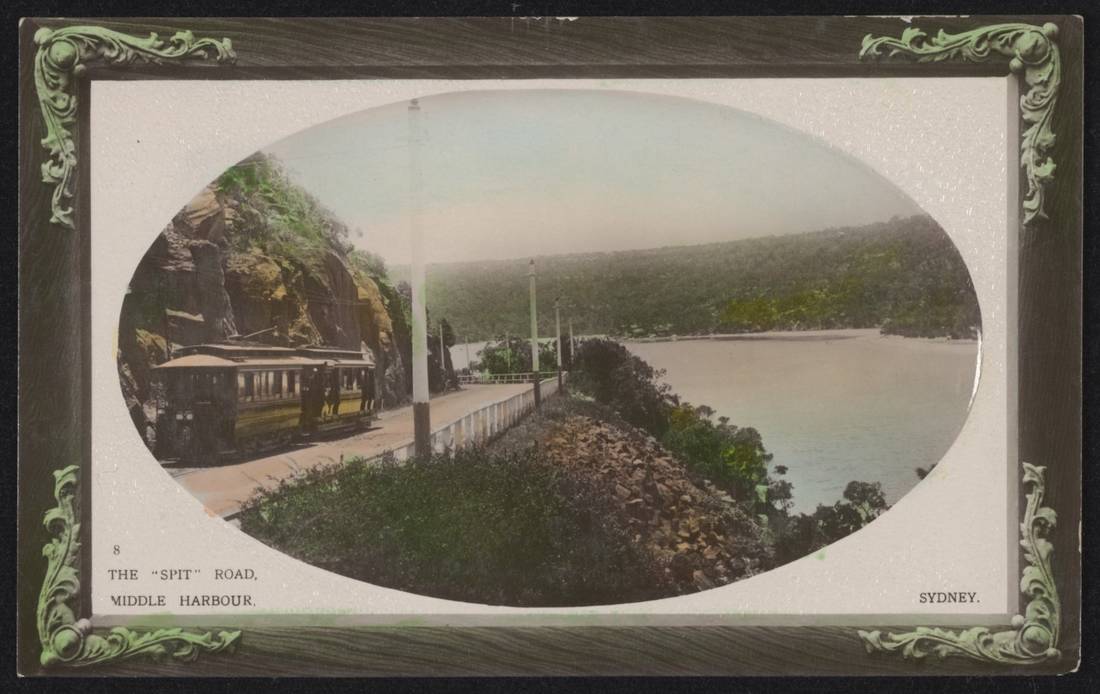
The Spit Road, Middle Harbour (tramway) from collection Josef Lebovic Gallery collection no. 1 courtesy National Museum of Australia
THE SPIT, MIDDLE HARBOUR, TERMINUS OF THE LINE.
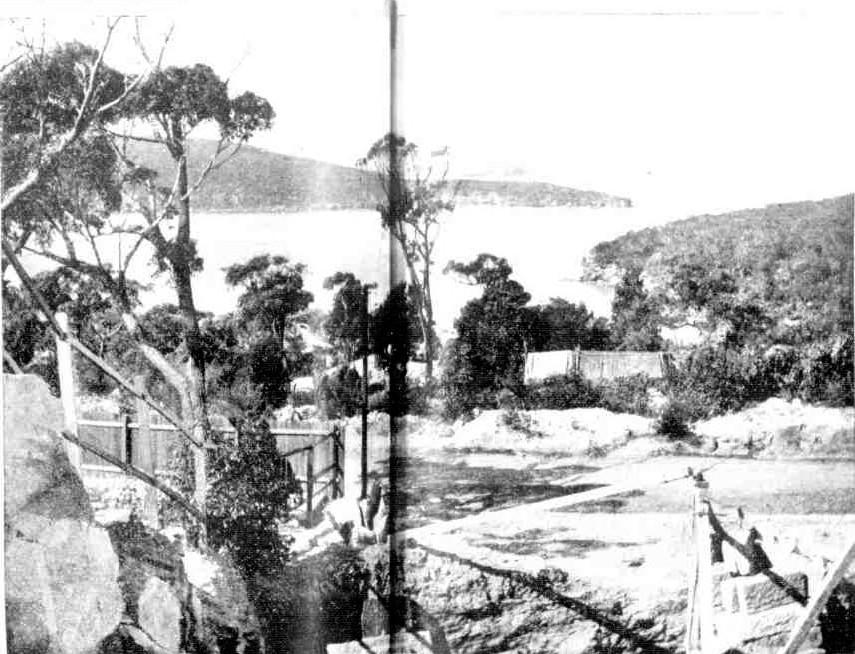
ON THE SPIT TRAM ROUTE— VIEW OF MIDDLE HARBOUR.
NORTH HEAD AS SEEN FROM HEIGHTS MILITARY-ROAD.
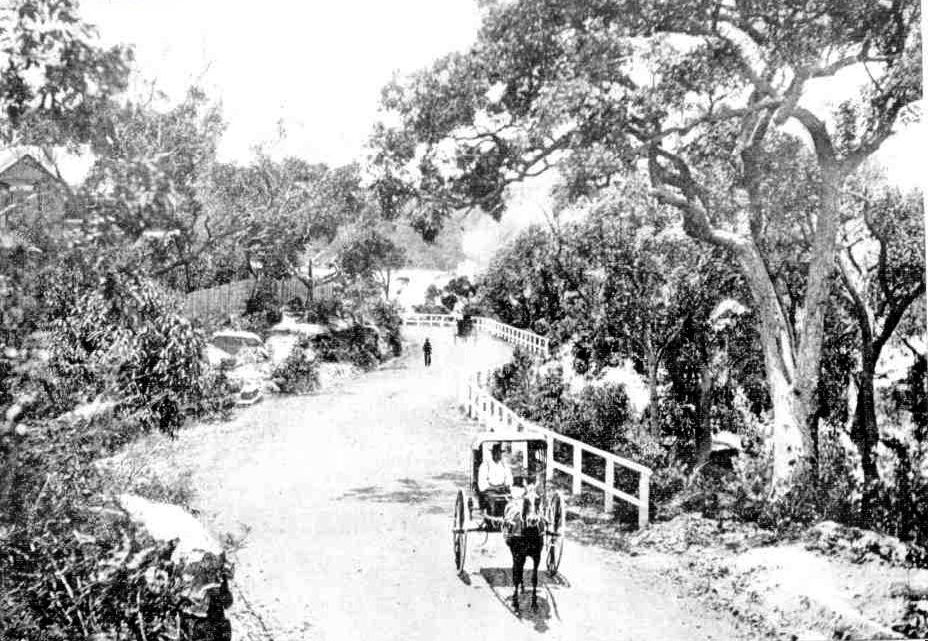
VIEW ON THE SPIT-ROAD -MIDDLE HARBOUR TRAM EXTENSION.
THE TRAM EXTENSIONS TO MIDDLE HARBOUR AND WATSON'S BAY. (1900, September 1). The Sydney Mail and New South Wales Advertiser (NSW : 1871 - 1912), p. 510. Retrieved from http://nla.gov.au/nla.news-article163693858
Official Opening of the Spit Tram.
(See illustrations on page 23.)
The Minister for Works journeyed to Mosman on Saturday, and officially opened the new tramway from the junction of Military and Spit roads to the Spit, at Middle Harbor, a distance of one mile and forty-two chains. The tramway, it may be mentioned, .had been running one week prior to the official opening, and had carried during that time 5870 passengers. Associated with the Mosman folk in the reception of the Minister were the people of Manly, and it was by the Mayors of these two councils that Mr. O'Sullivan was received. The Ministerial party, which included Messrs. W. J. Trickett, M.L.C., H. Stuart, M.L.C., Dr. Cullen, M.L.C., and Messrs. D. Thomson, E. M. Clark, and R. A. Price, Ms.L.A., was met at the Mosman Wharf, and was driven to the Spit-road junction. There a special tram was in waiting, and the Spit was soon reached. Some 2000 people were present, and Mr. O'Sullivan, having been welcomed by the Mayor of Mosman in a few words, officially declared the tram open to the public. He justified its construction by pointing out that another beauty spot and health resort now became available for the people. The progress of North Sydney was eulogised by the Minister, who said that it had put to blush many of the other suburbs. Mr. D. Thomson congratulated the Minister on the extension, which, he said, would be a paying concern from the out-set. He hoped that, the line would be taken to Manly, and explained that, the water could be crossed by suitable punts as in America.
An adjournment was subsequently, made to the re-freshment marquee, where the health of the Min-ister was proposed by Dr. Cullen in a happy manner, and responded to by the Minister, who said that since he took office the traffic on the trams had made marvellous strides, and there were 600 more men employed. The party then boarded the steamer Carabella, and landed at the Military Wharf. Drags were in readiness, and a start was made for the Buena Vista Hotel, where a banquet was prepared. The route taken thither enabled the party to see the district through which the proposed Balmoral extension will pass. The Mayor of Mosman (Alderman G. W. Hamp-shire) presided at the banquet. The loyal toasts having been honored, the chairman proposed "The Minister for Works," and congratulated Mr. O'Sullivan on the construction of the tram. He .pointed out the necessity of building the Balmoral extension, and hoped the Government would resume sufficient land adjoining the beach to accommodate the large number of visitors. The Minister, in reply, referred to the enormous growth of tramway traction at North Sydney; 480,000 passengers were carried each month, or an increase of 152,000 a month over the previous year; 4,447,181 passengers were carried for the year ended June 30, 1900, or an increase of nearly 1,000,000 passengers over the previous year. There were obstacles in the way of the Balmoral extension. Could the Government trespass on the military reserves? There were, however, good prospects of it being carried out. All he asked was time, money, and opportunity. He recognised that it was his duty sooner or later to build this tram. "Parliament," proposed by Alderman J. M. Purves (Mayor of North Sydney), and responded to by Messrs: Trickett, M.L.C, and D. Thomson and E. M. Clark, Ms.L.A. "Kindred Boroughs," "The Railway Commissioners," and "The Press" were the other toasts.
OFFICIAL OPENING OF THE TRAM EXTENSION AT MOSMAN.
(Photos, by G. A. Hills, 82 King-street.) .
1. Scene at the Opening. 2.-View of Tram Terminus, Spit, and at Middle Harbor. 3.-Spit-road Junction, showing Cars going to the Spit, to Milson's, and to the Mosman's Wharf.
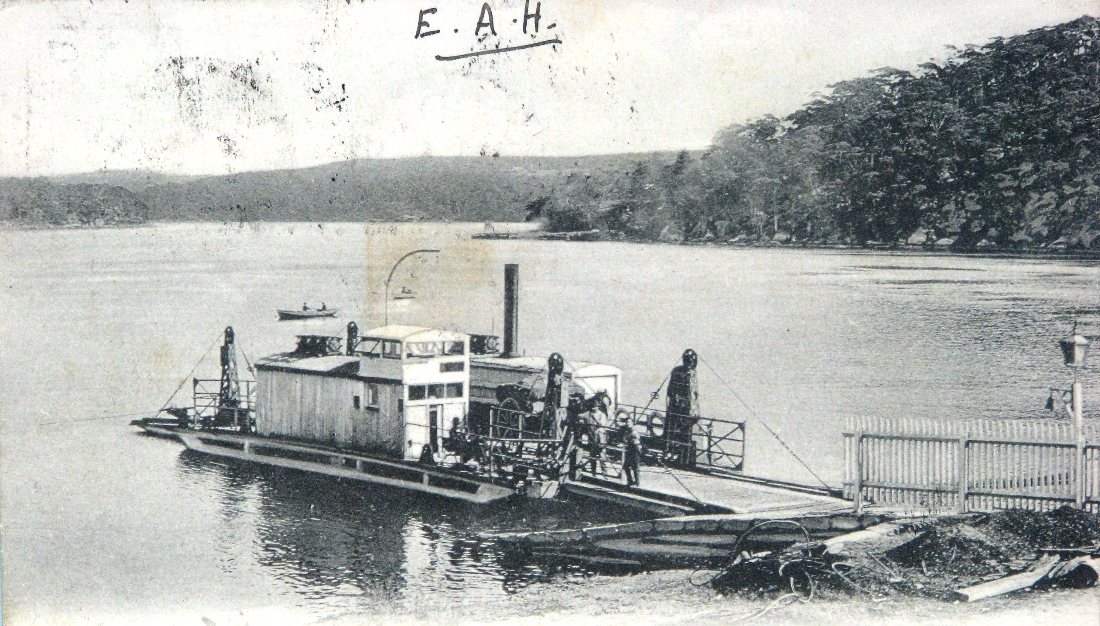
Spit punt, Middle Harbour, Sydney, 1908. Mosman Image 001206, Courtesy Mosman Council Digital Library of images.
This was followed by:
SPIT TO MANLY TRAM.
The construction of the tram line from the Spit (Middle Harbor) to Manly has now been completed, but the line will not be opened for public traffic until after the official ceremony, which will be held next week.
Last night the first three tram-cars were taken right through from Milson's Point to Manly. The operation of conveying the tram-cars, which weighed many tons, across the Middle Harbor, at the Spit, proved an interesting piece of engineering work, and was witnessed by several hundreds of people. The operations wore delauyed until a late hour last night, so as to minimise the Interference with the ordinary traffic by the punt. It was not until after 8 p.m. that the cars, which bad been waiting at the Spit terminus for some time, were moved on to the temporary siding leuding to tho punt ontrance. Wheu they reached a point at which they could not hvall themselves of the overhead electrical power other tramcars were used to push them a further distance. But still some yards had to be negotiated. For the last portion of the journey human traction was utilised, and the cars slid easily on to the rails laid precisely in the centre of the punt. Fortunately there was not the slightest wind, nor motion on the water, and the dangerous work of ferrying the heavy load across the waterway was successfully undertaken. A separate trip had to be made for each of tho double-cars, and it speaks highly for the officers who had the work In hand that there was not the slightest mishap to record. The scene altogether was a bright one, the busy workmen dodging about among the napthe flare lights with the crowds of spectators forming a background. The trams, after being safely landed on the Manly side of the Spit, were placed on the rails and were soon after speeding for the terminus at Manly.
A flashlight was taken by "The Daily Telegraph" shortly after 9 p.m.. and is reproduced this issue.
PONTOON BRIDGE OVER THE SPIT.
PROPOSAL BACKED BY MANY COUNCILS.
This drawing illustrates the pontoon bridge which, with strong local backing, is suggested for erection over Middle Harbor at the Spit. The width of water at this point is between 750 and 300 feet. Traffic is at present served by one punt during the week, and an extra one on Sunday.
Disembarking from the Spit punt, c. 1915. ,Image No001079 Courtesy Mosman Council Digital Library of images.
Both, working at high pressure, however, signally fail to meet requirements. Travellers are subjected to delays of anything from fifteen minutes to two hours, and If one punt should break down the consequent wait might cover any period. It is estimated that the cost of construction would be about £25,000. The bridge would consist of a number of concrete pontoons providing a roadway of 21ft. and 8ft pnssage each side for foot passengers. On the Manly side a fixed pierhead is provided for, while the floating pontoon section would be steadied by cables with the shore. To admit of traffic through the bridge there is provision for a lifting spurt of 50ft., worked by electric motor. One man, it is considered, could do all that is required. The originator of the idea is ex-Ald. C. D. Paterson, of Seaforth. The plans are by Messrs. John and Herwald Kirkpatrick, architects for the Commonwealth Bank. A deputation representing all the councils directly interested is to wait on the Minister for Works at an early date to ventilate and advocate the scheme.
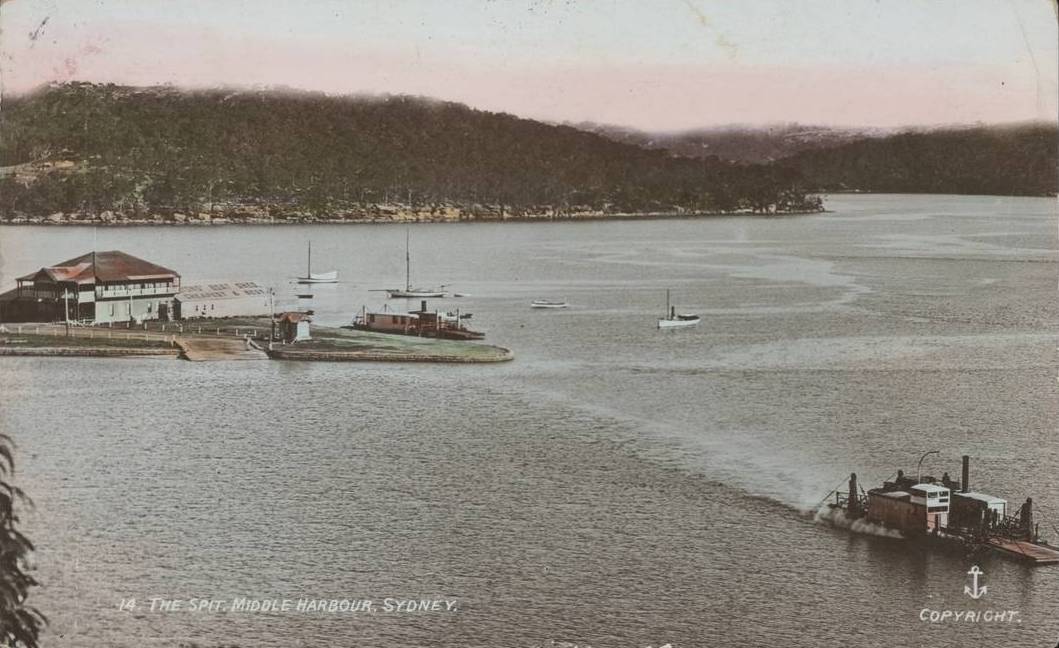
The Spit. Middle Harbour, Sydney (showing two of the punts), from collection Josef Lebovic Gallery collection no. 1 courtesy National Museum of Australia
Cars queuing for the Spit punt from the Manly side, early 1920s. Courtesy Mosman Council Digital Library of images, No 155 Trace.
Just as lack of residents was once used as an excuse to stymie any plans to erect a bridge and make a direct connection to Manly and Pittwater, increased population and their wish to travel to the beaches became the prime motivation as the 1920's, and other parallel schemes of 'opening up' the land around Narrabeen and Frenchs Forest, to increase the number of punts and continue the push for a direct connection along the coast. By 1922 it would seem three punts and a trailer were not enough to meet the demand:
LOSE A PUNT
SPIT MOTORISTS More Waiting?
The punts at The Spit, with which a constant struggle is waged to cope with the heavy motor traffic, have been reduced by one yesterday; the small punt was taken to Ryde to replace a punt that is being repaired. An officer of the department said It was considered the two remaining punts and a trailer were ample to meet requirements of The Spit traffic. Most motorists were of the opinion that there were not enough facilities at The Spit as It was.
The Spit Middle Harbour, Cut-down postcard, backed with cardboard, with a sepia photograph of 'The Spit Middle Harbour.' from collection Josef Lebovic Gallery collection no. 1 courtesy National Museum of Australia
TO THE EDITOR
THE SPIT BRIDGE
Sir, — It is estimated by the Department of Public Works that it would cost £150,000 to construct a bridge over Middle Harbor at the Spit, providing a clear opening 70ft. wide, for the passage of vessels, and a roadway 27ft. wide with a provision for tram tracks, and I have written to the Premier, urging upon him the desirability of calling for tenders for the construction of this bridge by private contract and the toll system. Within the next twelve months big financial interests, both from America and England, will be directing their attention to the preparation of tenders for the construction of the North Shorn Bridge, and it would be a most opportune time to secure a tender for the construction of a Spit bridge. I feel sure that those interested on the north side of tho harbor will be prepared to pay a toil on what might he termed a local bridge, such as the Spit bridge and I hope that the local councils will see fit to actively support this suggestion. — Tours, etc..
R. W. D. WEAVER
Parliament House, December 8.
SPIT BRIDGE.
At a meeting of the Mosman Council Alderman Thorne stated that the conference of councils interested in the Spit Bridge, and also the Harbour Trust Commissioners, favoured a bridge at the Spit with an 80ft clearance above highwater level, and one span of 80ft without a lifting or swing span. As to finance, the Commonwealth Bank was prepared to advance the necessary money at 5½ per cent, on 15 years' terms. The council decided to discuss the financial aspect when the bridge plans were completed. THE SUBURBS. (
1923, May 25).
The Sydney Morning Herald (NSW : 1842 - 1954), p. 14. Retrieved from
http://nla.gov.au/nla.news-article16065815
SPIT BRIDGE BILL.
The Minister for Works moved the second rending of the Middle Harbour (The Spit) Bridge Bill. He explained that the bill was framed on similar lines to the George's River Bill. The bridge would cost about £60,000 or £70,000, and it was proposed to make the Harbour Trust the constructing authority, in agreement with the Manly Council, on plans and specifications to be agreed upon. The money would be provided by the Manly Council, and the council would have power to impose a toll, similar to that proposed for the North Shore bridge. When the bridge had been paid for it would be handed over to the Government as a free bridge, and would become a national work. The bridge would be constructed of timber in order to cheapen the cost, because It would be of a temporary character, and a high level bridge, more expensive and substantial, would be constructed in the vicinity later on. In connection with the electrification of the railways. Provision would be made to allow large boats to proceed up the harbour.
Mr. Lang said that, while not opposing the measure, he was of the opinion that It was a retrograde step to Inflict tolls, but as the Government had decided to allow the Manly Council to recoup themselves by this means, possibly there was no great objection. He did not think much advantage would be derived from the provision that after the bridge bidge had been paid for it would become a national work, because a timber bridge would In 20 years depreciate very considerably. He considered the suspension of various Acts of Parliament by measures such as this was wrong. Municipal and shire councils looked to the Local Government Act to carry on the government of their areas, and It should be left Intact. If those advancing the money considered thy tolls were Insufficient security they might expect the municipality to give them a Hen upon their rates.
The Minister said that the ratepayers will be protected.
Mr. Lang said he failed to see why the Government should not build the bridge.
Mr. O'Hearn opposed the bill, but It was supported by Mr. Gregory McGirr and Mr. Cann.
Mr. Ball, In reply to Mr. O'Hearn, said that no one could remove the toll except the council, and they wore not likely to do so until the bridge had been paid for.
Mr. Dunn prophosied that when the novelty of the bridge had worn off, people would not pay for It, but would urge the Government to relieve them of their burden. In all probability the bridge would cost £100,000. The toll system, he said, belonged to the dark
ages.
Mr. M'Girr: Do you object to thousands of starving workers being employed on this Job?
Mr. Dunn said that he did not, but he would rather see them building developmental rail-ways and roads in the country. Besides the Government would be importing skilled labour because the bulk of the Australians were not skilled and only a few of them would be absorbed.
Mr. Arkins said that It stood to the credit of the present Minister for Works and the present Government that they had been the builders of bridges which had been neglected for the past 50 years. What was the difference between placing a toll on a bridge and asking a man to pay his fare to use the rail-ways?
Mr. Baddeley failed to see why there should he any eulogy for the Minister in connection with the matter, or where the workers were going to benefit. The people whoso property was enhanced by the building of the bridge should pay for it.
Mr. Mutch said that a high level bridge, permanent In character, should be constructed. He was opposed to the system of tolls.
The Minister pointed out that it was distinctly stipulated that the toll would apply to vehicular traffic only, and not to foot passengers who crossed the bridge. The people of Manly were already paying a tax on the unimproved value of their land, towards the cost of constructing the North Shore Bridge, and would contribute to the construction of the Spit Bridge by paying tolls.
Mr; Mutch said that some provision should be made whereby the landowners who would benefit from the increases that would occur in land values would make a direct contribution. He proposed to move that the word "timber" should be deleted, so that the material to be used in the construction of the bridge would be left open.
The second reading was agreed to on the voices.
In committee a new clause was Inserted, at the Instigation of the Minister, providing that any loan obtained by the council under the Act should not be taken Into account for the purpose of ascertaining the limit to which the council might borrow under the Local Government Act of 1919.
Replying to a question by the leader of the Opposition, In regard to the estimated revenue from the toll, the Minster said that he had been given to understand by the council that It could pay for the bridge at a much shorter period than 20 years-probably in 10 years by a toll of 6d for motor cars and 3d for horse drawn vehicles, no charge being made for passengers. If the traffic Increased it might be necessary to vary the amount by reducing It and extending the period of liquidation. The punt would be unnecessary when the bridge was erected, and an annual saving of £5000 would be effected.
The bill was reported with amendments, and the third reading of tho bill was made an order for to-day.
Of course, the politicians of the day got it done by Christmas:
THE RECENT SESSION GOVERNMENT'S RECORD.
STATEMENT BY THE PREMIER.
SYDNEY, Friday.
"Although it has not been practicable for the Government to accomplish all the tasks which it set itself and Parliament at the commencement of the session, the record of work to date covers a wide range of usefulness,' said Sir George Fuller, the Premier, to-night. "Some comment has been made on the waste of time in the early part of the sessions, and while I admit, with regret that there is ground for such a charge against the Assembly as a whole, it must be clear to everyone who lase followed the proceedings that the fault did not lie with the Government. Apart from the purely obstructive tactics of some Opposition members, the party constitution of the Assembly led to a number of unusual, unexpected, and difficult situations, which prevented still greater progress being made. Taking into consideration those circumstances, and the desire of the Government to always allow reasonably free discussion, In the interests of the public, of all matters on the floor of Parliament, the results are gratifying. "
...
" The passage of the Middle Harbour (The Spit) Bridge Bill assures the construction of the much-needed bridge across the Spit, and the George's River Bill provides for similar traffic facilities being provided over the George's River.
As Manly had been visited by hundreds of thousands of people during the 1880s, and automobiles would only increase their access to beautiful places, and independently too instead of massed on ferries, the likelihood of traffic to Manly and Pittwater was only ever going to increase - as this item pointed out;
MOTOR CAR CONGESTION AT THE SPIT, BETWEEN SYDNEY AND MANLY.
This is the sort of thing that is to be seen at any week-end or on any holiday. An apparently never-ending line of cars waiting for the punt. The construction of the proposed bridge at this point will shortly be begun. The Harbour Trust, which is to build the structure, is now assembling the piles and other necessary timber. The cost of the bridge is to be borne by the Manly Council. It should be completed within six or eight months. MOTOR CAR CONGESTION AT THE SPIT, BETWEEN SYDNEY AND MANLY. (1924, February 20). Sydney Mail (NSW : 1912 - 1938), p. 36. Retrieved from http://nla.gov.au/nla.news-article166151852
THE FIRST PILE OF THE SPIT BRIDGE.
AFTER MANY YEARS OF AGITATION FOR THE CONSTRUCTION OF A BRIDGE, ACROSS MIDDLE HARBOUR AT THE SPIT, A START WAS MADE YESTERDAY, WITH THE STRUCTURE, WHEN THE FIRST PILE WAS PLACED IN POSITION. THE FIRST PILE OF THE SPIT BRIDGE. (
1924, May 6 - Tuesday).
The Sydney Morning Herald (NSW : 1842 - 1954), p. 10. Retrieved from
http://nla.gov.au/nla.news-article16145717
THE PROGRESS OF THE SPIT BRIDGE.
TO BE OPENED FOR TRAFFIC EARLY IN DECEMBER. THE PROGRESS OF THE SPIT BRIDGE. (1924, June 14). The Sydney Morning Herald (NSW : 1842 - 1954), p. 16. Retrieved from http://nla.gov.au/nla.news-article16135493
PROGRESS OF THE SPIT BRIDGE
Every fall of the giant hammers on these pile drivers is a step nearer the day when the Spit will cease to associate itself in the minds of thousands of motorists with many wearisome waits and much lost time- Rapid progress is being made with the construction of the bridge, winch will replace the Spit ferry. PROGRESS OF THE SPIT BRIDGE (
1924, June 24).
The Daily Telegraph (Sydney, NSW : 1883 - 1930), p. 6. Retrieved from
http://nla.gov.au/nla.news-article245712887
PROGRESS WITH THE SPIT BRIDGE.
The Mayor of Manly (Alderman A. C Samuels) has received a report that rapid progress is being made with the Spit bridge. The decking has been laid on the Mosman end of the bridge, and the driving of the piles at the Manly end is well advanced.
The bridge will not be perfectly level, but will rise from the Mosman side. The opening span in the centre will, however, be level. Considerable excavation work is necessary where the northern end of the bridge will rest. An effort is being made to arrange for one-way traffic on the Manly side, there being two roads leading to the approach to the bridge. THE SUBURBS. (
1924, July 11).
The Sydney Morning Herald (NSW : 1842 - 1954), p. 6. Retrieved from
http://nla.gov.au/nla.news-article16139939
THE SPIT BRIDGE.
— Workmen busy on the construction of the Spit Bridge at the Manly end. It will not be long now when the connecting link will be finished.
THE SPIT BRIDGE
OPTIMISTS WARNED
THE Spit Bridge is rapidly taking shape. The spectacular part of the work is practically completed. But Mr. Austin, secretary of the Harbor Trust, sounds a note of warning to ultra optimists.
He points out that the work is yet far from being completed. The details, that the casual observer often miss, take the time. Nevertheless, barring accidents, he believes that the bridge will be finished in the stated time. An item which is not only very costly, but which will also occupy a lot of time, is the installation of the Bascul span, through which vessels will pass. The machinery for this span is being made by Dorman, Long, and Company, and it is believed that there will be no delay in the delivery of the mechanism. The span will be worked by electricity, and will be lifted vertically. It is stated that this operation will cause no more delay than the horizontal action, and will be cheaper to install and to work. THE SPIT BRIDGE (
1924, August 15).
Evening News (Sydney, NSW : 1869 - 1931), p. 8. Retrieved from
http://nla.gov.au/nla.news-article119974330
STEEL SPANS OF THE SPIT BRIDGE
One of the steel spans for the Spit Bridge was put into position yesterday. The job will shortly be completed. Inset: the foreman, Mr. Shinner STEEL SPANS OF THE SPIT BRIDGE (
1924, November 11).
The Sun (Sydney, NSW : 1910 - 1954), p. 10 (FINAL EXTRA). Retrieved from
http://nla.gov.au/nla.news-article223579166
THE SPIT BRIDGE REMARKABLE PHOTOGRAPH
SPIT BRIDGE NEARING COMPLETION.— Motorists will shortly be saved the long wait for punts to which they have become accustomed at The Spit. This picture affords a general view of the new bridge, which is now having the finishing touches added.
SPIT BRIDGE
Opening on December 23
TOLLS TO BE COLLECTED
Arrangements are to be made by the Manly Council to have The Spit Bridge officially opened for traffic on December 23.
This was decided at last nights meeting of the council upon a minute presented by the Mayor (Alderman A. C. Samuels).' On the motion of Alderman Quirk, seconded by Alderman Kemp, it was decided that a sub-committee be appointed to arrange for the olficial opening, and that tolls be collected from the outset.
It was decided to Invite the Premier, Sir George Fuller, and tho Minister for Works, Mr Ball, to be present on the occasion. Council decided to make a special allowance of £100 to the Mayor to cover the cost of the opening ceremony. The Works Committee recommended that the Mosman Council be authorised to construct a tar macadam roar 24 feet wide at the Mosman approach to the bridge, the cost (£200) to be refunded at the completion of the work. It was also decided to spend £450 on the completion of tho construction of a stone retaining wall on the road approach to the bridge on the Manly side.
SPIT BRIDGE.
OPENING CEREMONY ON DEC. 23.
The Manly Council has decided to arrange for the official opening of the Spit Bridge on December 23.
The bridge is rapidly approaching completion, although some details will not be finished by the date decided upon. A sub-committee was appointed to arrange for the official opening, and it was also decided that tolls be collected from the date of opening.
The Premier (Sir George Fuller) and the Minister for Works (Mr. Ball) will be invited to the ceremony, and the council voted £100 to celebrate the event. SPIT BRIDGE. (1924, December 11). The Sydney Morning Herald (NSW : 1842 - 1954), p. 9. Retrieved from http://nla.gov.au/nla.news-article16206974
THE PROGRESS OF THE SPIT BRIDGE
TO BE OPENED FOR TRAFFIC ON DECEMBER 23.
SHOWING THE COVERED FOOTWAY.
SPIT BRIDGE.
On Friday, the Mayor of Manly, Alderman Samuels, the Deputy Mayor and others were in the first motor car to cross The Spit bridge. The Premier will open the bridge on Tuesday.
Officially opened Tuesday December 23rd, 1924, the event was reported across the state:
WAVING FLAGS
Opening Ceremony; SPIT BRIDGE CROSSED
The stark ugliness of the new Spit Bridge, which, with its galvanised iron roof man-o-war grey color, and its rough lines, has spoiled the soft
beauty of that little reach of Middle Harbor, but to-day It was relieved by the color of a gay crowd and lines of waving flags. It was a great occasion — the official opening of the bridge across Middle Harbor, for which Mosman and Manly and all interested had waited and hoped for years and years.
"Manly at last has come Into its own." said the Mayor of Manly (Alderman Samuels), Introducing the Premier (Sir George Fuller). "The Premier." he said, "would be performing a marriage ceremony, uniting the towns of Mosman and Manly, despite the fact that it had been described as the ugliest bridge in the world It would be the best Christmas box the people of Mosman and Manly could have, however ugly It might be, were it two times as ugly nothing could give greater benefit to the people of the suburbs using It. It would be the best expenditure of £60,000 that the Government had ever authorised."
Sir George Fuller, who was welcomed with cheers, said that If he were to perform the marriage ceremony as the Mayor had suggested, he hoped that the Matrimonial Causes Bill of the Attorney-GeneraI would not operate to smash this union between Mosman and Manly.
"I have been many times stuck on the other side over there; and I am afraid that some of the language used then did not help me on my way to heaven," said Sir George. Now that sort of annoyance would cease, he hoped, for ever.
"GREAT BRIDGE BUILDER"
Sir George complimented the Manly people on their spirit of self-help and enterprise In carrying out the bridge. It was the policy of the Government to encourage such self-help and especially the policy of Mr. Ball, who would go down to history as the greatest bridge builder New South Wales had known. Sir George Fuller, who had received from the Mayor of Manly a gold-mounted and inscribed pair of scissors for the purpose, then went forward and severed the ribbon to open tho bridge officially. He Invited Lady Fuller, who used the scissors, whilst h'o himself declared the bridge open. Then followed much cheering, much tooting of ferry steamers' whistles, and the band played God Save the King. Present at he ceremony were: The Minister for Works (Mr. Ball), Mr. Scott Fell, Sir Thomas' Henley, Dr. Arthur, Mr. Weaver, Ms..A., representatives of the district...'
Pictures of the Spit, Bridge will be found on page 1.
On that Page 1 there were no real pictures of the Opening Ceremony - just more 'ugly' cries from the publishers of The Sun:
WORLD'S UGLIEST
The Bridge of Sticks beauty and the beast
The most beautiful spot on our Wonderful harbor Artists from other Stales flocked to paint it; and the popular view-points- were so congested with palettes and easels that the police had to move them on. In every annual exhibition it figured in oil and paint. ' And now there is none to do it' reverence. The ugliest bridge in the world has: been built in the middle of it.
It is called the Spit — and now the beauty-lover almost wants to.
THE spoiling of this lovely spot begun years ago, with the erection of a huge advertising hoarding. However, the beauty - spoilers were not content with perpetuating that piece of ugliness. Motorists wanted a bridge for years, and now they have got it. It will be opened to-day with due ceremony by the Premier, and the Mayor of Manly (Alderman A. C. Samuels) and the Minister for Works (Mr. Ball) will be attended by various notabilities.
When It was decided to bridge this beautiful waterway of Middle Harbor, one visioned a glorious span of delicate beauty, a sliver gossamer web sweeping from the rocky bluffs each side. But look what happened! The Spit bridge starts from the end at the sandy spit and climbs unevenly to a scarp of rock on the Manly side. Even with that disadvantage it could have been made a thing of beauty, rising up In a pleasing curve to the hill. But the completed structure deliberately spoils any such danger. It starts with an Inclined plane until it reaches the lifting spans, when It becomes horizontal, immediately after the span the roadway rises again, but becomes horizontal to cross a permanent span designed for the passage of motor craft; then it rises again to reach its end on the Manly side.
All the beauty of line has been spoiled by this obviously uneven truck. But that might be forgiven on utilitarian grounds. It Is the superstructure that shocks. For the lifting spans grim gaunt steel constructions have been erected, with criss-cross work unsheathed with a kindly covering, and with four heavy steel blobs on top.
UGLIEST IN THE WORLD
To balance the weight of the lifting spans the engineers have built two ugly concrete cottages and suspended them in mid air. These amazing affairs act as counterweights for the spans, but there is no beauty in their form. Just blocks of concrete unabashed, crude megoilthic construction, lacking even the sense of solidity.
The bridge looks as if it had been laboriously built up by a boy of ten who laid been presented with a meccano No. 1 set. What further could be done by the builders to disfigure the bridge and Its ideal situation? They did It. They boxed it in with tin-roofed sheds all the way across, painted a dreary brown. And where the bridge reaches the Manly side there is an ugly Unroofed by-way leading crookedly down to the shore level where the trams connect. There are many beautiful bridges in the world: but Sydney need fear no competition In the prize design for the ugliest bridge in tho whole world.
THE SPIT BRIDGE.
SYDNEY, Tuesday — The Premier (Sir George Fuller) this afternoon opened the Spit bridge over Middle Harbour. The bridge cost about £60, 000, and Manly municipal council was responsible for the expenditure. A toll will be charged to cross it. THE SPIT BRIDGE. (
1924, December 24 - Wednesday).
Tweed Daily (Murwillumbah, NSW : 1914 - 1949), p. 5. Retrieved from
http://nla.gov.au/nla.news-article193499878
One not so negative report that also speaks of what occurs today - private enterprise building infrastructure, although not mentioning how they would recoup their investment for decades into the future, as well as a photo taken on the day which, after 136 years of Europeans landing here and walking along the old aboriginal tracks, finally establishes a more coastal direct line to not only Manly, but Pittwater. The second photograph shows a horse pulling a cart at far left of the shot, just proving that although some things had changed, some had remained the same - even in December 1924 - the middle of the Roaring Twenties! - go Sydney!;
THE SPIT BRIDGE.
The opening of the Spit Bridge for traffic is doubly welcome. Its benefit to all passengers and vehicles between Mosman and Manly is patent, but it is also significant of the now civic spirit, which no longer leans upon the Government. With the growth of this spirit there may presently come a time when private enterprise will finance and construct many public works now left to the Government — even rail-ways. Of its appearance, it is unfortunate if it should give the impression that the utilitarian and the ugly are synonymous. It is to be hoped that this reproach will not apply to the George's River Bridge.
THE SPIT BRIDGE OPENED TO-DAY.
-After years of waiting, during which punts have dismally failed to lift the motor traffic at the Spit, this temporary bridge was opened to-day by the Mayor of Manly. Though unpretentious, it will be of incalculable benefit to motorists and will give the first direct line of communication with Manly. Photograph taken to-day.
THE LAST OF THE QUEUES.
— Another photograph taken to-day of the road leading up from the Spit Punt, and also showing the new road (on the right) on to the bridge.
Of course, as with all projects, it's not completed until it's all done and officially tested and then officially opened:
THE SPIT BRIDGE.
The lifting span of the Spit Bridge was officially opened on Saturday by the Mayoress of Manly (Mrs. A. C. Samuels). Three vessels ―the Sydney Ferries' steamer Karingal, carrying a picnic to Killarney, the Bucra, a powder vessel; and the Public Works Department's steamer, Magdalene― passed through the bridge. The span was lifted in a minute and a quarter, and the three vessels passed through in eight minutes. THE SPIT BRIDGE. (
1925, February 17).
The Sydney Morning Herald (NSW : 1842 - 1954), p. 6. Retrieved from
http://nla.gov.au/nla.news-article16194392
Spit Bridge Star Photo comp between Nov 1924-June 1925. Image no.: bcp_00983h, courtesy State Library of NSW
The Tolls charged - when first discussed and then published in 1926:
SPIT BRIDGE.
THE TOLL CHARGES.
The work of constructing the bridge over Middle Harbour at the Spit la making rapid progress. The whole of the piles have been placed in position, and portion of the super-structure has been erected. The decking of both the Mosman and Manly ends of the structure is well advanced, and preparations are being made to proceed with work on the opening span in the centre.
At a meeting of the Manly Council the Mayor (Alderman A. C. Samuels) reported that he had given the engineer Instructions to proceed with the reconstruction of the approach to the bridge on the Manly side of the Spit.
The council, on the recommendation of the finance committee, decided that the toll for two or four wheeled vehicles (one horse) using the bridge would be 3d Instead of 6d. It was also decided to apply to the Public Works Department requesting that the regulations governing the toll charges be gazetted in accordance with a schedule forwarded to the council.
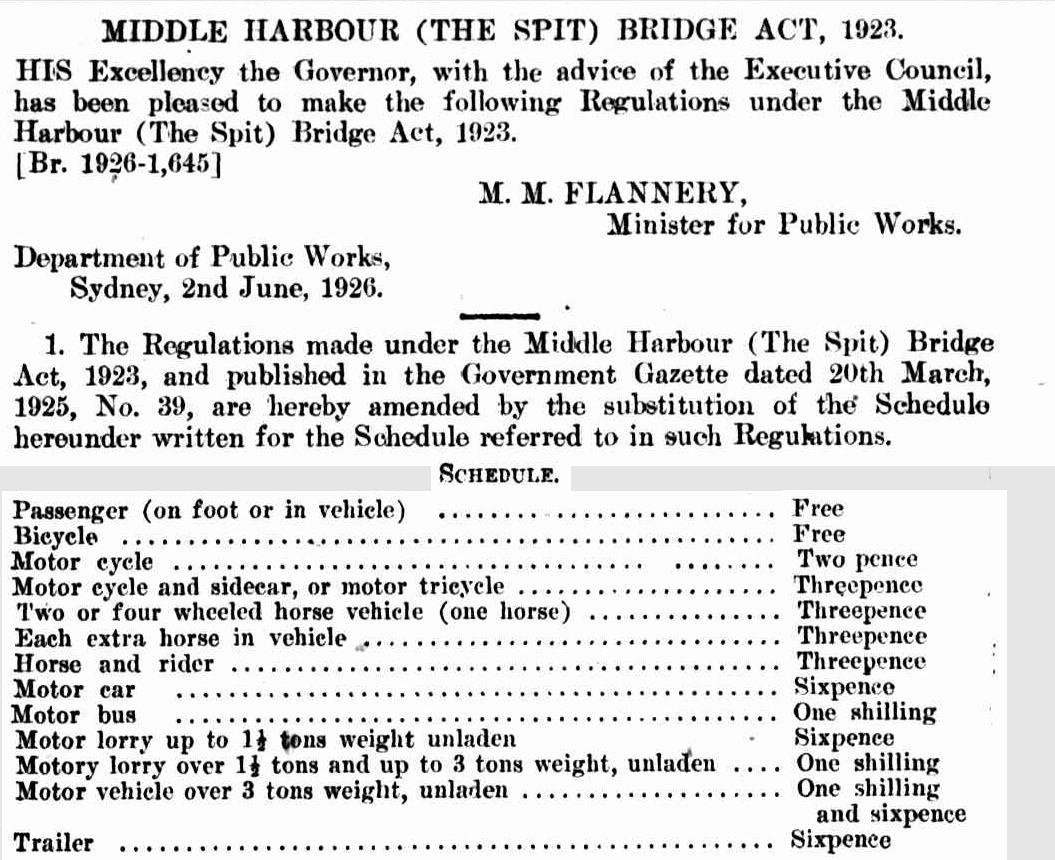
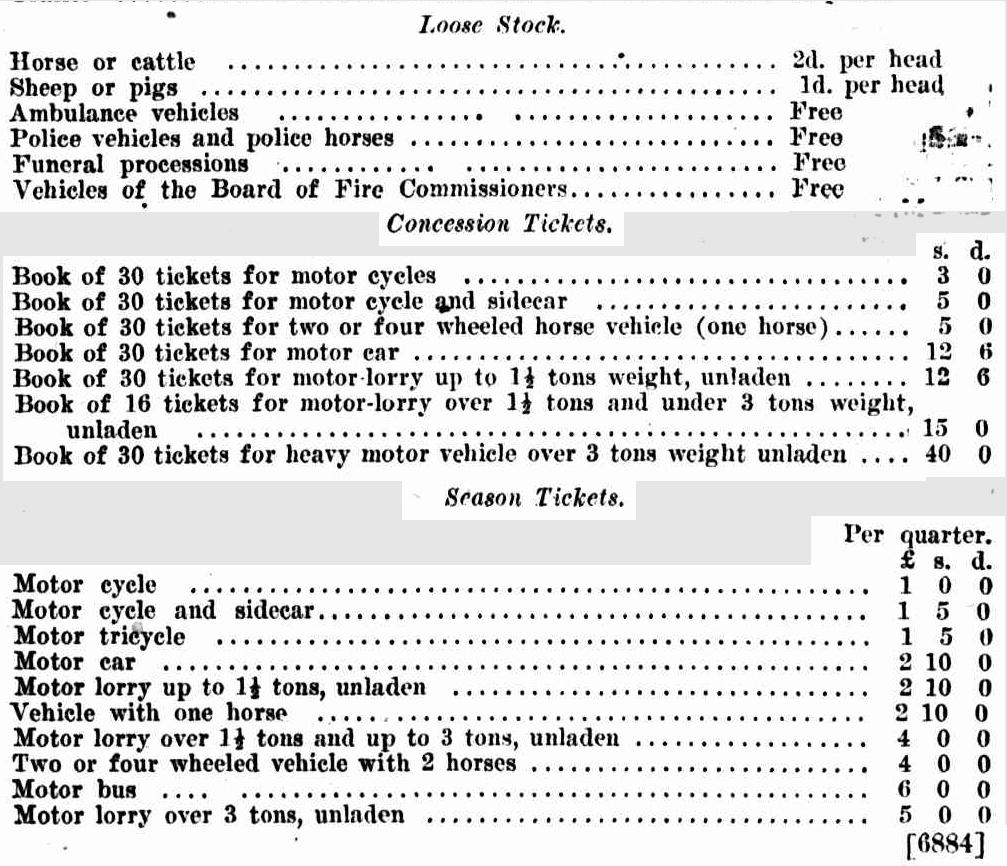
SPIT BRIDGE.
A YEAR'S TRAFFIC.
The Spit Bridge, over Middle Harbour, having been open for traffic for twelve months, the traffic returns for that period were made available yesterday. During the period from December 24, 1924, to December 23, 1925, inclusive 581,817 vehicles crossed the bridge, the total tolls collected amounting to £15,486.
The bridge, which cost about £70,000, was built by the Sydney Harbour Trust for the Manly Municipal Council, which body is res-ponsible for the financial and other arrangements. The council borrowed £60,000 for the construction of the bridge, and an additional £10,000 (provided out of revenue) was ex-pended on the approaches to the bridge. The Act under which the bridge was constructed provides that as soon as an amount equal-ling the cost of the structure, and interest and other charges, has been collected, the toll system shall be discontinued. It was originally considered that to free the bridge of debt would take 10 years or 12 years, but on the first year's traffic figures it seems certain that the structure will become free within a much shorter period — probably eight years or nine years.
A conservative estimate is that not less than £7000 or £8000 of the first year's revenue will be available for the repayment of the loan, which was floated at 6 per cent. The interest totals nearly £4000, while the working expenses make up the balance. SPIT BRIDGE. (1925, December 31). The Sydney Morning Herald (NSW : 1842 - 1954), p. 8. Retrieved from http://nla.gov.au/nla.news-article16270799
THE SPIT BRIDGE
Reducing Congestion
The town clerk, Manly, appeals for the co-operation of motorists in the following letter to the N.R.M.A. 'At a meeting of my council reference was made to the fact that the congestion which occasionally occurs at The Spit bridge could be considerably reduced if drivers of vehicles would assist the toll collectors by having the correct amount ready. Very often a traveller produces a £1 note, which causes delay by reason of the time taken In giving change. Usually only a matter of seconds elapse, but every second is precious, especially when the traffic is great. THE SPIT BRIDGE (
1927, February 16).
The Newcastle Sun (NSW : 1918 - 1954), p. 4. Retrieved from
http://nla.gov.au/nla.news-article163409709
The Spit from Spit Road (Parriwi Road, Mosman) by Samuel Wood - postcard , from Album photonegatives of Killarney, Middle Harbour, Northbridge and The Spit, ca. 1928. Image No.: a1470101h, courtesy State Library of NSW
SPIT BRIDGE.
HALF THE COST RAISED.
When the Spit Bridge was constructed across Middle Harbour in 1924, it was anticipated that 15 or 16 years would elapse before the net amount of tolls collected would free the structure from debt. The traffic across the bridge has exceeded expectations to such an extent, however, that it is expected thoe bridge will be paid for within four years— seven years from the date of the opening.
Last year 768,186 vehicles crossed the bridge, and the total revenue from tolls was £10,417. Since the bridge was opened more than 2,000,000 vehicles have crossed, and the gross revenue from tolls has been £53,000.
Under the Middle Harbour Bridge Act, power was given to the Manly Council to borrow .£60,000 for the purpose of building the bridge, but the total cost was about £65,000. After meeting maintenance expenses, the amount paid into the sinking fund totals nearly half the amount necessary to relinquish the loan.
LEAKAGE
SPIT BRIDGE TOLLS:
MAYOR'S ALLEGATIONS
Serious allegations In regard to the collection of the Spit bridge tolls were made at the Manly Council last night. The Mayor (Ald. V. J. Brady) told, in A Mayoral minute, how a secret check of the number of vehicles crossing the bridge was made over two periods of 16 hours each in April and May. He alleged that there was a total discrepancy of 2838 cars, and added that on the result of the check he was convinced that there was a very serious leakage in the funds of the Spit bridge undertaking.
On the motion of Alderman Barton, the question was referred to the staff investigation committee for immediate action. The Mayor said that, knowing there had been no attempt to check the bridge traffic, he placed two men to do so, In positions where they could observe everything and yet remain unseen themselves.
MEN DELIGHTED WITH SYSTEM
Ald. Trenerry Said that 'the toll system In vogue would not be tolerated in any business office. The investigation committee had some of the men before It recently, he said, asking for Ideas to improve the System, but all the men Interviewed had stated they were delighted with the present system. Ald. Whittle said that many motorists did not wait for tickets. He had known the bridge manager for 20 years, and was sure he was above suspicion. The position was that the manager had to leave the bridge for periods, with nobody in charge.
BRIDGE CREDIT, £50,762
Since the opening of the bridge in December, 1924, the revenue collected in tolls up to December, 1928, amounted to £77,251 9s 8d. The expenses are heavy, being approximately £8000 a year. These Include £3600 Interest on the £60,000 loan, £1000 for main- tenance charges, and £3000 for wages and other items. At the end of December, 1928, the Manly Council had £28,000 on fixed deposit towards the Repayment of the loan, and at the end of last month the current bridge account had a credit balance of £22,702 12s 2d— a total of £50,762 12s 2d.
STILL THE SPIT BRIDGE
The Manly Council is beginning, under the pressure of public opinion, to realise that it cannot keep the financial position of the Spit Bridge entirely to itself. Characteristically enough it has confined its confidence to the Minister for Works, and all that he has been vouchsafed is an assurance by the Mayor that the toll cannot be withdrawn before June, as there is still £3000 for repairs to be made up.
Vague generalities are not enough. We cast no doubt upon the Mayor's assurance, but the public has a human desire to look over the bill and scrutinise the items. What is needed is a balance sheet and a profit and loss account. We desire to have set down in exact figures the capital cost, the interest charges, the repairs, and the revenue and expenditure. Every public company issues such a financial statement. Every charity which appeals for public support annually announces its finances.
The Manly Council will consult its own dignity by giving the fullest information. No one, whether a public body or a private individual, likes to relinquish any revenue to which it is accustomed. There are always desirable things upon which to spend it. But here an important principle is at stake.
Unless the public believes that the tolls are lifted as soon as the bridge is paid for, no more toll bridges will be constructed in New South Wales.
The Government is about to introduce into the Legislative Assembly a Bill authorising the Ryde Council to construct a bridge over the Parramatta River at Uhr's Point. What chance has that Bill of passing if the public is kept in the dark concerning the finances of the Spit Bridge?
In the interests of the councils responsible for toll bridges, as well as in the interests of the public, frankness is the best policy. Children and officials love secrecy. Both the Minister and the Mayor must drop it. GIVE THE PUBLIC THE FACTS. STILL THE SPIT BRIDGE (
1930, February 12).
Evening News (Sydney, NSW : 1869 - 1931), p. 8. Retrieved from
http://nla.gov.au/nla.news-article125975742
SPIT BRIDGE.
The N.R.M.A. council decided at its last meeting, at the instance of Alder-man W. Fyfe Henderson, Deputy Mayor of Mosman, to press further for the publication of the necessary notice terminating the collection of the motor toll on the Spit Bridge, Middle Harbour. Mr. A. E. Rudder suggested that if the toll were continued, the collections might he used as the nucleus of a fund for a permanent structure, but Mr. R. V. Hodgson feared that impecunious treasurers would be tempted to raid the fund. Alderman Primrose, Mayor of North Sydney, pointed out that a permanent bridge at The Spit was linked up with the Manly rail-way question, and it was not likely, he thought, that the railway would be built for years. Mr. A. M. Graham considered that present-day motorists should be relieved from the toll, after having found the amount necessary to pay for the existing bridge, and said it would be, time enough to consider the renewal of the toll when a permanent bridge was actually built.
Motorists and others using the Spit Bridge over Middle Harbour have cheerfully paid the tolls imposed to pay for the structure. It is expected that the toll system will soon be abolished, as such charges have paid for the bridge. The Spit Bridge gives motorists an idea of the great convenience the Sydney Harbour Bridge will prove when opened for traffic. The above view looks towards the Heads. On the right is the new Spit Road, which leads to Mosman and North Sydney. Harbour and Ocean Scenes North of Sydney (1930, March 19). Sydney Mail (NSW : 1912 - 1938), p. 11. Retrieved from http://nla.gov.au/nla.news-article160630537
Reclamation work for the Spit Bridge being carried out at Pearl Bay 1935 - photo courtesy State Records of NSW
The Spit, Seaforth in foreground circa 1930s Hall and co Aerials. Image No.: c011690047h, courtesy State Library of NSW
THE SPIT BRIDGE
Widening of The Spit Bridge has been completed, and vehicular traffic can now travel across at an appreciatively accelerated speed. The vehicular roadway was widened by taking 18 inches off the pedestrian walk. This was done without any delay to traffic. THE SPIT BRIDGE (
1936, March 21).
The Sun(Sydney, NSW : 1910 - 1954), p. 5 (CRICKET STUMPS). Retrieved from http://nla.gov.au/nla.news-article230831524
In 1939 surveys for a new bridge were undertaken, but with wartime pressures no money was available for construction works and materials were invested in war defence works.
The Show Boat Kalang at the Spit, Middle Harbour, Sydney, 1940's. from collection Josef Lebovic Gallery collection no. 1 courtesy National Museum of Australia
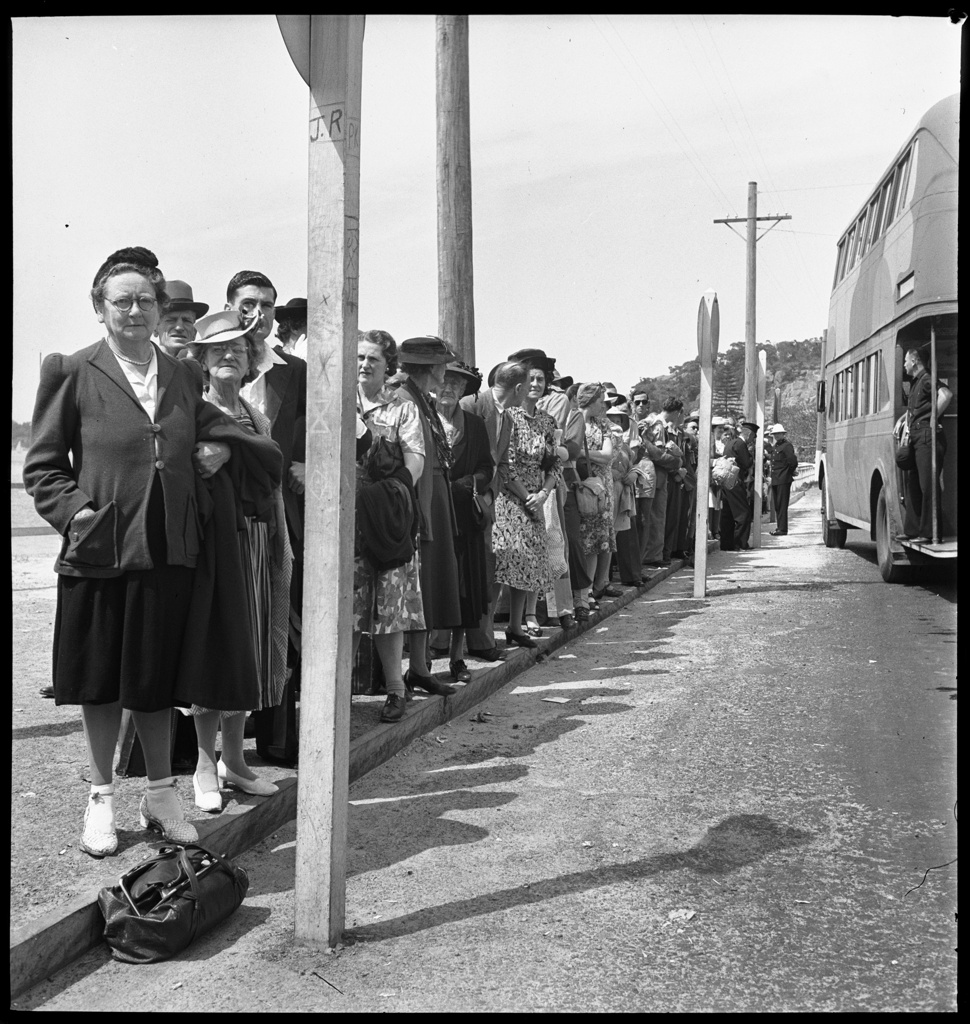
Bus queue, the Spit, 1946 / photographed by Max Dupain SLNSW_FL19400124
On May 30th 1949, a bus crash near the approach to the bridge from the Seaforth side killed four people and injured 33, including that of a young Oxford Falls woman who was pregnant with twins and on her way to a final doctor's appointment prior to giving birth. The Inquest, which ran from July until the last day of September, cast some bad light upon the driver, or his inexperience, despite his statements that the brakes had locked - one driver who had had the bus just prior to him claiming he found no fault with it the shift just before. Ultimately 'accidental death' was found and no mention of the road approach among the findings - although the government announced during the hearings that a new four-lane lift bridge would finally replace the old wooden structure and the approaches from the Seaforth side would be improved. Tenders were called for but it was also mentioned that a lack of steel may be an obstacle to commencing.
The tragic 1949 bus crash was followed by another in January 1950 from the Mosman side approach when, fortunately, no one was killed.
5 KILLED; 30 HURT IN BUS CRASH NEAR THE SPIT
Sydney.—A double-decker bus crowded with passengers crashed through the safety fence near The Spit today and fell 40 feet, landing upside down. Five passengers were killed and at least thirty were injured. Three women were killed instantly. Rescuers said that they were crushed beneath the weight of the bus. The bodies of two were released quickly, but the third was wedged in the wreckage, and it was more than an hour before it was extricated.
As the injured were brought out of the bus, they were laid on the roadway on sheets and blankets provided by the occupants of neighboring houses. The seriously injured were given emergency dressings before being taken to hospital.
One of the women who were killed instantly was elderly and was accompanied by her husband. Rescuers laid them out alongside each other on the roadway. The man, suffering severe head in-juries, was moaning and calling for his wife, whom he did not know was dead.
HAIRPIN BEND
The tragedy occurred at 11 a.m. while the bus was on its way to Sydney. The bus was travelling down hill, approaching The Spit bridge, when it got out of control near a hairpin bend. It went right through the safety fence and, toppling over and over, rolled to the roadway beneath. The roof of the bus was smashed in, and persons on the top deck had received the worst injuries.
Bruce Bowers (34), of Manly, who was riding on the upper deck of the bus, said: "It was like a nightmare. We came down from the top of Seaforth and took the left turn to come on to the bridge, but the bus did not pull out of the turn.
"We seemed to drive straight through the railing and over the wall. We somersaulted in mid-air, and glass and people were flying everywhere."
Mr. Bowers said that the bus landed on its roof. Mr. Bowers added that he was too stunned, to move, and lay in the bus until carried out by rescuers. The bus was owned and operated by the New South Wales Transport Department.
TOO FEW SPLINTS
The injured, moaning and crying, were lying everywhere. There were not sufficient splints to set broken limbs and householders brought out fruit cases and other boxes, which were quickly broken up and used as splints.
Many people did not know what had happened as they crawled or were assisted from the wreckage, and asked the rescuers where they
were and what had happened. Some of them suffered complete loss of memory.
The names of the killed are not yet available. One of them was a conductress, but it is thought that she was not on duty at the time as she did not have her bag. Six members of one family were among those injured. The accident is believed to have been caused by the steering gear locking.
Pictures After The Fatal Bus Smash Near The Spit
CRANE : The scene on the Seaforth side of the Spit bridge when a St. Leonards-bound double-decker bus plunged over a 20-ft drop. The crane at the right of the picture is setting the lower portion of the bus on its wheels. DRIVER : Alexander Telford, of Carter Road, Brookvale, the driver of the bus. Telford said the steering wheel locked. DRINK : A rescue-worker giving a drink to a young woman, one of the 32 passengers who were injured. Her young son is seated beside her. INJURED : Ambulance men and volunteers at work preparing injured passengers for the trip up to ambulances waiting on The Spit bridge approach. SEATS : Injured, waiting attention, shown lying on the leather seats of the wrecked bus. The upper deck of the bus was crushed in its 20-ft fall.
"SEARCHING INQUIRY"
ORDERED Tragic Bus Crash
The Acting Minister for Transport, Mr. W. F. Sheahan, said last night that he had called for a "searching inquiry" into the crash of a double-decker bus yesterday morning, north of The Spit bridge, in which four people were killed and 33 injured. The bus, bound from Manly to St. Leonards, had 45 passengers.
Survivors said it swerved suddenly before crashing through a safety fence and dropping on its side 20 feet sheer below the road.
Mr. Sheahan said the coroner had power to make his public inquiry into the four deaths a searching investigation. He would not at present recommend a further public inquiry.
"If, however, public opinion demands an in-dependent review in a public inquiry then I will raise no objection," the Minister added.
EXPECTANT MOTHER DIES
The bus left Manly wharf at 10.38 a.m. Most of the passengers were women on the lower deck. Travelling down the Sydney road toward the bridge, and after rounding a bend, it swerved off the road and fell through the air to the bottom of a high stone wall.
Forty ambulances and 55 police arrived within 10 minutes.
"NEVER MIND ME"
One of the first men to reach the tragic scene was a road worker, Clarence Gordon, of King Street, city. He said :—
"When we rushed to the bus the passengers inside were one mass of struggling, bleeding
people.
"Some were moaning, others were screaming.
"I got an axe from our equipment and chopped away window coverings and the steel rear bodywork to get at the passengers.
"One woman who was crushed under another woman, pinned by the leg under a broken seat, said: 'Never mind about me; help this poor girl, as she is pregnant.' "
EXPECTED TWINS
She was referring to Mrs. Winifred Mary Fuller, 21, whose body had been crushed.
"We lifted Mrs. Fuller out," said Gordon, "but we could see that she was dead."
When the body of Mrs. Fuller was identified police went to Oxford Falls to break the news to her husband, Sydney Fuller, a bus conductor, who had lived with his wife and daughter, Kay, aged 2½, in a garage at Oxford Falls because they were unable to get a house.
Fuller broke down.
"My wife," he said, "had expectcd to be confined last Saturday. Doctors told her that
probably twins would be born. They asked her to report to the Mater Misericordiae today if the babies did not arrive at the week-end.
"She left me and little Kay, bright and happy this morning, on the way to the hospital for a check up by the doctors."
HOW THE CRASH HAPPENED
The driver of the bus attributed the accident to the front wheels being jammed by either the mud-guard or the body, pre-venting him from straightening up for the run on to the bridge. The driver, Alexander Telford, 28, of Carter Road, Brookvale, suffered a sprained ankle.
He told Detective Garlick that traffic was light, and the road was in good order, although damp from rain.
"It was the first trip I made on the bus," he said.
"When I applied the brakes at various intervals from Manly I noticed that they were not gripping correctly, causing the bus to drag to the left. It was my intention to report the mechanical defect at the starting box on the other side of The Spit bridge.
"SPEED 8 M.P.H."
"After rounding the last bend towards the bridge, the bus lurched to the right, though the speed was only between eight and 10 miles per hour.
"I felt the bus grip the wheel and hold it firmly.
"I wrestled with the steering wheel but could not release the grip, and, with the wheels turned slightly to the left, as I was rounding the curve, the bus shot across and struck the safety fence.
"It then plunged through the fence over the embankment."
Mrs. R. Woods, who lives in a flat 200 yards uphill from where the bus left the road, said she saw it turn the corner quite slowly.
One of the passengers, Stanley Burley, of Aubreen Road, Collaroy, who, with seven relatives, was injured in the crash, said in hospital :—
"The bus appeared to be taking some of the hairpin bends a bit quickly."
In their investigations on the smash, Inspector Mackie, Detective-Sergeant Gray, with other police and transport officials, last night inspected the bus.
NO SKID MARKS
They could find no marks on the tyres to substantiate the statement of the driver that either the mudguard or body had been jammed against the tyre. There were no skid marks on the road. The bus was an old type.
Mr. Sheahan said :—
"I have called for a searching inquiry to be made not only into the cause of the accident, but also into the method of preparing the bus for the road.
"I shall also seek expert advice on the road condition and the safety of the approaches to The Spit bridge for heavy vehicles."
SCENE AFTER BUS FELL FROM ROAD
Volunteer rescue workers and injured at the scene of the bus crash on the Seaforth side of The Spit bridge, yesterday. In the foreground are the rear wheels of the overturned bus. SCENE AFTER BUS FELL FROM ROAD (1949, May 31). The Sydney Morning Herald (NSW : 1842 - 1954), p. 1. Retrieved from http://nla.gov.au/nla.news-article18117199
Quick Start On New Spit Bridge
The Department of Main Roads has told the Manly Council that work on the new bascule bridge across The Spit will start immediately.
The Mayor of Manly, Alderman C R Scharkte, said this yesterday.
He said that the estimated cost of the bridge was about £150,000. It would be about 24 feet above the mean water level, and 42 feet wide.
Mr Scharkie said that the new bridge would carry four vehicles abreast. The present bridge was wide enough for only two vehicles
He added "When it is finished there will be no more traffic jams. At present when the bascule span is lifted to allow boats to pass under the bridge, traffic jams up for hundreds of yards
FIXED TIMES
' But the Maritime Services Board has promised to fix times for the opening of the span on the new bridge '
Alderman Scharkie said the bascule span type of bridge was the only one practicable for The Spit [A bascule bridge is one with a span which can be raised and lowered with a counterpoise ]
He said "Council asked the Maritime Services Board the minimum clearance required for a bridge which would allow vessels to pass under it without the bascule span
'The Board said the minimum height for such a bridge would be 80 feet and we have since found out that the cost of this bridge would be about £ 1 000 000.’. Quick Start On New Spit Bridge (
1949, June 9).
The Sydney Morning Herald (NSW : 1842 - 1954), p. 3. Retrieved from
http://nla.gov.au/nla.news-article18118262
Spit Bridge
Sir, - Is the State so bankrupt that it will permit the Main Roads Board to build another bascule bridge at the Spit, when a decent one with no stoppage to traffic could be built for only £1 million and at a height of 80 feet.
Each year the volume of traffic will grow, so I hope common sense will prevail and the matter be re-considered.
PORTIA GEACH.
Sydney.
Driver sobs, telling dramatic story of fatal Spit bus crash
With tears in his eyes, I and a sob in His voice, I bus driver Alexander James Telford, 28, gave I a dramatic account, in the Coroner's Court today of the fatal bus crash at The spit on May 30. The bus, being driven by Telford from Manly to St. Leonards, crashed 30 feet over a wall, killing four and injuring more than 30 passengers.
Coroner, Mr. A. R. Raschke, is inquiring into the deaths of Mrs. Winifred Fuller (21), French's Forest; Mrs. Annie Gihbs (64), Rosebery Street, Mosman; Mrs. Mary I. Cust (49), of Grandview Road, Seaforth; and Miss Catherine Engert (71), of Carew Street, Dee Why. Telford, of Carter Road, Brook vale, was asked to tell everything that happened from the top of the. Spit Hill.
He said: "I came down to the first bend in third gear and around the bend in third gear. I changed into top gear and came down the hill at 15 miles an hour. "I approached the last bend, near the garage, with my foot slightly on the foot-brake to ease .the bus round the corner. "When I was round the corner. and attempted to straighten up to go to the bridge, the wheels were locked. I couldn't straighten up. "Never straightened" "I struggled with the steering-wheel—" I
At this stage, Telford's voice became inaudible and he stared at the floor. It was a minute or two before he was able to continue. Visibly affected, he continued: —"The "The bus never straightened up, hit the fence, and went over.
"Next thing I knew, I was walking up and down outside the bus. I did what I could for the passengers till the other people arrived. Then I was instructed by an inspector to go back to Manly ..
"When I was going round the corner, I noticed that the tyre on the offside front wheel was rubbing on the mudguard. I could hear the rub and I could feel the vibration."
"Brakes gripping"
Telford said that after beginning the journey from Manly on bus 1612, he noticed, on the Sydney Road, twice when coming to a stop that the brakes were grabbing the near-side front wheel, causing the bus to veer slightly to the left. He did not do anything about it. The Coroner: Why?— I didn't consider the brakes were dangerous. But I intended to report the matter when I got to The Spit so they could take the bus off the road and see what was the defect. It is only a routine matter.
Albert Stanley Chambers, Sub-inspector at Manly depot, said that, as a bus driving instructor, he emphasised to Pupils "not to let the 1600 type buses have any liberty, as they did sway." Proceeding.
PROPOSED PLAN FOR NEW SPIT BRIDGE APPROACHES
TENDERS for a new bridge at The Spit will be called at the end of the year. Construction is excepted to take two to three years, but steel shortage will be the main obstacle. Picture shows the site of the new structure, which will be double the width of the present "temporary" bridge, and route of the new two-way traffic road which will pass by subway under Ethel Street, near Tramway Avenue, to then join Sydney Road.
Spit bus tragedy an accident, coroner finds
A finding of accidental death was recorded by the City, Coroner (Mr. A. R. Raschke) today, at the inquest on the Spit bus tragedy.
Mr. Raschke found that Mrs. Annie Gibbs, 64, Mrs. Winifred A. Fuller, 21, Mrs. Mary I. Cust, 49, and Miss Catherine Engert, 71, died from injuries accidentally received when the bus crashed through a safety fence in Sydney Road, Seaforth, on May 30. The bus, a double-decker, driven by Alexander James Telford, 28, on the Manly-St. Leonards route, crashed near the Spit Bridge and fell 30ft killing four passengers, and injuring more than 30.
Mr. Raschke said there was no culpable negligence, but added: — "I do not accept acting-driver Telford's statement that his speed was eight to 10 miles per hour. I find the speed was about 20 mph, which, to a competent and experienced driver, would be quite safe. "He had descended the greater part of the hill without difficulty, and I am of the opinion that he considered he was travelling at a normal speed, and did not realise his Speed was about 20 mph, which appears to be excessive for a driver of his experience on this dangerous turn. "On making the turn, on account of his speed, he had swung to the centre yellow line of the roadway, and on straightening up, he turned loo sharply to the left, causing the omnibus to lurch, and I he offside front mudguard came in contact with the lyre, thus creating a situation which required immediate and efficient action."
"An experienced driver would have applied his brakes immediately, bringing the vehicle to a standstill.
"I have expert evidence that in a case of sudden emergency, the mental reaction as to the alertness of the driver is two-fifths of a second, and it does appear that Acting-Driver Telford was slow in doing so.
"Instead or applying his brakes immediately, he attempted to steer the vehicle to the right, but did not have sufficient time or space to do so, collided with the safety fence and overturned over the embankment." "No culpable negligence has been proven, and I return a finding of accidental death."
The Coroner said a -point that was brought, out was whether the type of bus was one that should be on the road. He was satisfied it was.
Four injured when bus smashes into tree at The Spit
Four people were injured — one seriously — when a crowded double-decker bus crashed against a tree while passing a tram on a narrow section of roadway at The Spit early today.
The accident occurred at 6.20 am about 300 yards on the Sydney side of The Spit bridge, an area which has been used by buses during the past two weeks, as police diverted them from the main load to relieve traffic congestion. The injured, who were taken to Manly Hospital by Manly District Ambulance, are: Herbert Bradbury, 31, of Prince Street, Mosman; shock and lacerations. Jean Pearson, 23, single, of Vineyard Street, Mona Vale; head lacerations and shock.
Walter Edward White, 38, boilermaker, of Wangee Road, Lakemba; severely gashed upper left arm. Claude Hunt, 40, of Pittwater Road, Mona Vale. Admitted unconscious with head injuries. Condition serious. The bus, which left Avalon for Wynyard at 5.19 am, was driven by Claude Eric Sims, of Dudley Street, Balgowlah. After crossing The Spit bridge, the bus moved to the roadway on the eastern side of the tramline on the water's edge, which is lined with sturdy trees.
Scramble for safety
While passing a city-bound tram, it lurched to the left and, with a rending crash, ploughed through overhanging limbs of a tree. Windows on the near-side of the upper deck were wrecked. Passengers screamed as glass was showered over them, and limbs of trees tore through the window apertures before snapping. Passengers next to the windows frantically tried to scramble to safety, but the bus continued on for 150 yards, the driver being unaware of the accident. Passengers immediately removed the injured, most of whom were covered in blood and suffering severely from shock. Police were surprised that those taken to hospital were not more seriously injured. Several local residents said that buses passing trams on the present route frequently scraped against the trees, owing to the narrow, sloping roadway. An inquiry into the smash will be held by the Road Transport Department.
Four were hurt in this bus today at The Spit.
SPLINTERED. The sturdy limbs of this tree were splintered as the bus was driven against them. The limbs tore through windows and bodywork.
NEW BRIDGE AT THE SPIT
The Department of Main Roads has called for tenders for a new bridge for The Spit. It will be bigger than the old one, and will eliminate much of the present traffic congestion. It will not be a toll bridge.
The acting-secretary of the Main Roads Department, Mr. R. S. Johnston, last night gave details of the new bridge, for which tenders close on October 5.
He said it would have a roadway 44ft wide, allowing four lines of traffic. There would be a 5ft footway on either side, with protective railings to keep pedestrians off the road.
The bridge would have an opening span of the single leaf bascule type to allow shipping to pass through.
The single opening span would swing up into a vertical position.
The substructure would be of concrete and the super-structure of steel.
The superstructure, would have seven 100ft spans. The footpaths would be held on curved brackets cantilevered from the outside main girders.
All the steelwork would be painted light grey.
QUICK OPERATION
Mr. Johnston said the opening span would be operated in less than one minute.
When it was closed it would look just like the fixed spans.
The operation of traffic and shipping lights, gates and the opening span would be completely interlocked to ensure the utmost safety.
The new and the old bridges would be close together, so the new opening span would have to be opposite the opening span of the present bridge to allow boats to pass underneath.
For the same reason the new opening span would have to be built in an open position.
Mr. Johnston said, "For some years the present bridge has been unable to carry peak road traffic without consider-able delay.
"The time taken to open and close the bridge for harbour traffic also adds to the congestion.
"The bridge itself has deteriorated and is approaching the end of its useful life."
He added that the present approaches to the bridge would be straightened out.
An artists impression of how the new bridge at The Spit will look.
The Spit Bridge
Sir, - Illustrated in last Saturday's "Herald" is the suggested design of a new bridge at the Spit. Surely we as a community should be past hugging contrivances which hold up traffic whilst a few boat parties and a few odd highmast boats pass through the Spit.
If the Government of this State is notable to provide the wherewithal for building the only practical thing, namely, an elevated steel bridge, then the Federal Parliament should co-operate in the scheme of providing finance for what is really some thing of national importance.
H. G. LEWIS.
Sydney.
The new bridge was due for completion in October 1954. Four years of delay were added by a chronic postwar shortage of building materials, particularly concrete, coupled with regular industrial disputes that lasted in some cases for months. It seemed a nation which had worked side by side in the most horrendous conflict so recently, WWII, was falling apart everywhere it once strove to hold together as the boom of the 1950's, when everyone could have everything if they could afford it, along with new kinds of politics, had changed the face of Australia again:
MORE than a hundred workers at the Spit Bridge gave an attentive hearing to Mr. Ray Clarke, Communist candidate for Mackellar, and invited him back again to answer questions on Communist policy.
SPIT BRIDGE PLAN REJECTED
The Maritime Services Board has refused to reduce the number of openings of The Spit Bridge span to relieve motor traffic congestion between 10 a.m. and noon on Sundays and holidays. Mosman, Manly, and Warringah Councils had asked the board to eliminate the 11 a.m. opening.
Mr. P. H. Morton. M.L.A., for Mosman, notified last night's meeting of Mosman Council of the rejections. The councils felt it was un-reasonable that hundreds of cars should be delayed at 11 a.m. for the convenience of comparatively few harbour craft.
They considered these craft should be prepared to get to the bridge for the 10 a.m. opening.
Spit Bridge Three Years Behind Plan
The new Spit Bridge, due to have been finished last Monday, will not now be completed for at least another three years.
The Minister for Transport, Mr. E. Wetherell, made this announcement in the Legislative Assembly yesterday. He was replying to ques-tions by Mr. P. H. Morton (Lib., Mosman).
Mr. Wetherell said a strike, still in progress, had seriously interrupted construction. The dispute was now before the Arbitration Court.
The bridge was being built by the Cleveland Bridge and Engineering Co. Ltd., of England, under contract to the Department of Main Roads.
The work was divided into two sections. The first contract covered the manufacture, supply and delivery of metalwork and machinery at a cost of £173,361 (sterling) ; the second was for the assembly and completion of the bridge at a cost of £384,981 (Australian).
The company had asked the Main Roads Department for an extension of time, and the department was likely to consider favourably this application.
Talks On Spit Bridge Dispute
The Minister for Transport, Mr. E. Wetherell, said yesterday parties in the dispute which has held up construction of the new Spit Bridge, would confer this morning. He said the parties would meet at his request and try to find a solution to the dispute which stopped work on the bridge several months ago.
Mr. Wetherell was replying in the Legislative Assembly to Mr. P. H. Morton (Lib., Mosman).
Spit Bridge holdup goes on
A Labor Council formula to end the dispute, which has held up construction of The Spit bridge since last August, has been rejected by the
company. The contractors, the Cleveland Bridge and Engineering Co. Ltd., of England, agreed with all the formula proposals except that on the reemployment of a man who was dismissed. The man, a shop steward, was dismissed by the company for allegedly using bad language to a foreman. It was stated today that the only hope of resumption of work on the bridge is for the FEDFA to agree not to press for the man's re-employment. The contract has been let for £558.000.
£15 FINE FOR ANTI-BOMB SIGN
SYDNEY. — Seaman Neville Cunningham was fined £10 and £5 costs for writing a sign "Ban. A and H Bombs" near the Spit Bridge. The £5 costs was for the Warringah Council to have the sign erased.
DEPARTMENT OF MAIN ROADS.
Levels.
MAIN ROADS ACT, 1924-1954.
Municipality of Manly. Main Road No'. 164—Sydney-road.
Construction of the northern approach to the new Spit Bridge over Middle Harbour.
NOTICE is hereby given that the levels of Sydney-road— Main Road No. -164, between Whittle-avenue and the northern abutment of the new Spit Bridge now being constructed over . Middle Harbour and of so much of any side roads thereby affected, within the Municipality of Manly, in accordance with and as shown on plans and sections prepared by the Department of Main Boads, 309 Castlereagh-street, Sydney, at the Department's Metropolitan 'Office, at Milson's Point, and at the Municipal Council Chambers, Manly, and duly notified in the ''Sydney Morning Herald" on the 13th September, 1956, and the Government Gazette on the 7th September, 1956, have been approved- The levels are now fixed and/or refuted and will take effect from the date of publication of this notice.
Signed and sealed at Sydney this fifteenth day of March, one thousand nine hundred and fifty-seven.
(L.s.) H. M. SHERRARD.
I, Howard Macoun Sherrard, The Commissioner for Main Roads, have hertto affixed the Official Seal of The Commissioner for Main Roads in the presence of J. Fleming, J.P.
(D.M.R. No. 279-1,247)
Sackings resisted
WORKERS building the Spit Bridge, mostly members of the Australian Workers' Union, went on strike last Wednesday when about nine workers were sacked on one section of the bridge while overtime was being worked on other sections. Since then there has been little attempt at negotiation by the contractors, Cleveland Bridge and Engineering Company, for a settlement. Mr. C. Oliver, State Secretary of the AWU, said that the union wouia consider contacting the responsible State Minister with a view to settlement. .
The bridge under construction over Middle Harbour at The Spit is expected to be completed at the end of this year.
No official ceremony was held, and no article appeared to announce it when the new Spit Bridge finally opened on 19 November 1958, costing almost twice as much as first anticipated. Foresight, or hindsight, is a great thing - this second bridge, once opened, soon became akin to the first version, in that it had not taken into account a future it could not see or could not imagine. Many people settled on the northern beaches after WWII and into the 1950's - it was family friendly still affordable place with a healthy safe backyard and beach haven for raising youngsters. With so many of these fathers travelling to the city to work, coupled with yet more people streaming to cool breezes and colder salt water during the hotter months, commuter traffic increased.
Another widening of the bridge – from four to six lanes – was promised in 2002. This was also seen as a bid to stop the state Liberal Party from regaining the seat, which was held by an independent. The promise was reiterated in early 2007, prior to the state election, when Labor Roads Minister Eric Roozendaal said: '… you have an absolute commitment from the Iemma Labor Government to the widening of the Spit Bridge'.
Soon after the election was over, the State Government announced it was ditching its plans to widen the bridge, nominally because of a cost blowout of almost $60 million. Once again, thousands of daily commuters expereinced recurring bottlenecks backing up for several kilometres. On 23 June 2008, the Spit Bridge was stuck open for hours as a result of an electrical fault, and thousands were once again held up indefinitely.
The Spit Bridge is the only lift bridge still operational on a major arterial road in Sydney. It has been assessed as being of State heritage significance, but it is part of persistently inadequate transport infrastructure for Sydney's residents who live north of Middle Harbour.
The most recent idea of The Beaches Link will by pass The Spit bridge altogether if that goes ahead, although a Sydney Morning Herald report of July 23rd, 2018 "Secret reports show work to start on northern Sydney motorways by 2021" states that will mean the end of the Balgowlah golf course. The opposite party, for the upcoming 2019 election range of promises already ringing out, is this time promising to ditch the plan altogether and spend the billions it may cost in the western suburbs of Sydney.
Either way, also running this Issue, the incumbents have released the Beaches Link Detailed Design on Thursday July 26th, 2018, and that is now open for further community consultation - Visit that page HERE 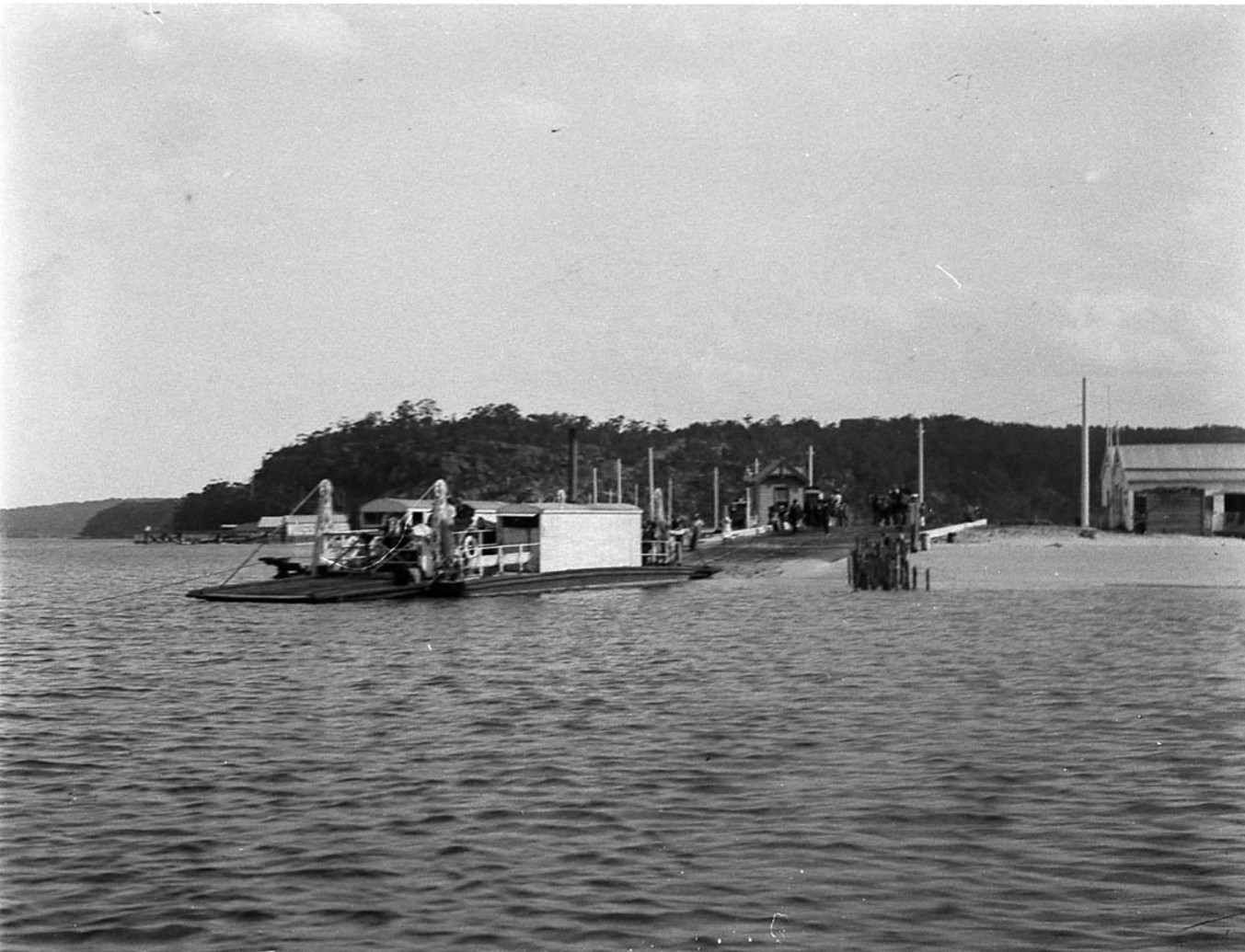

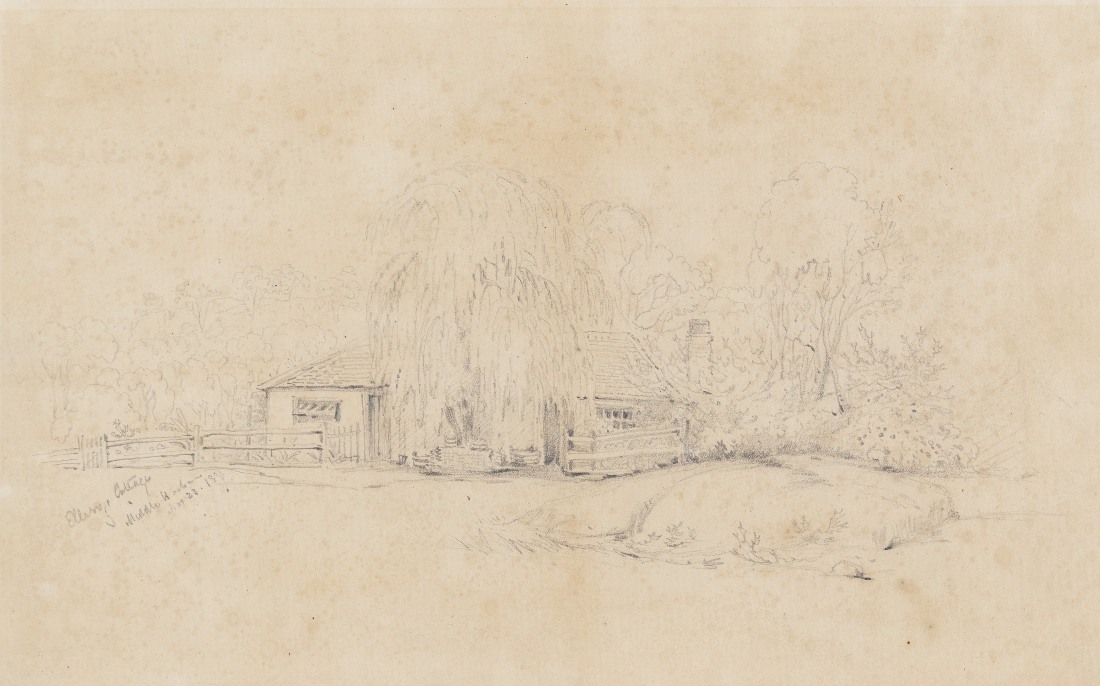
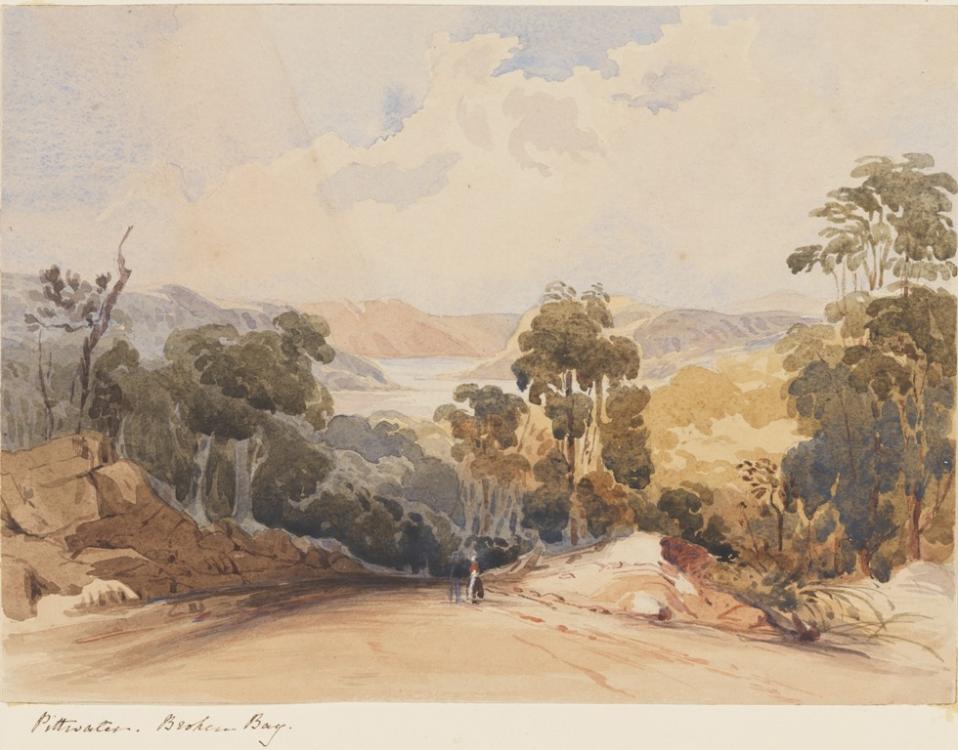

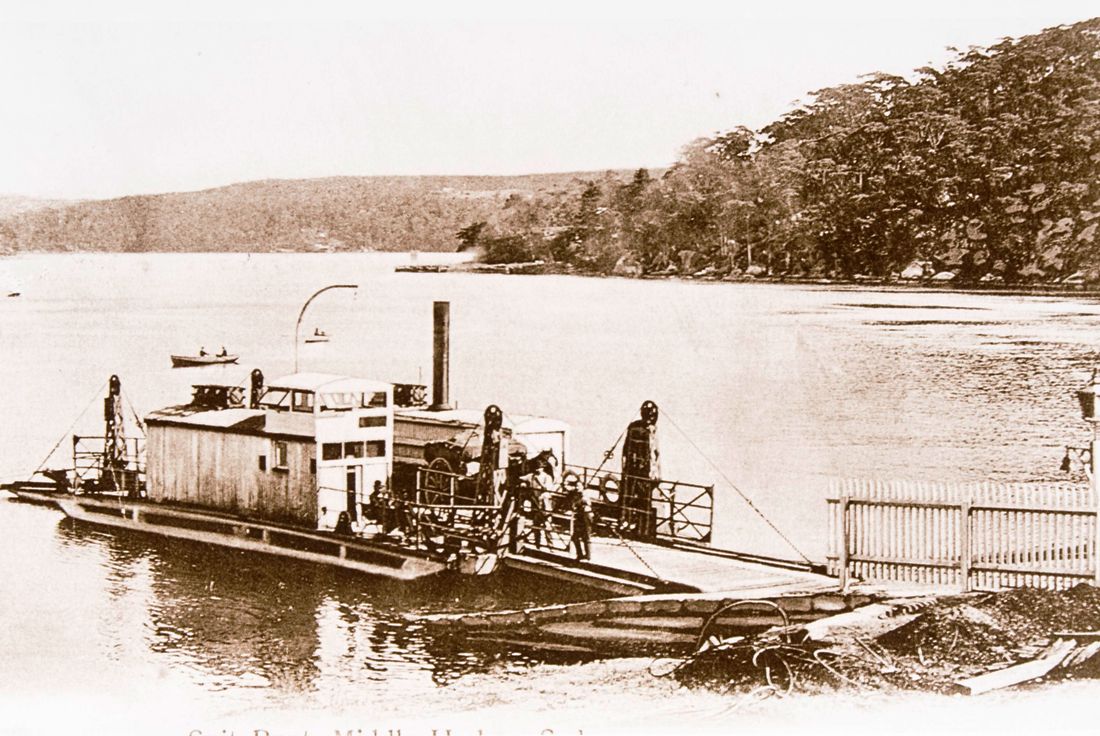
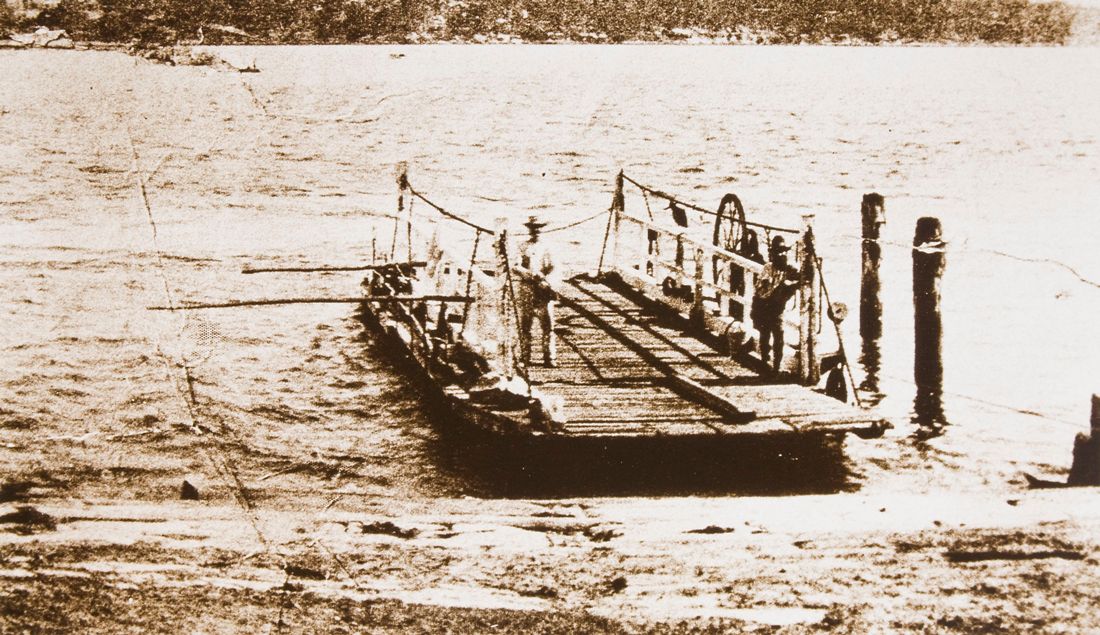
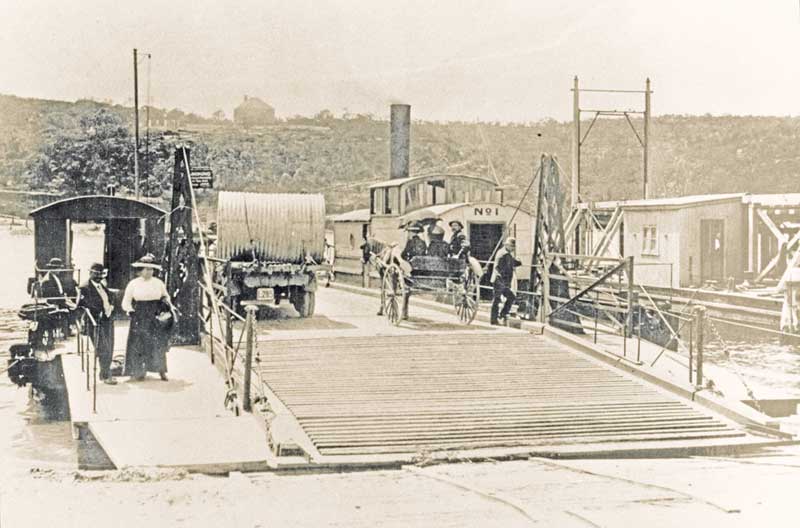
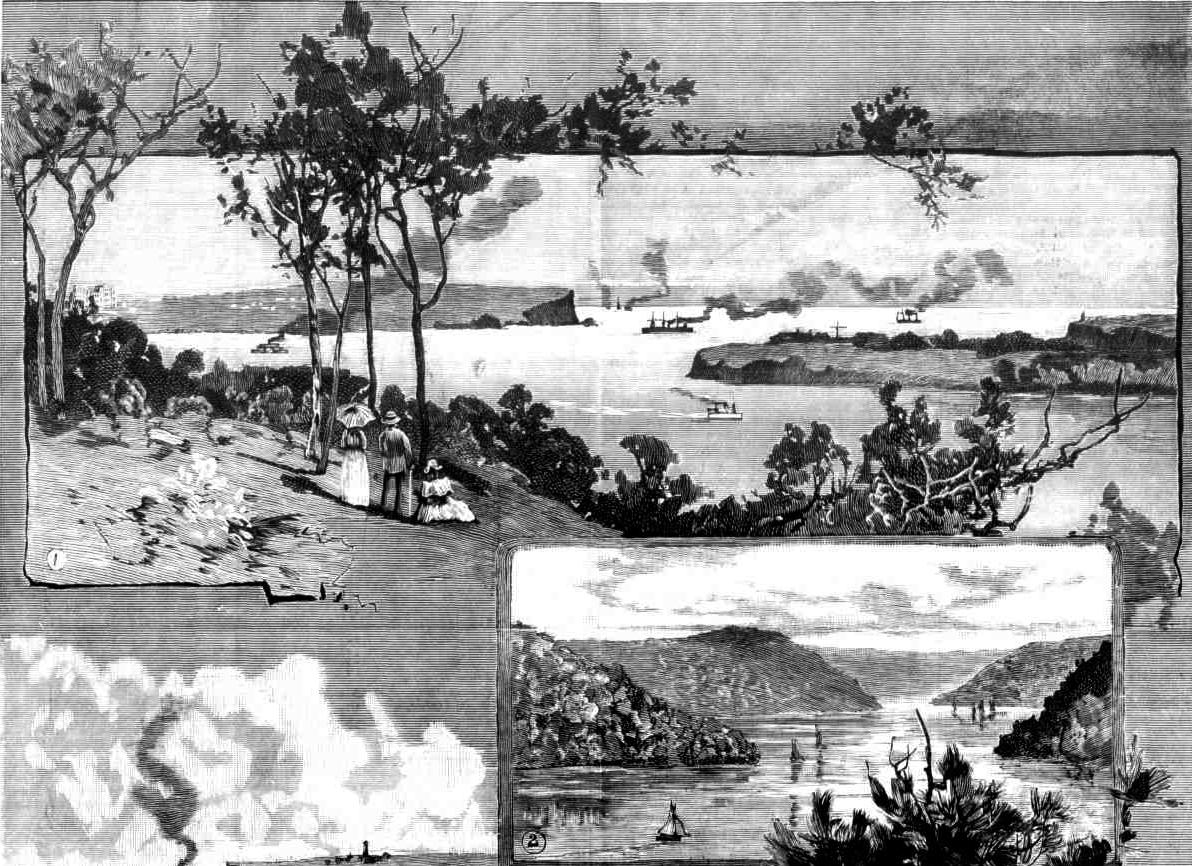
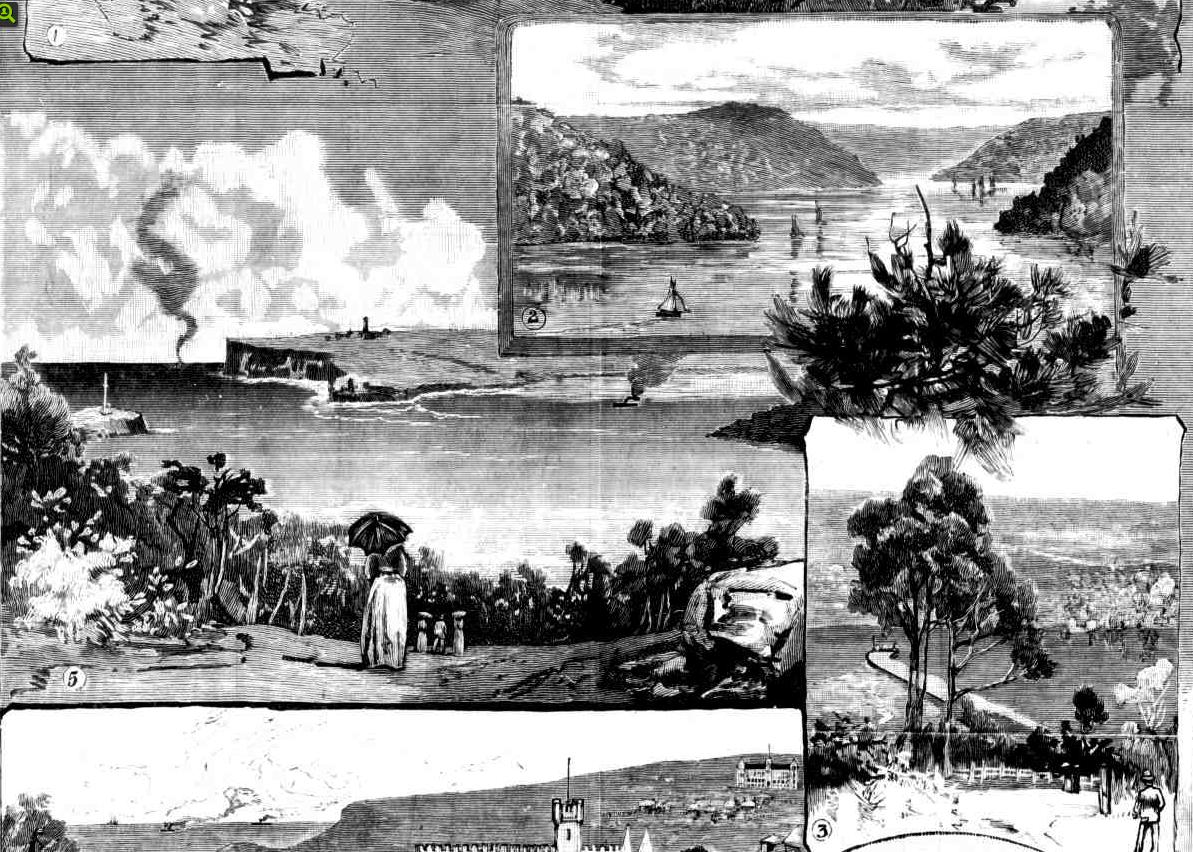
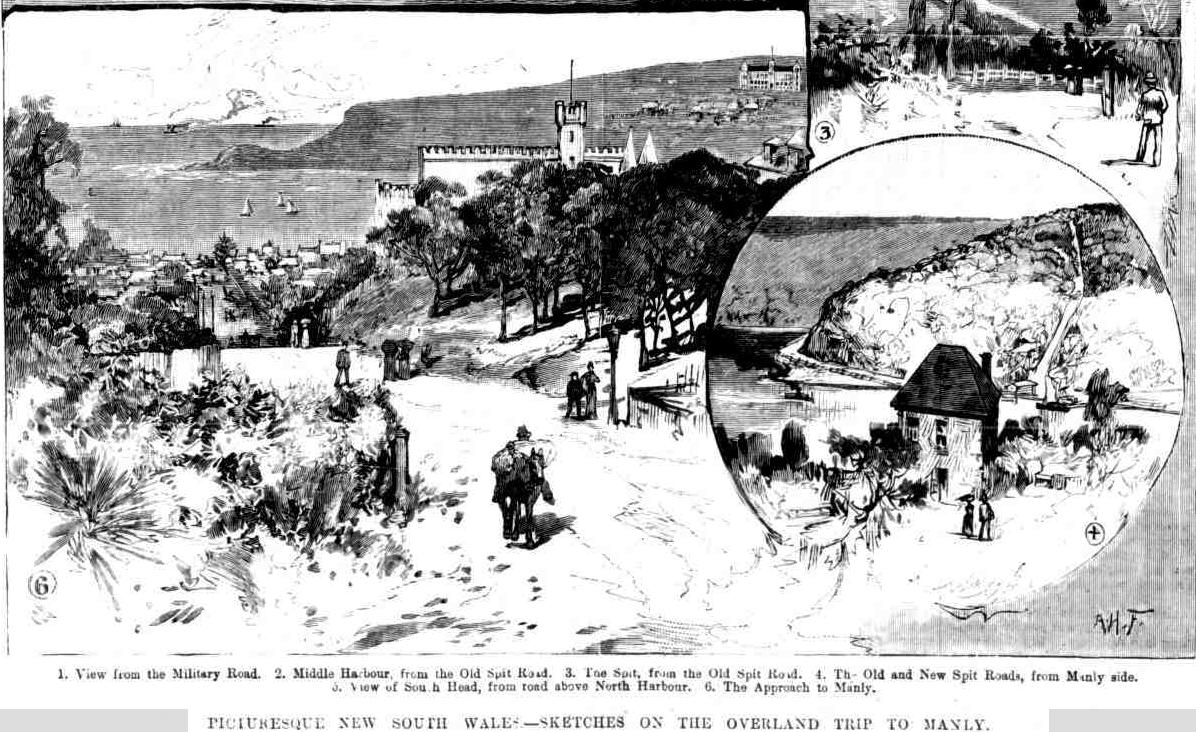
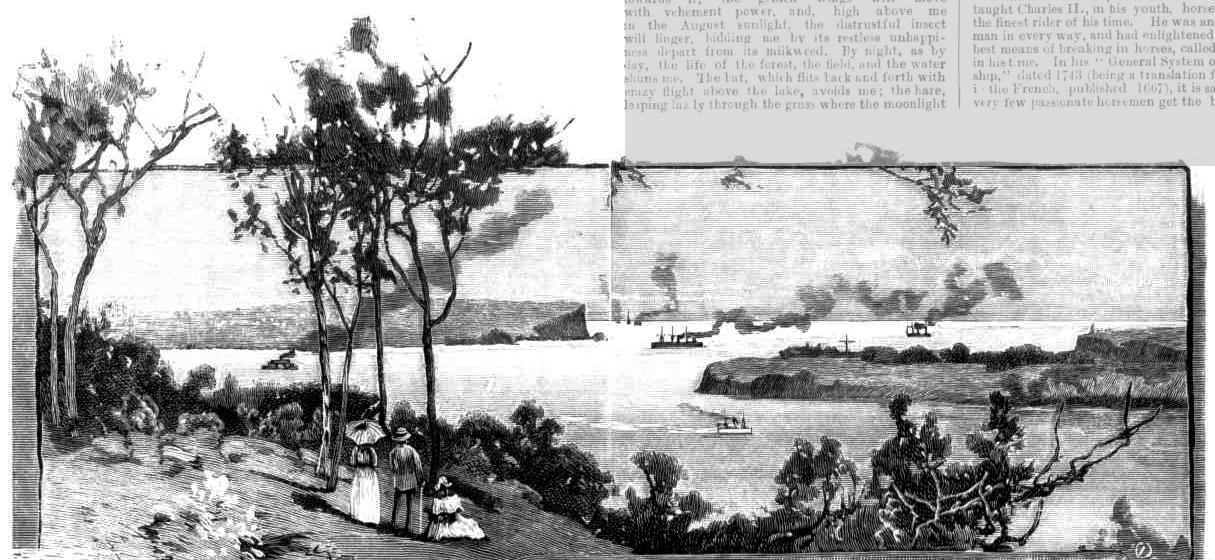
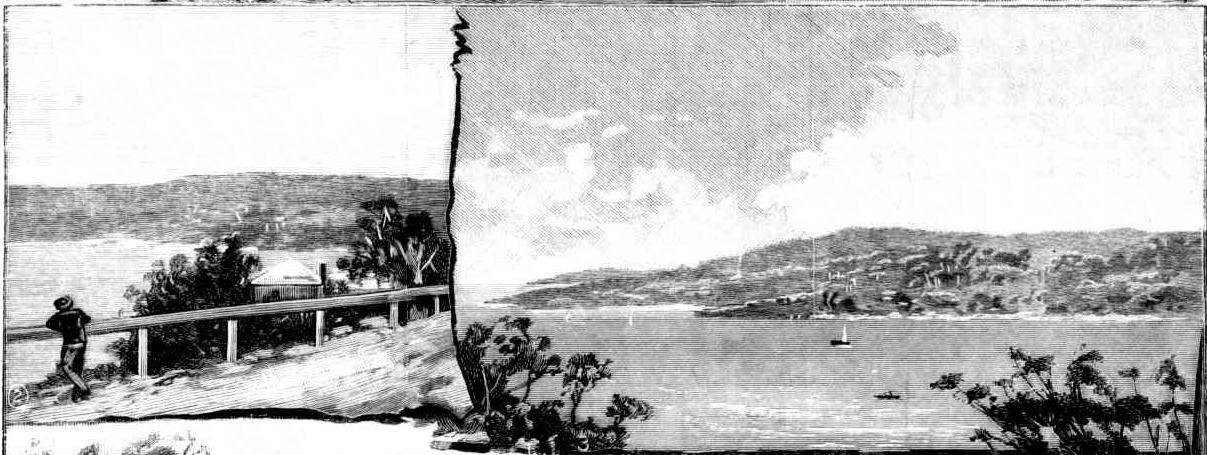




.jpg?timestamp=1532546617710)




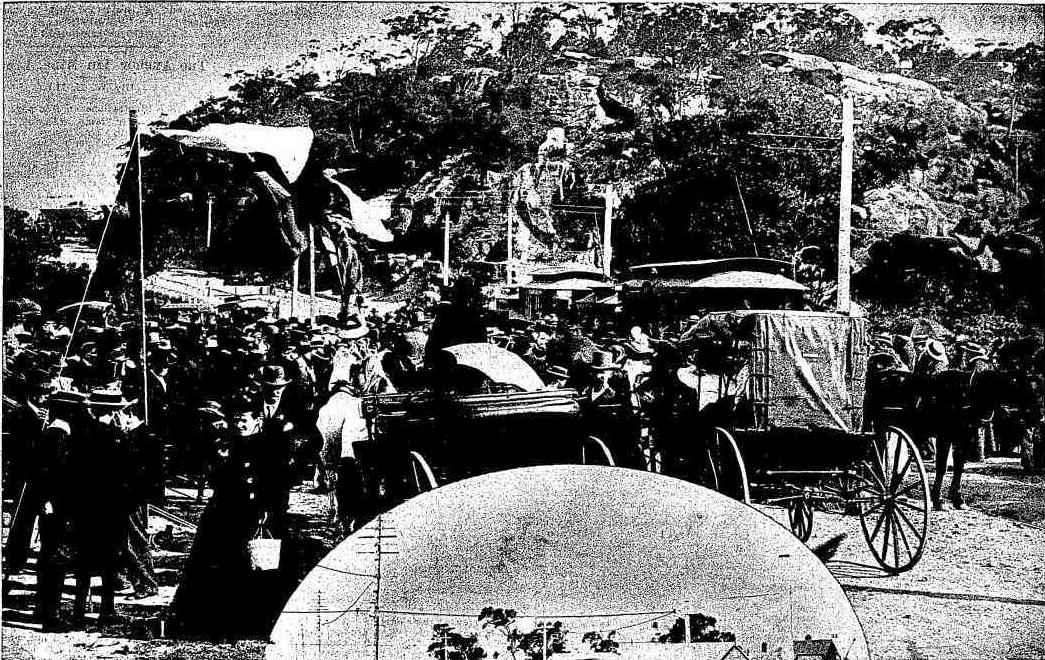
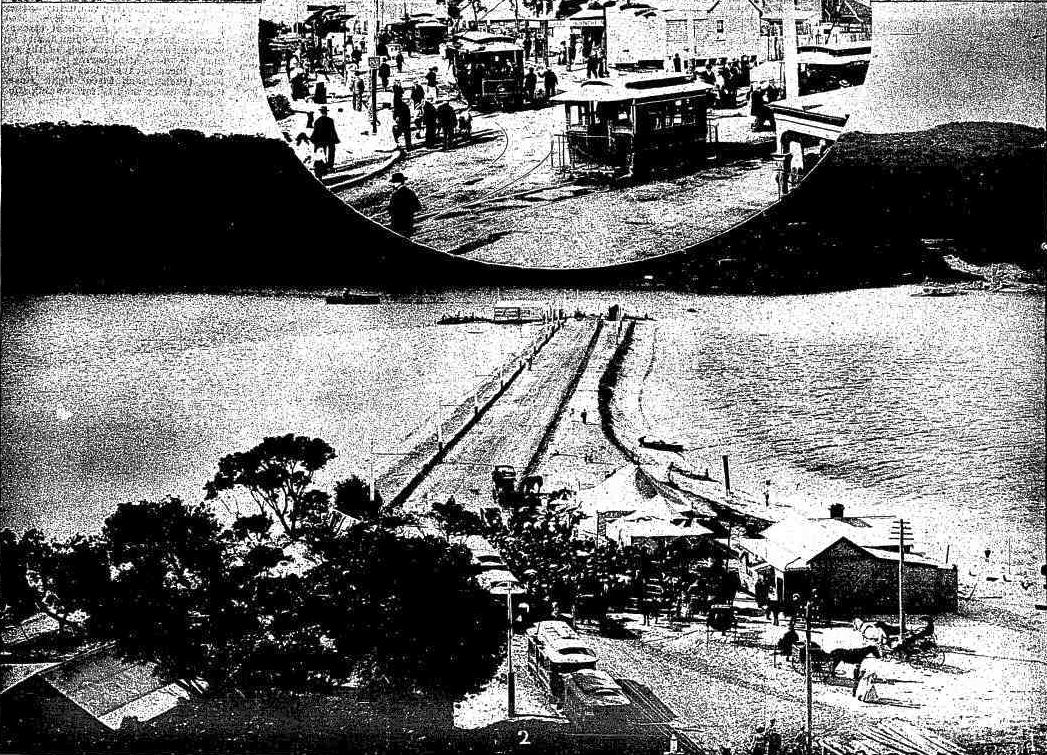
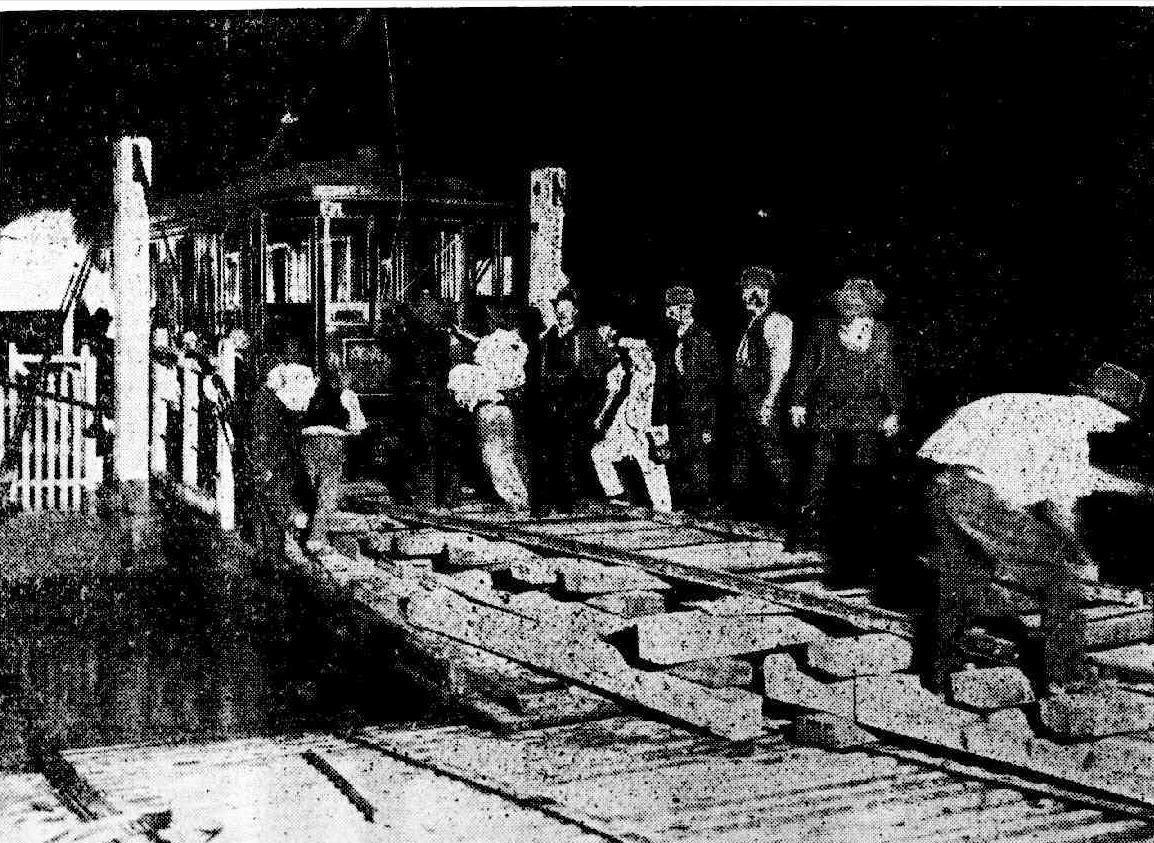



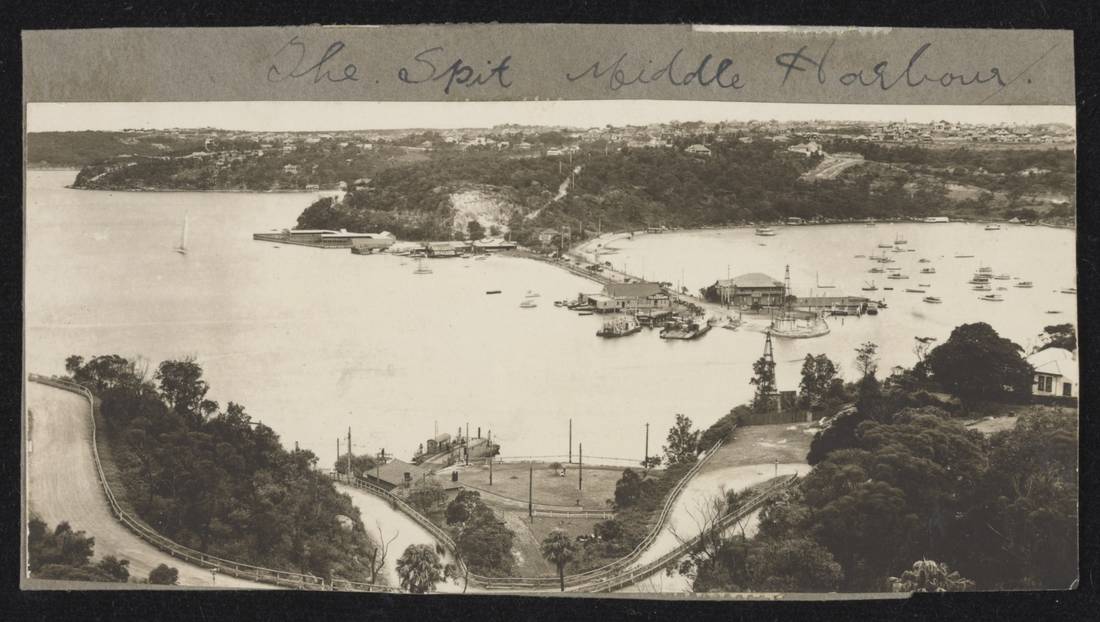

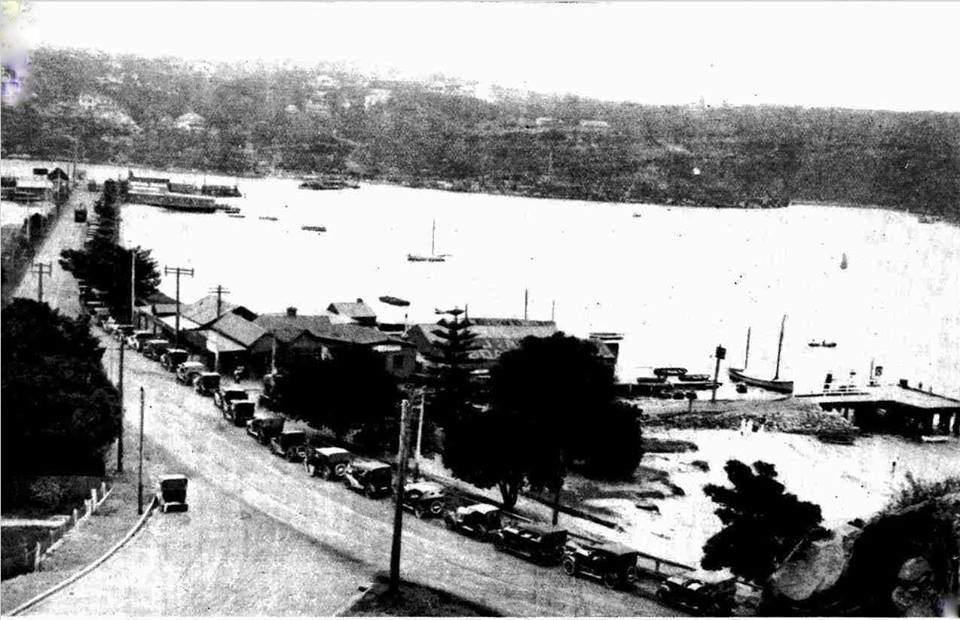
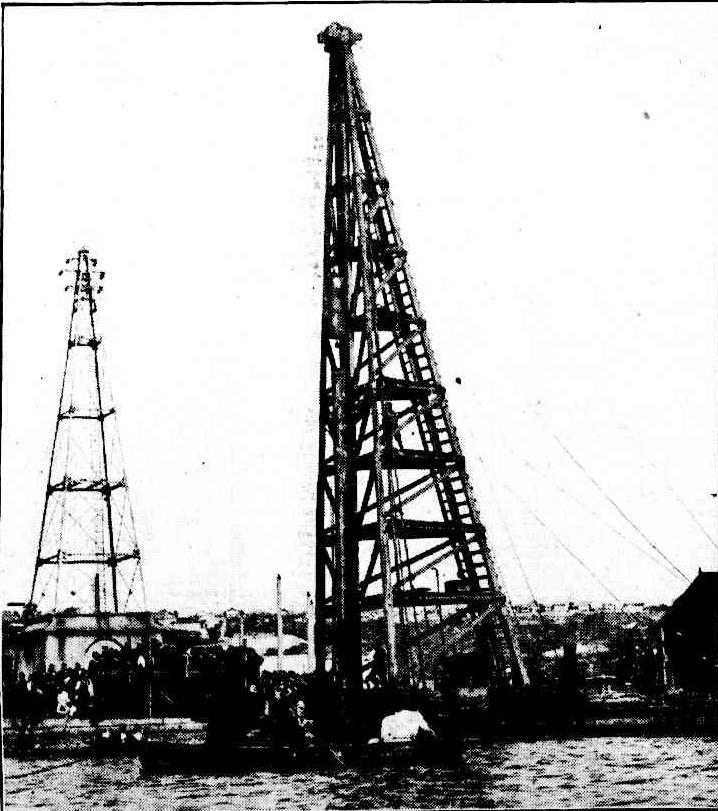
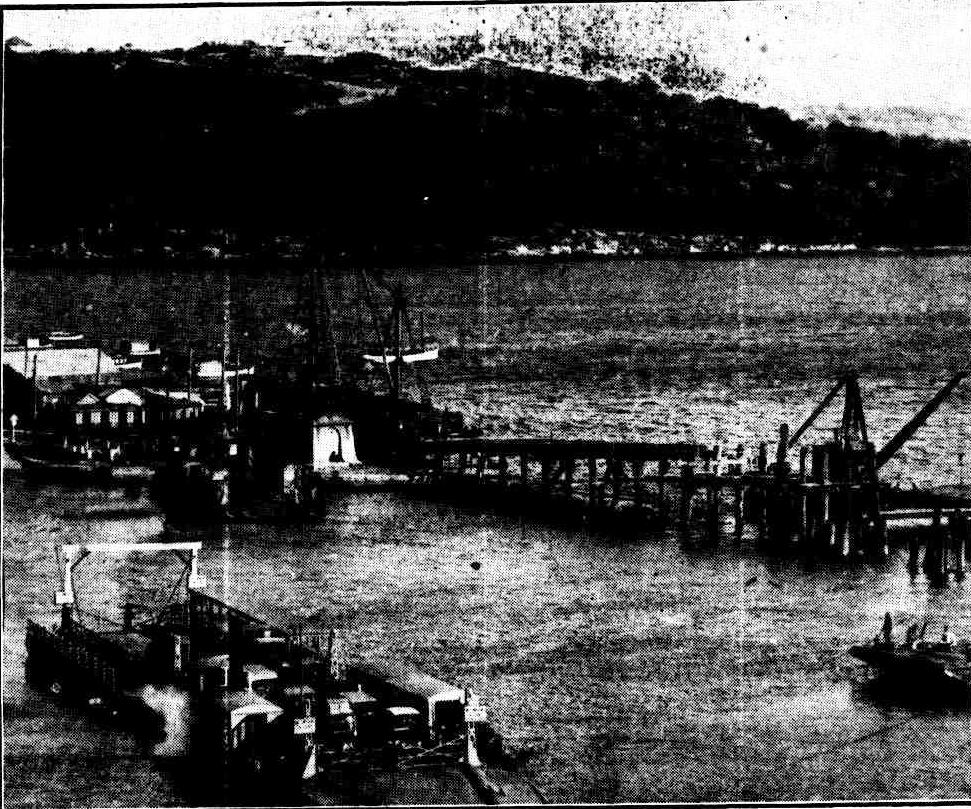
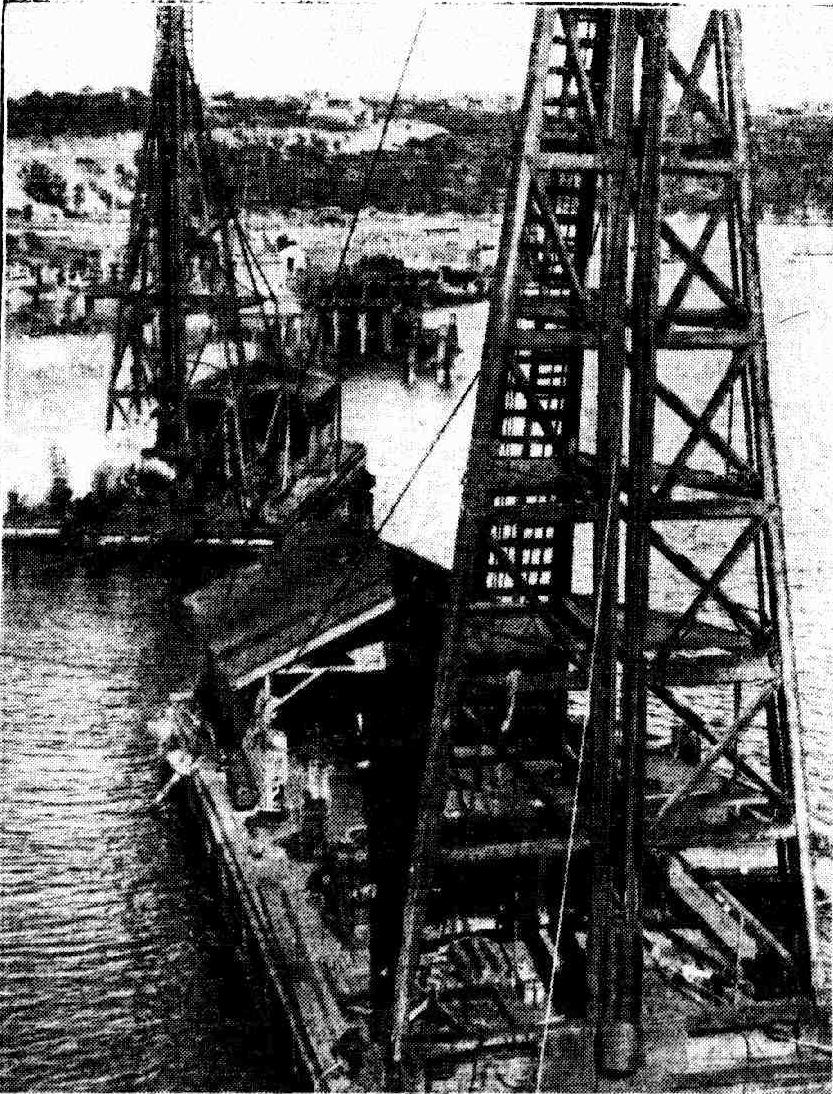
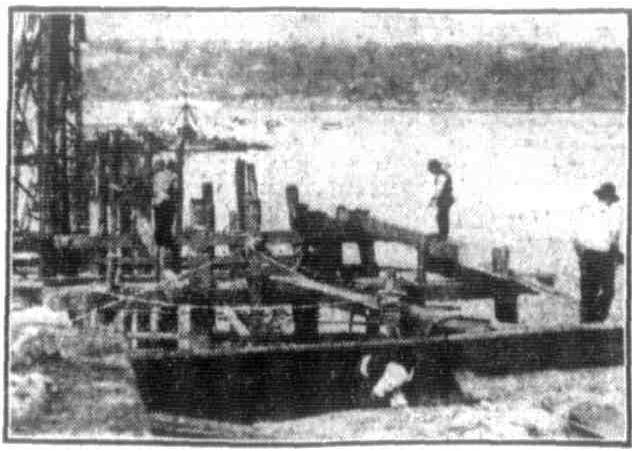
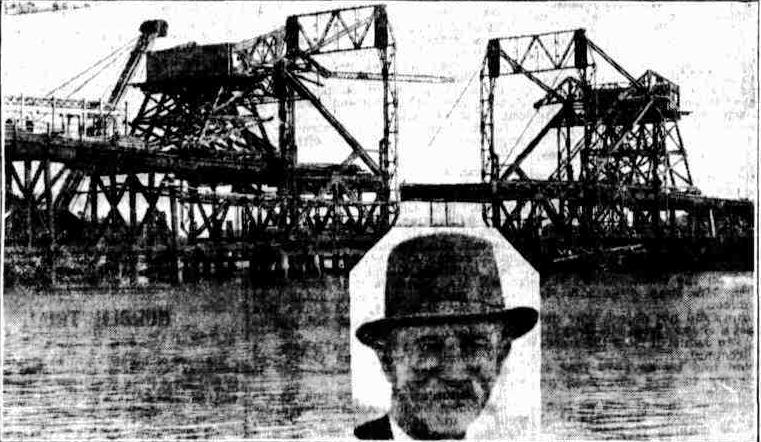
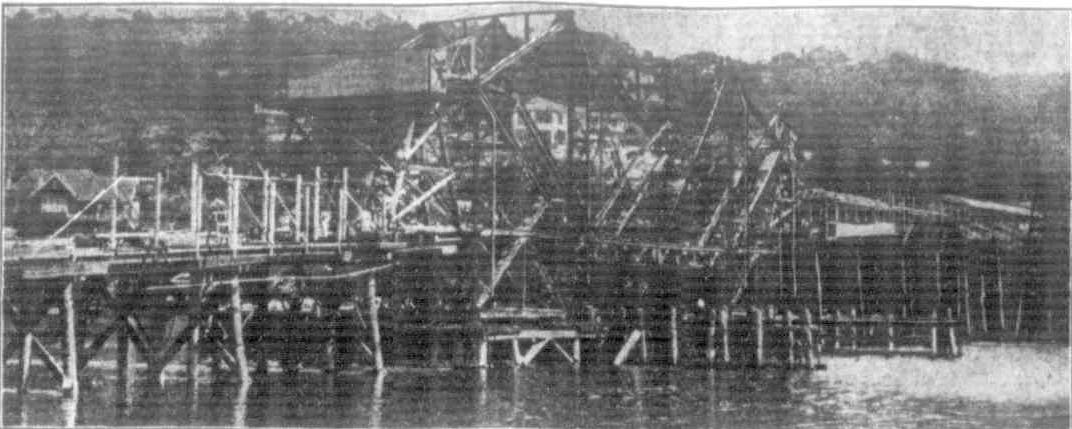
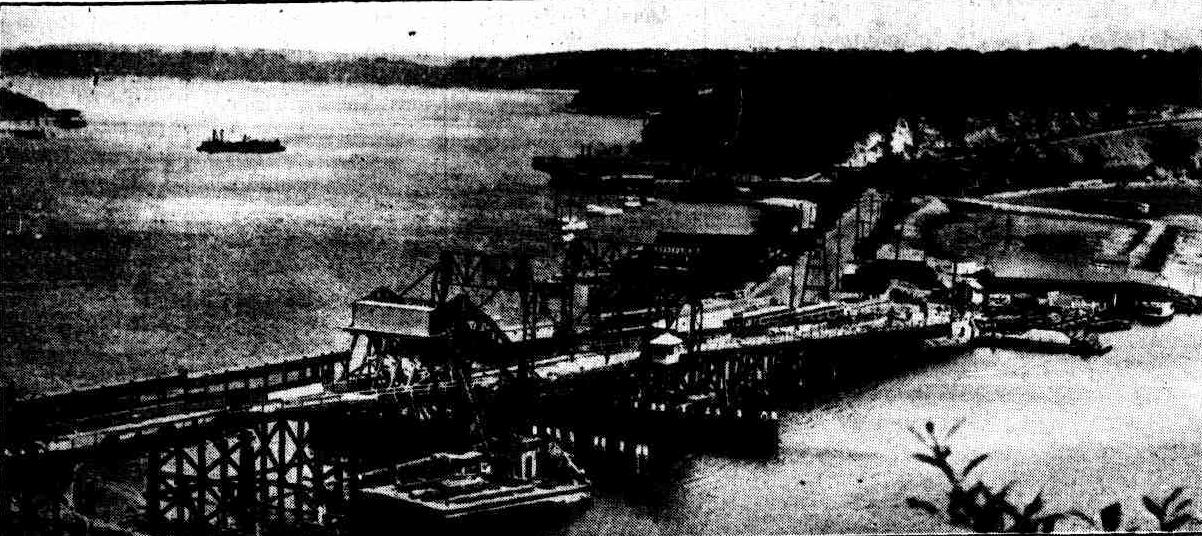
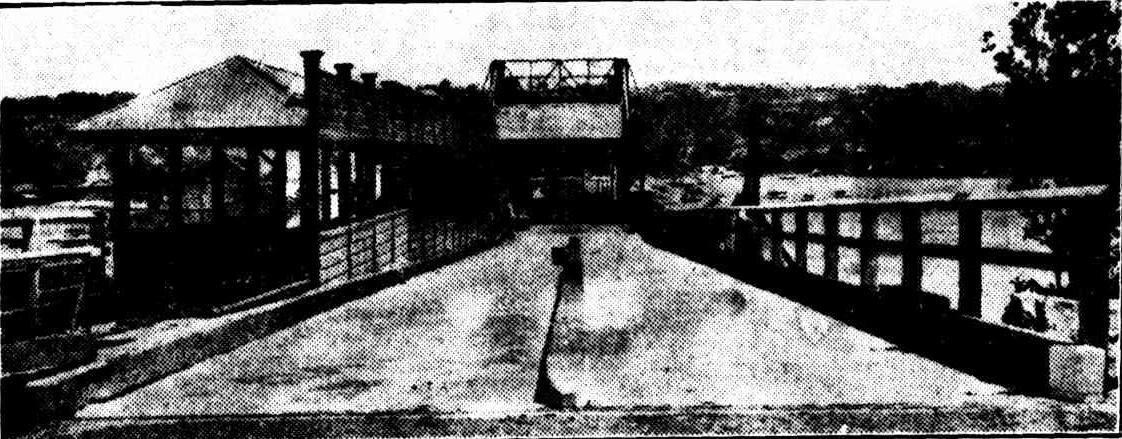
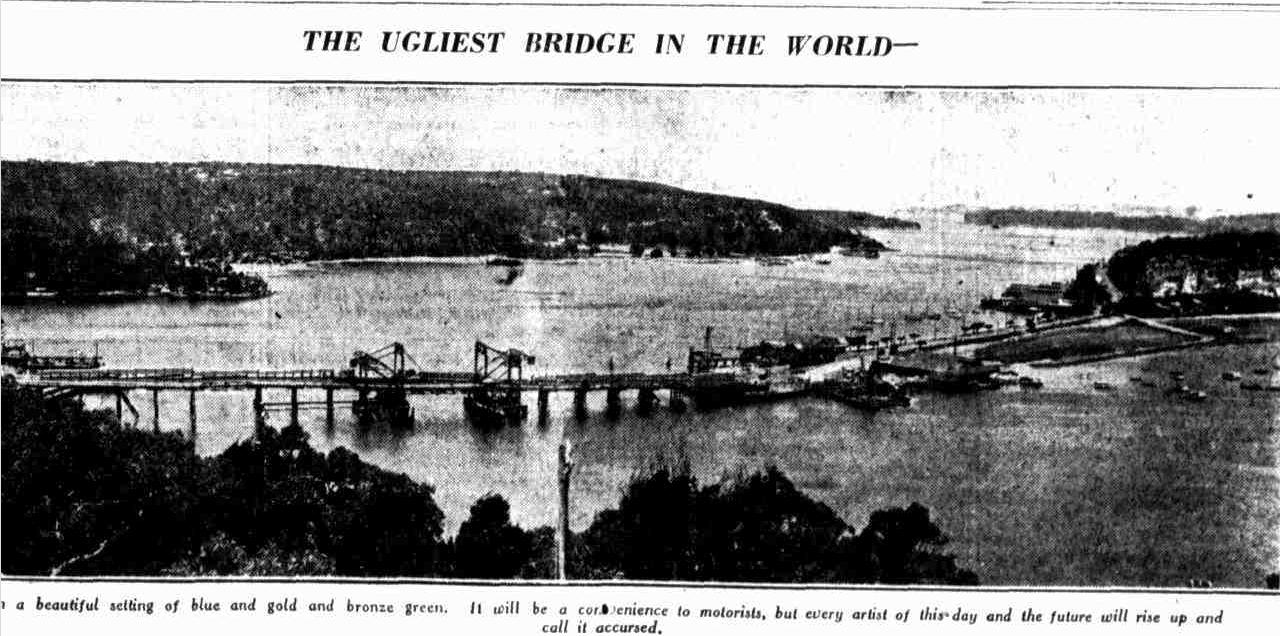
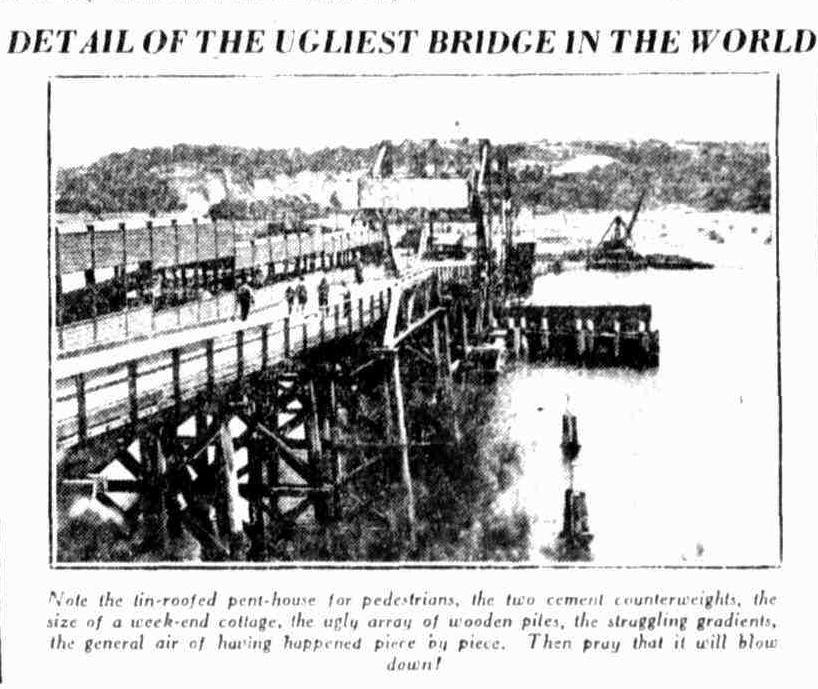
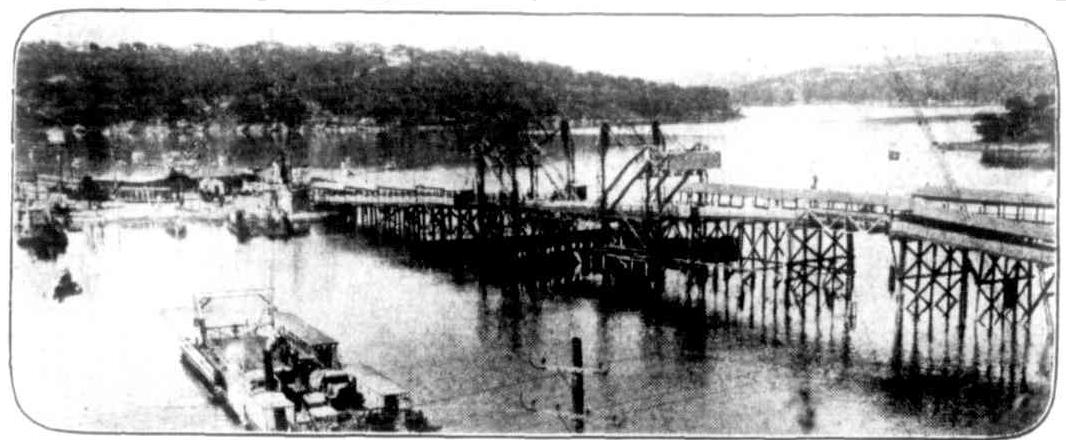
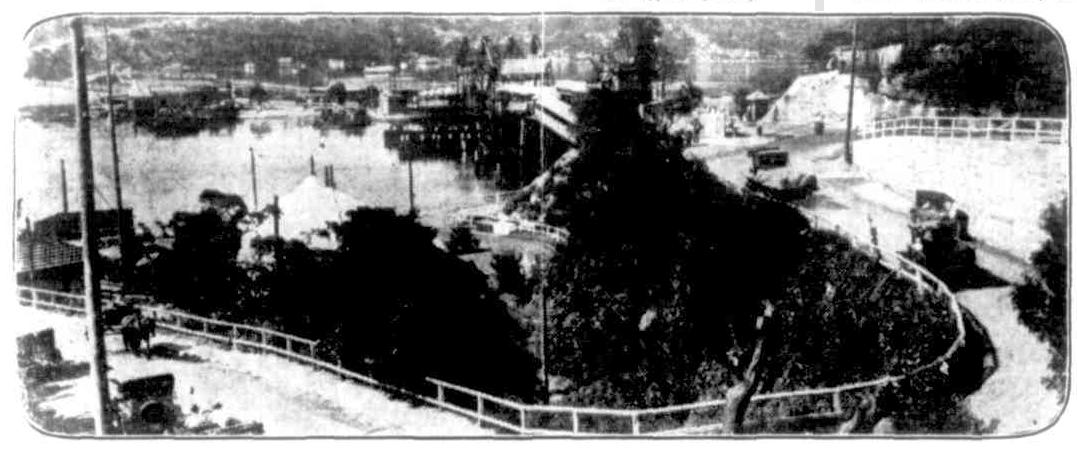
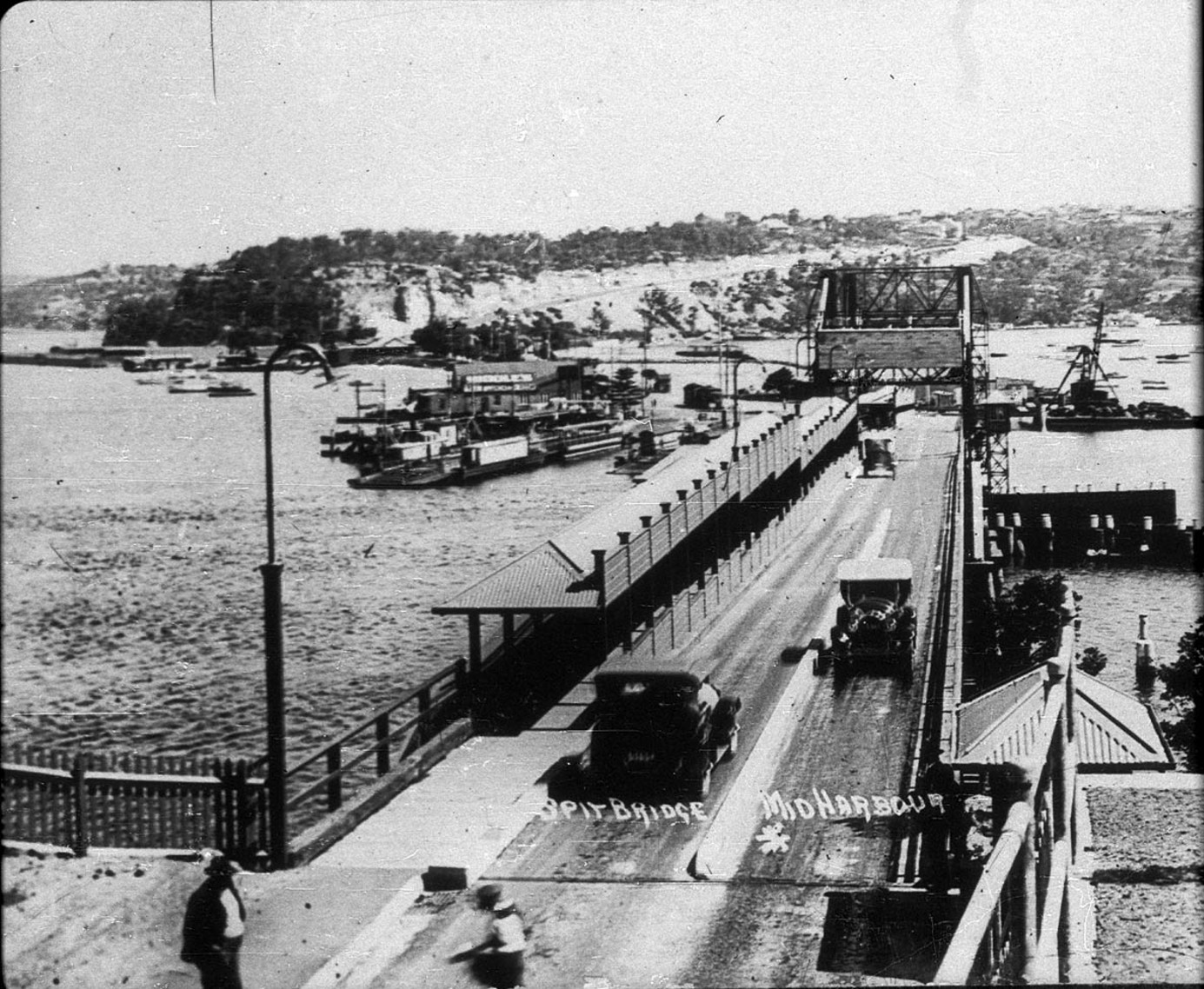


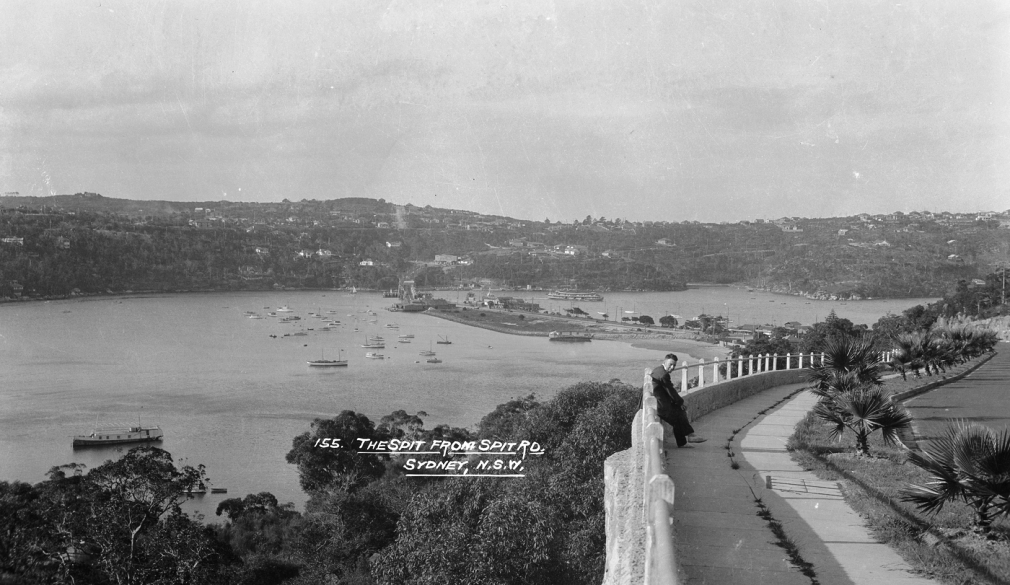
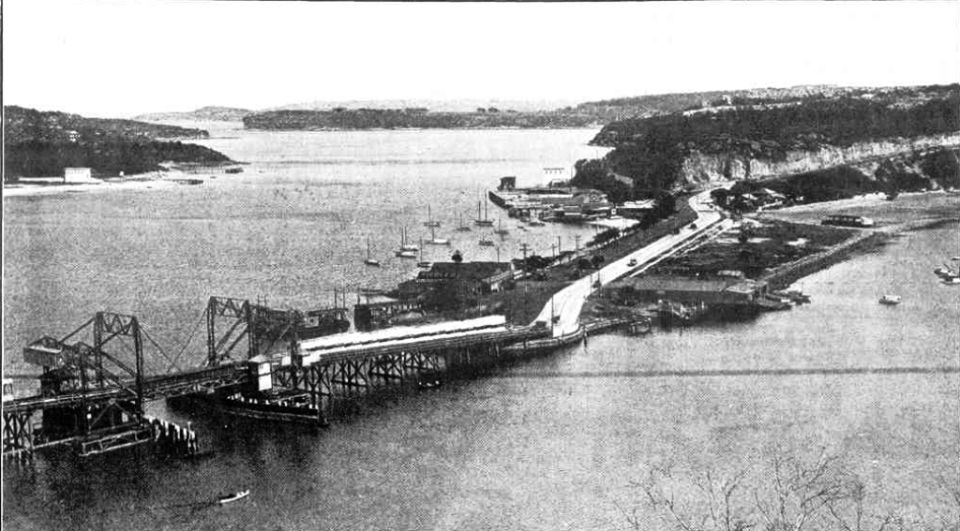
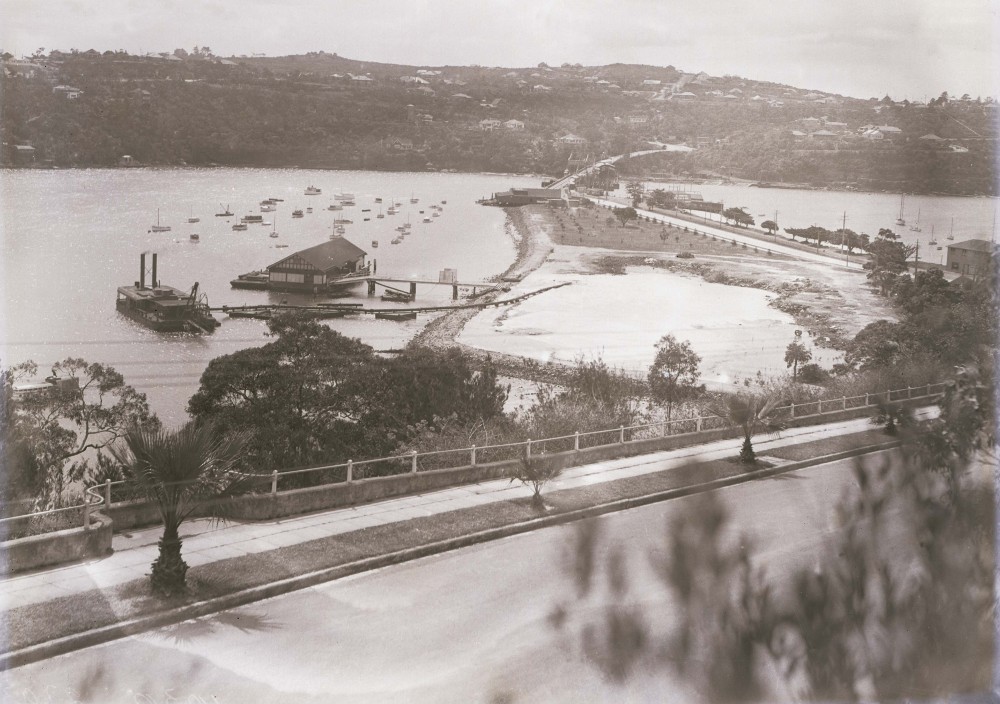

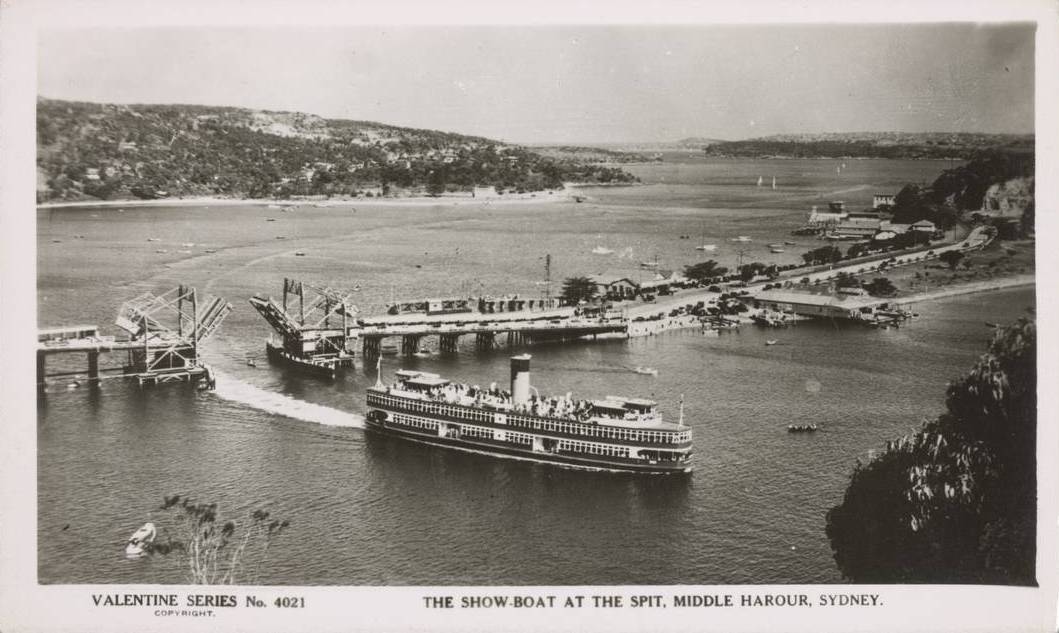

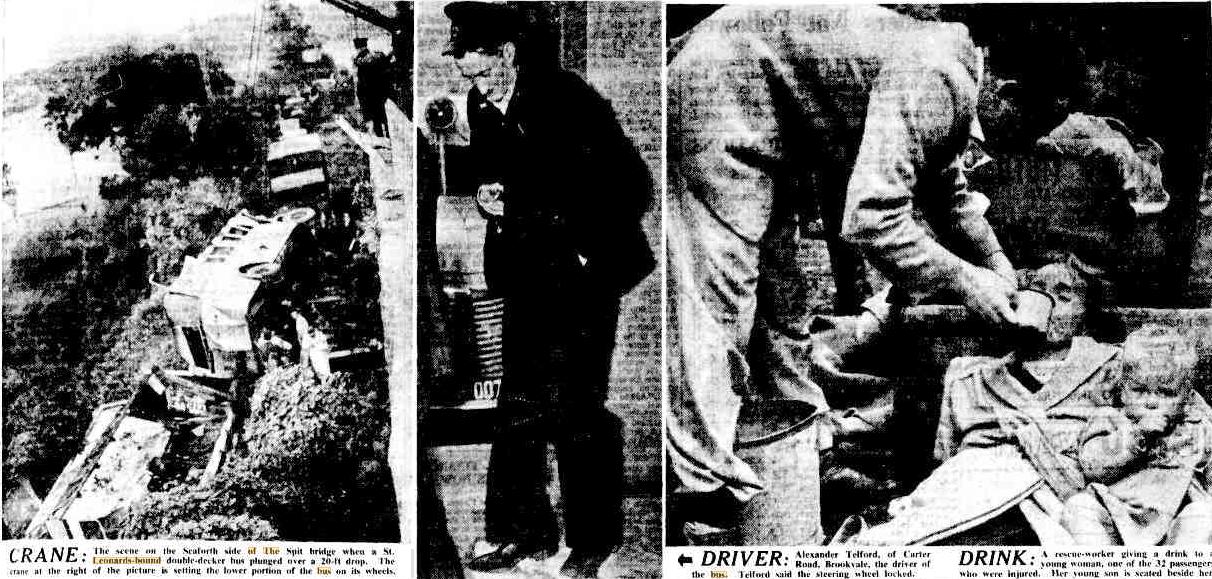

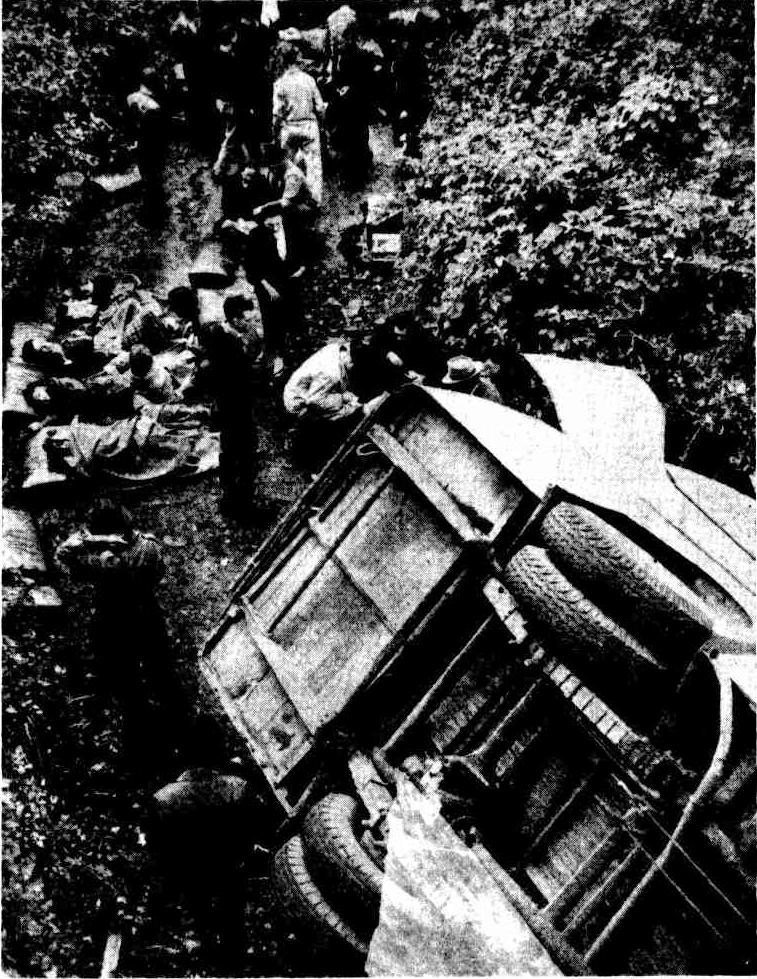
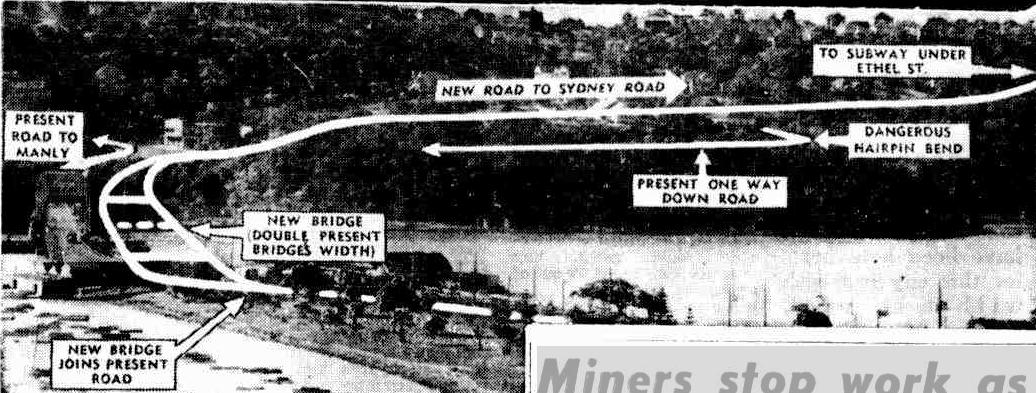
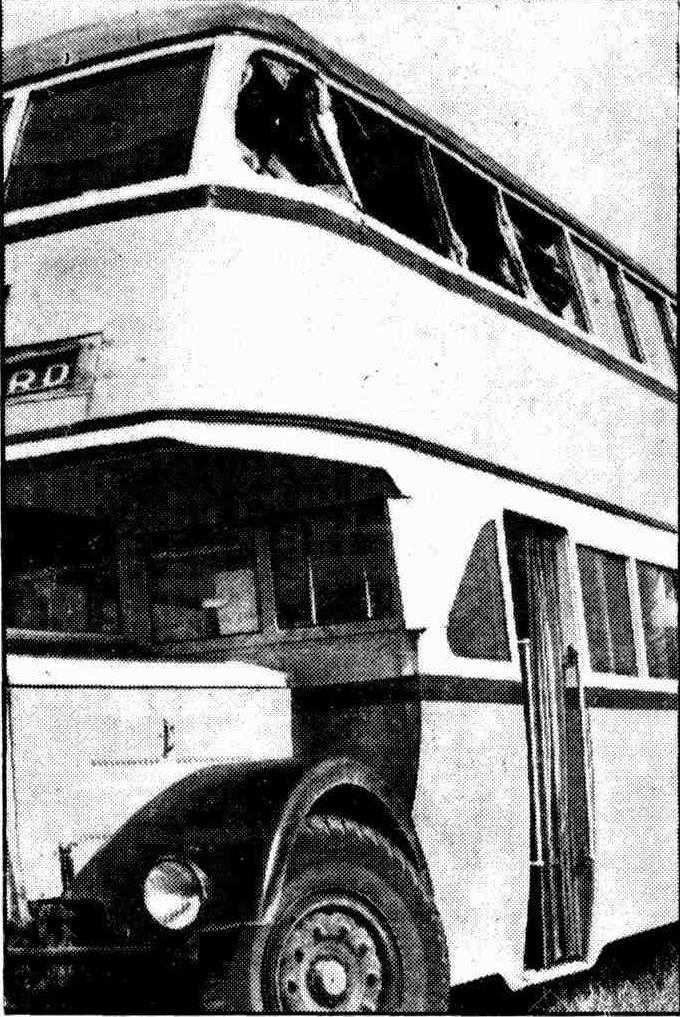
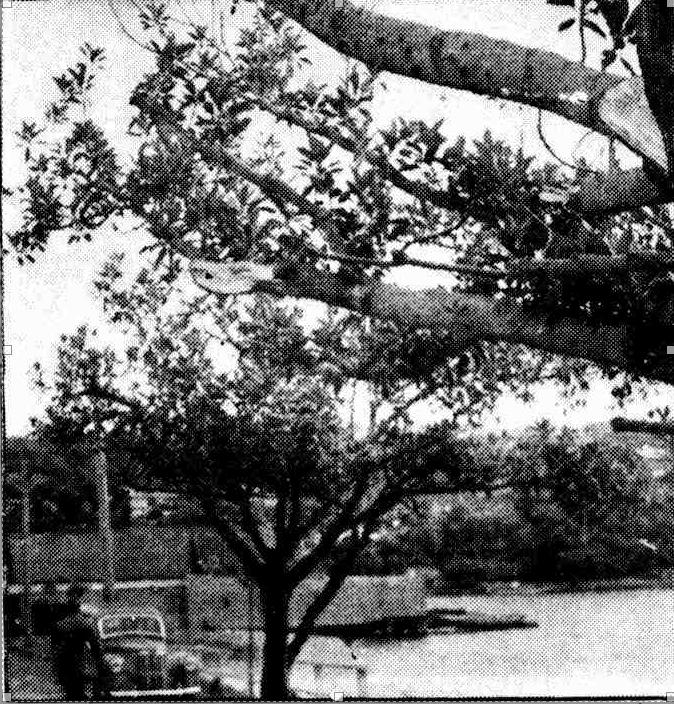
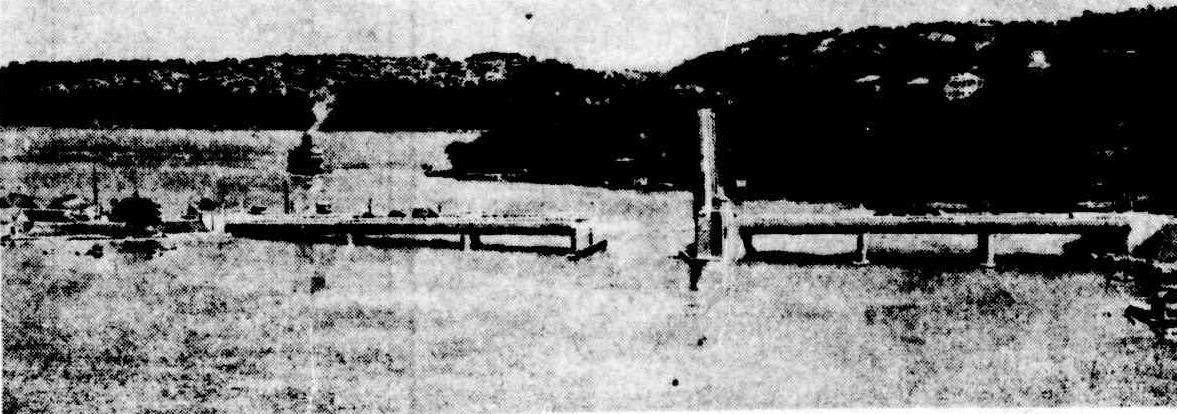

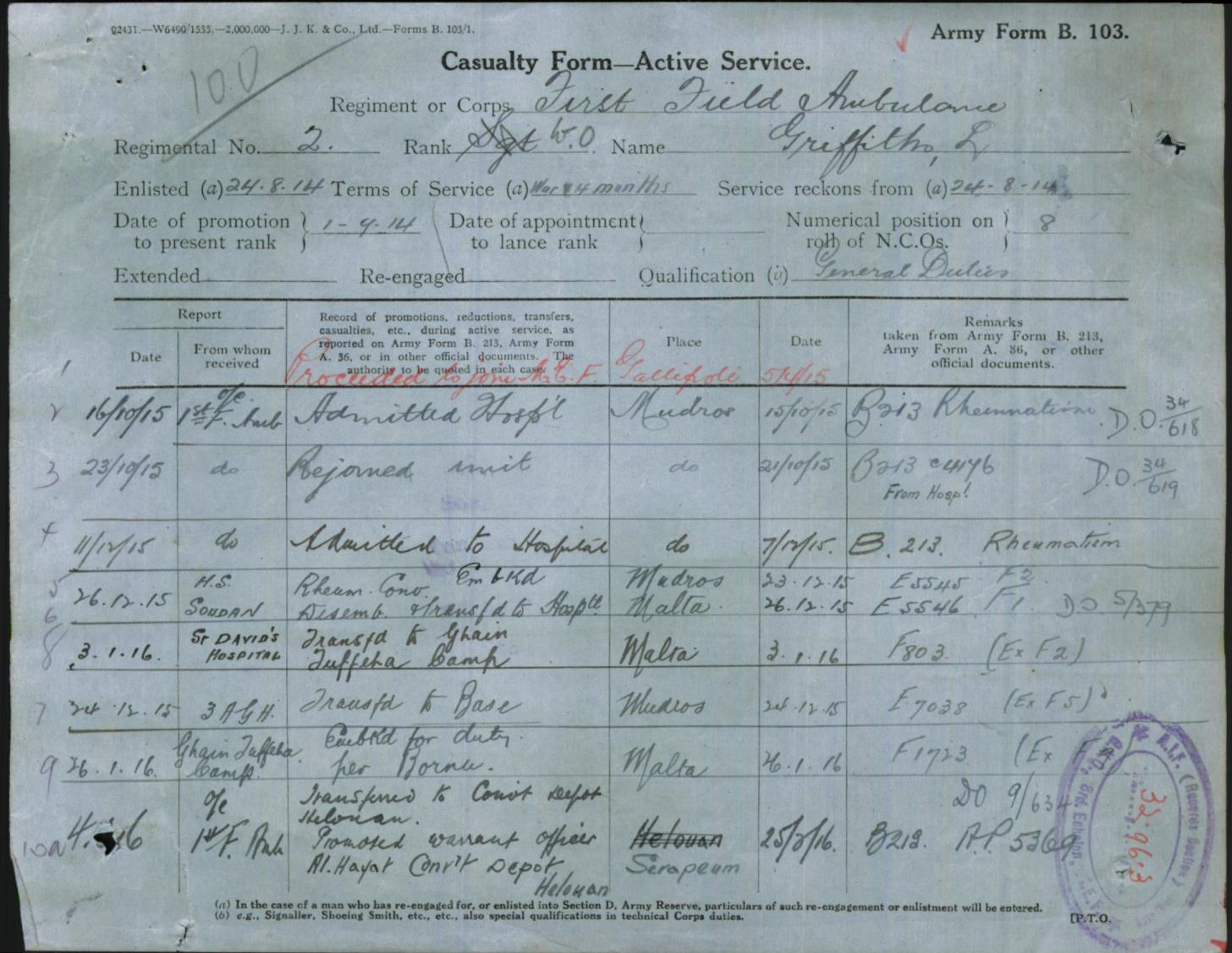
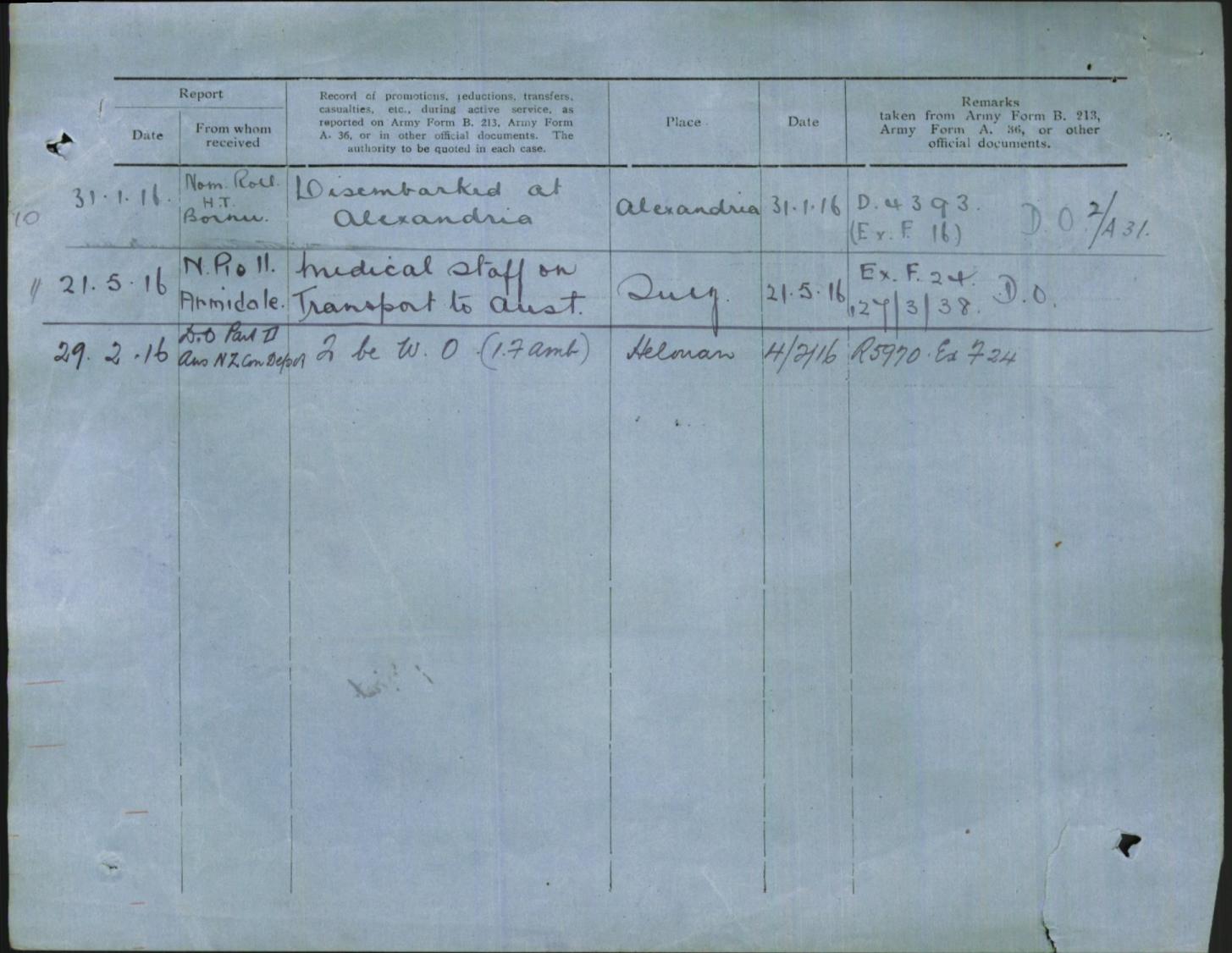
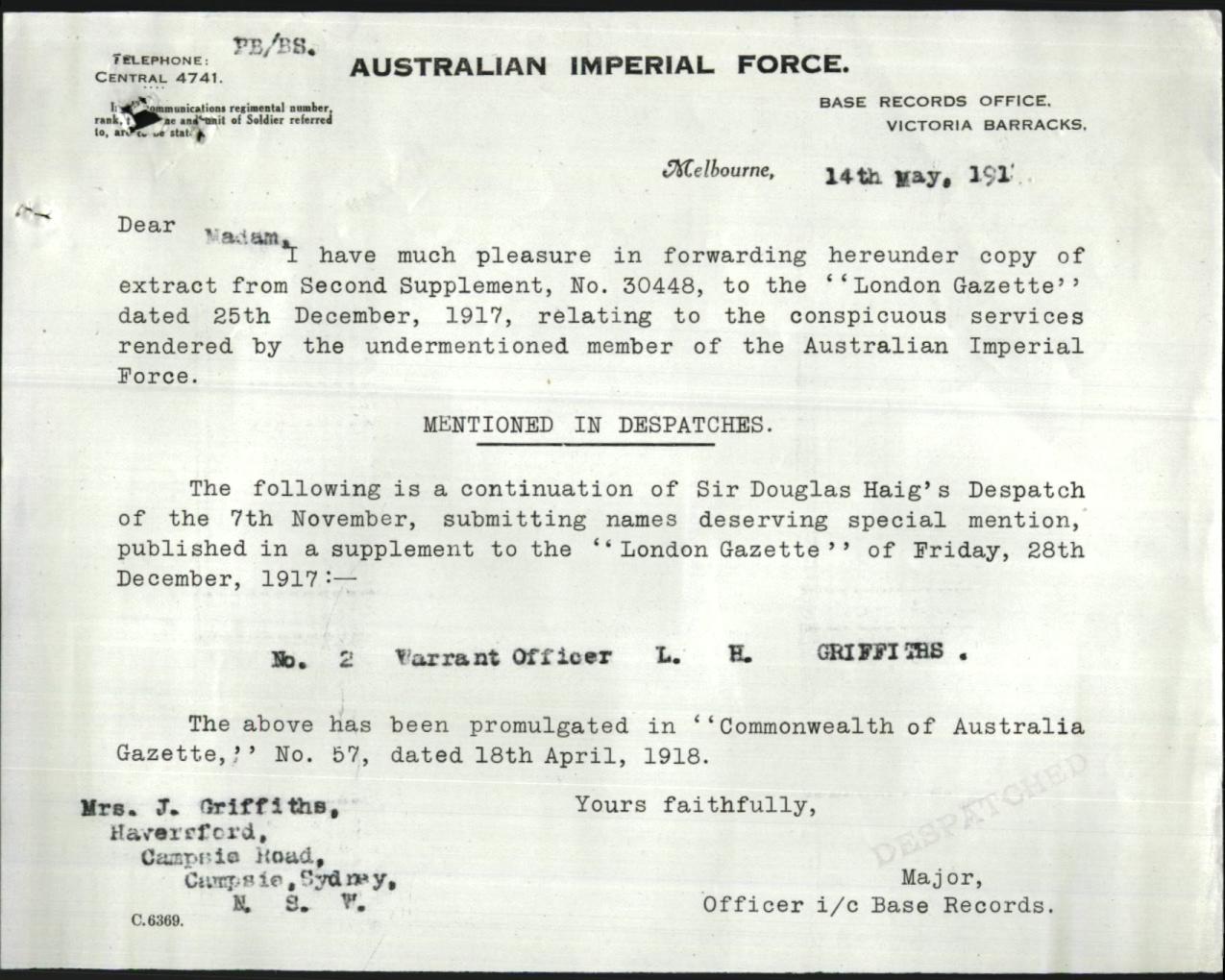
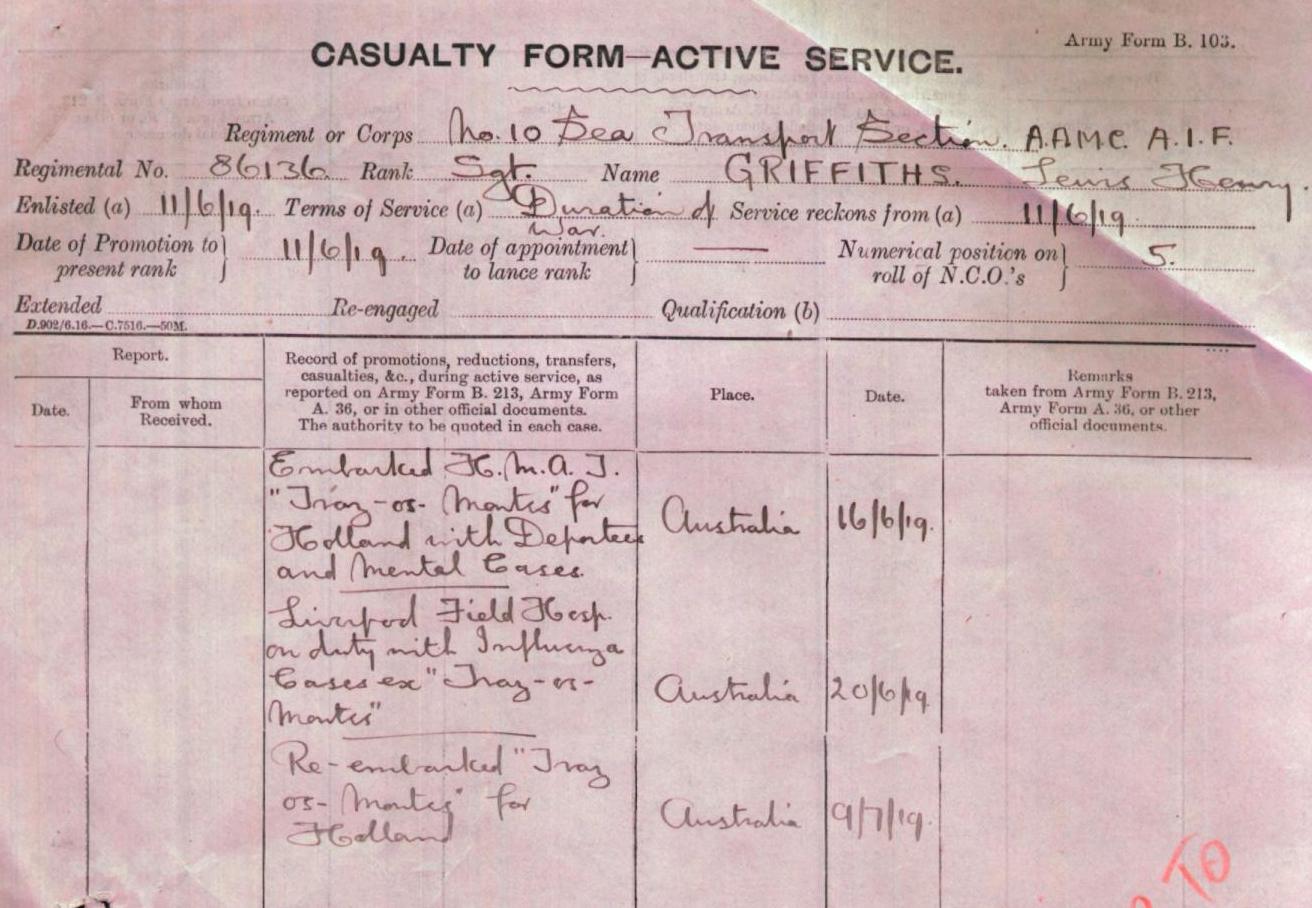
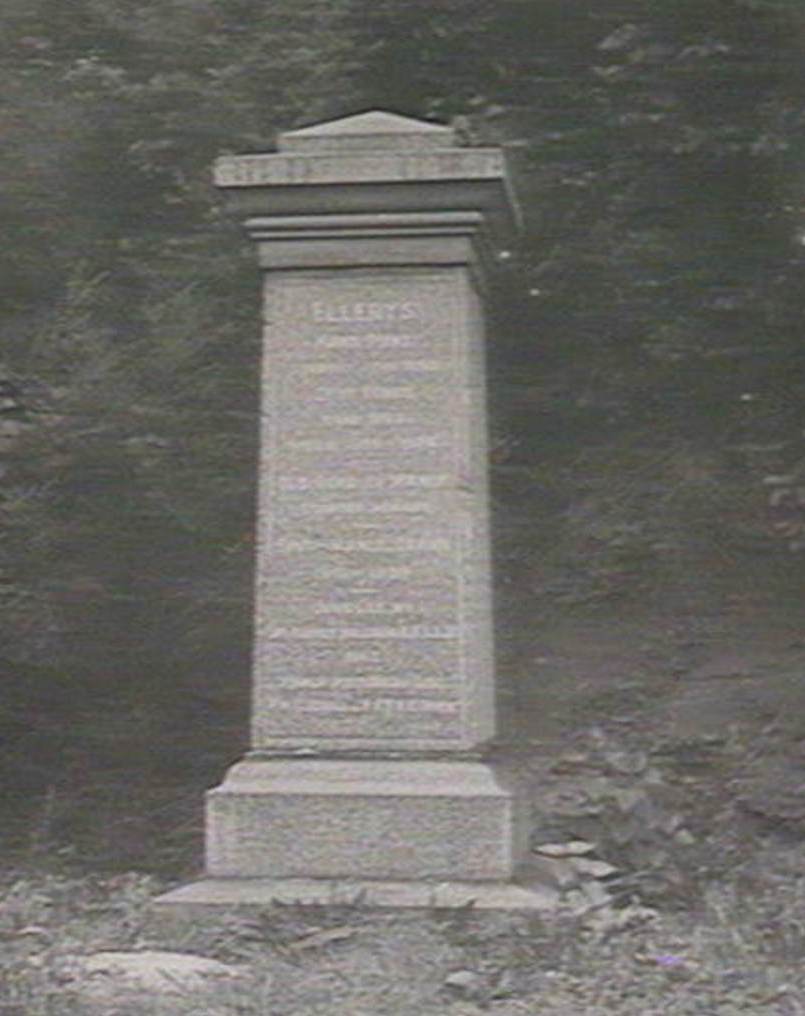
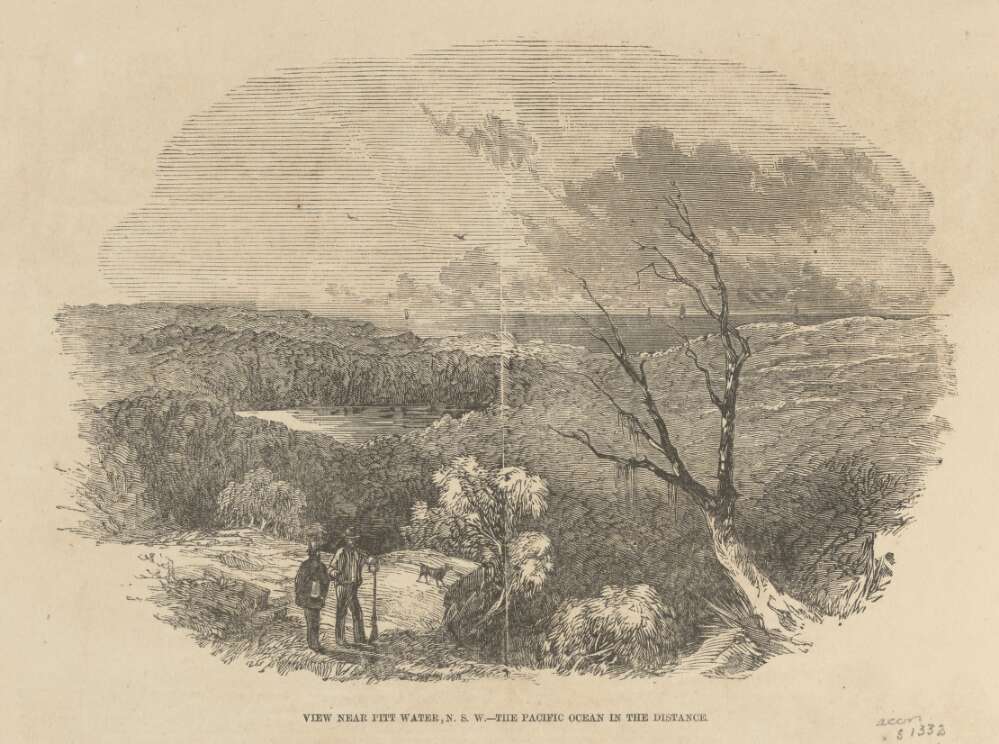
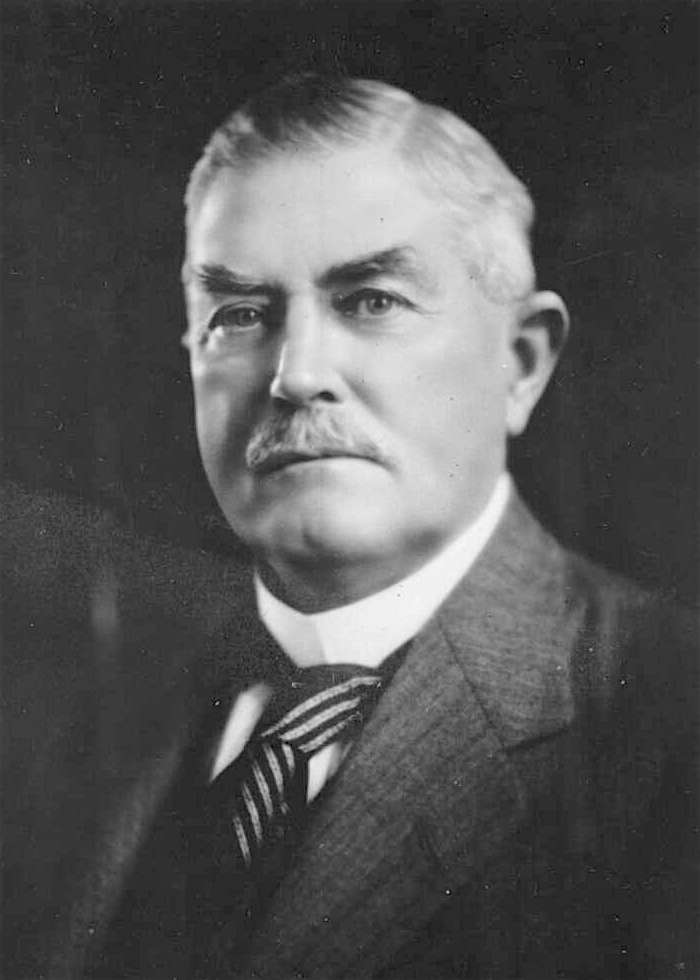
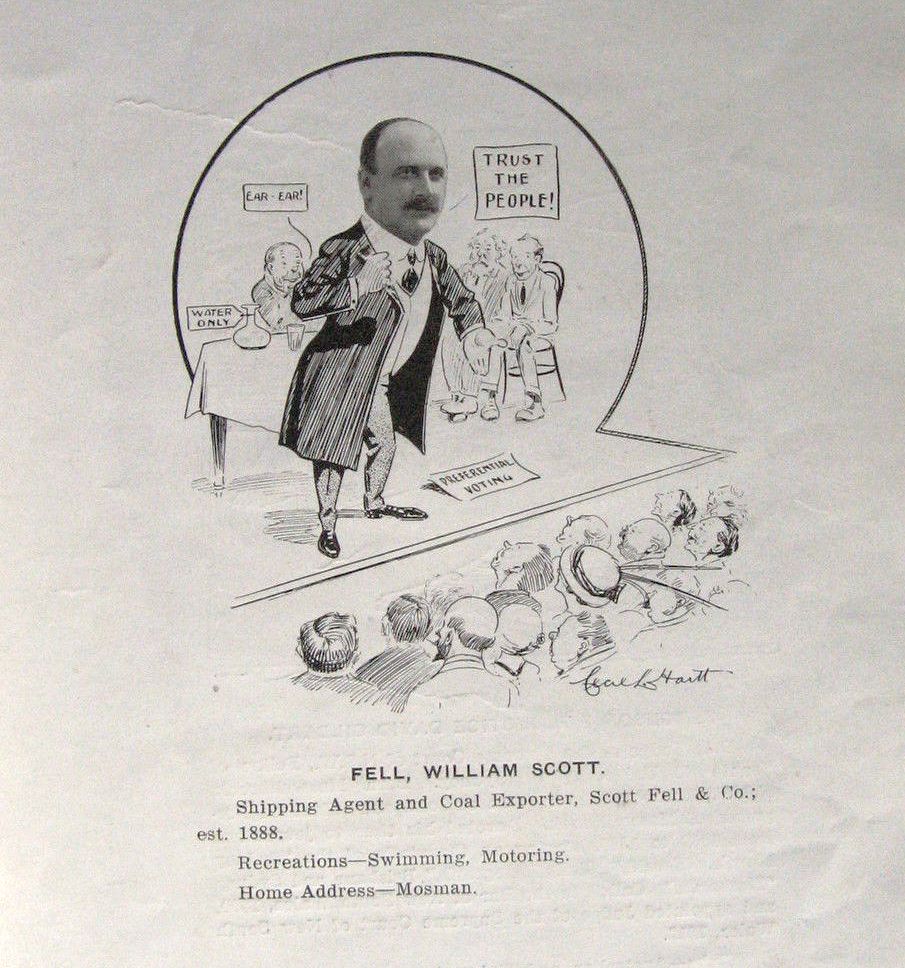
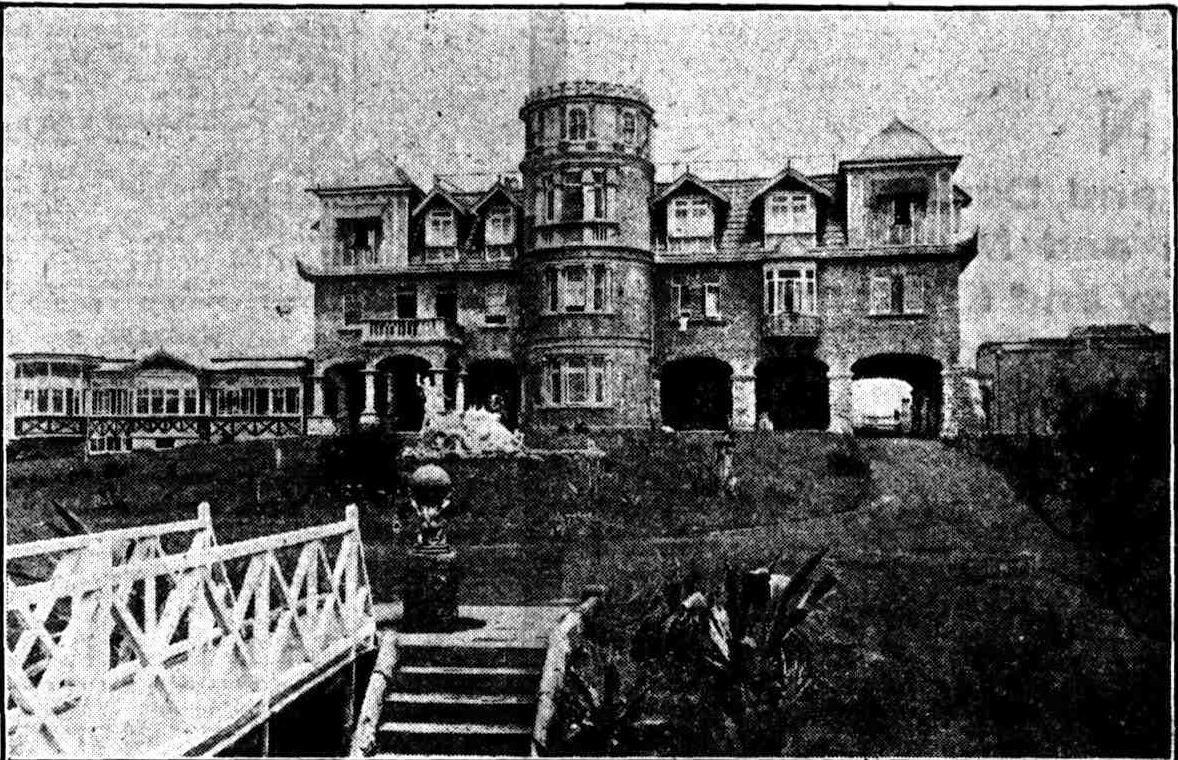

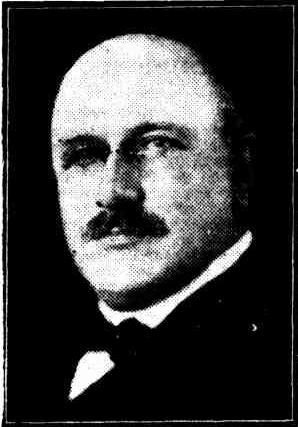 Following an illness of several weeks, Mr. William Scott Fell, a leading shipowner and general merchant, and a former Independent Nationalist member of the Legislative Assembly, died at his residence in Macquarie-street last night.
Following an illness of several weeks, Mr. William Scott Fell, a leading shipowner and general merchant, and a former Independent Nationalist member of the Legislative Assembly, died at his residence in Macquarie-street last night.